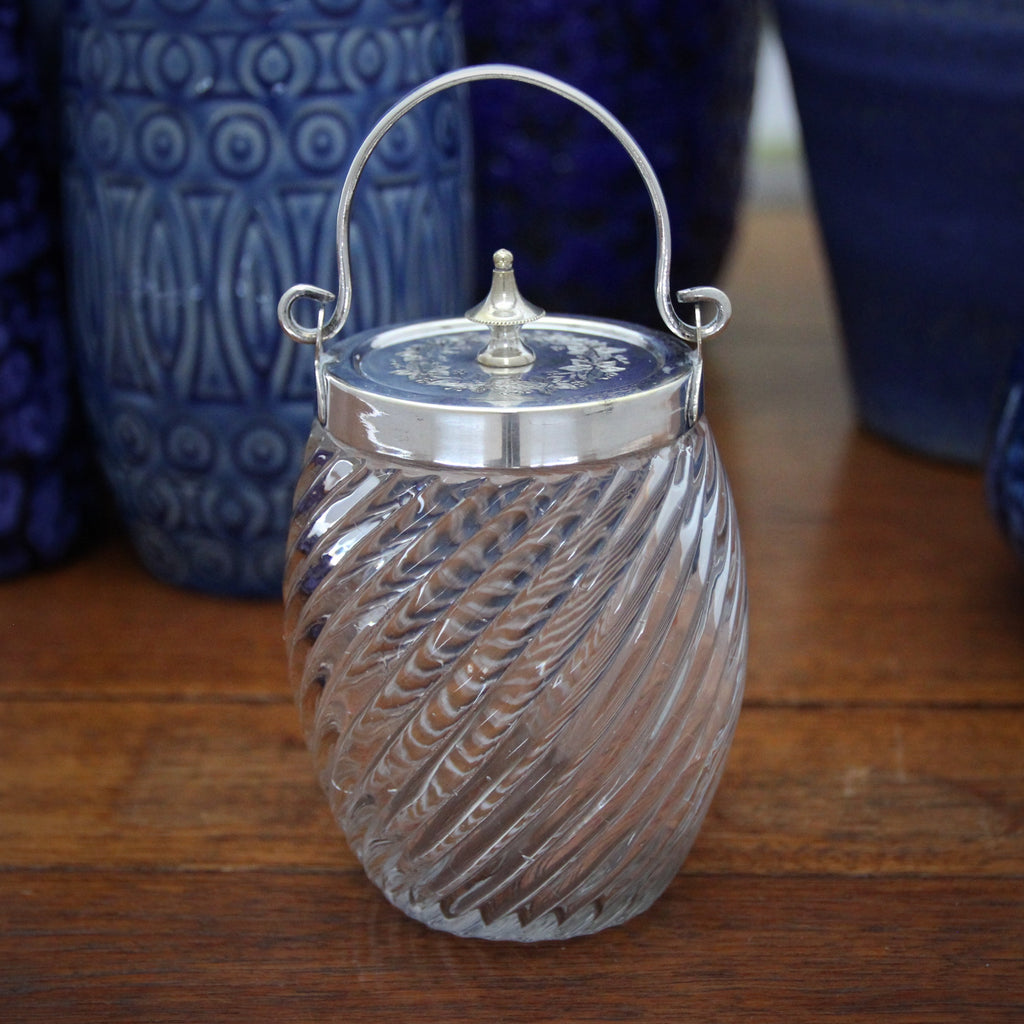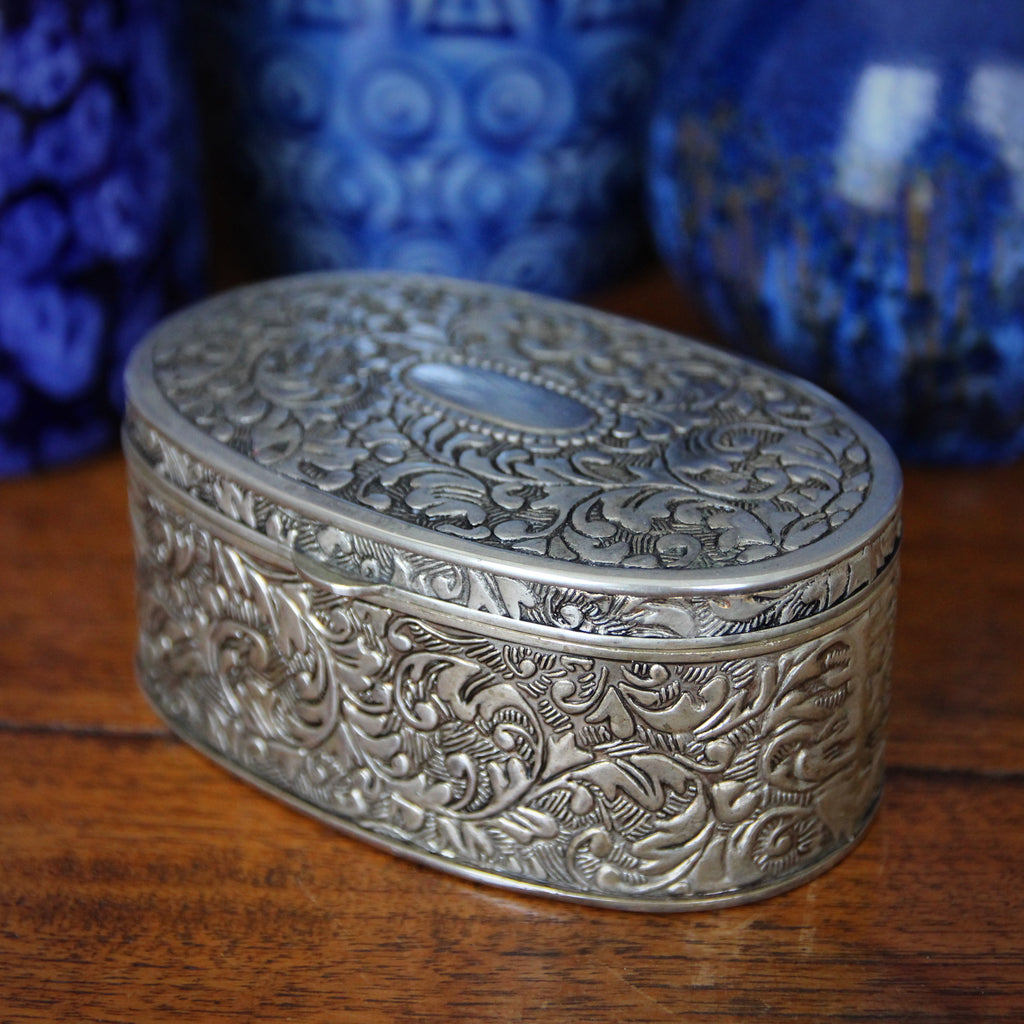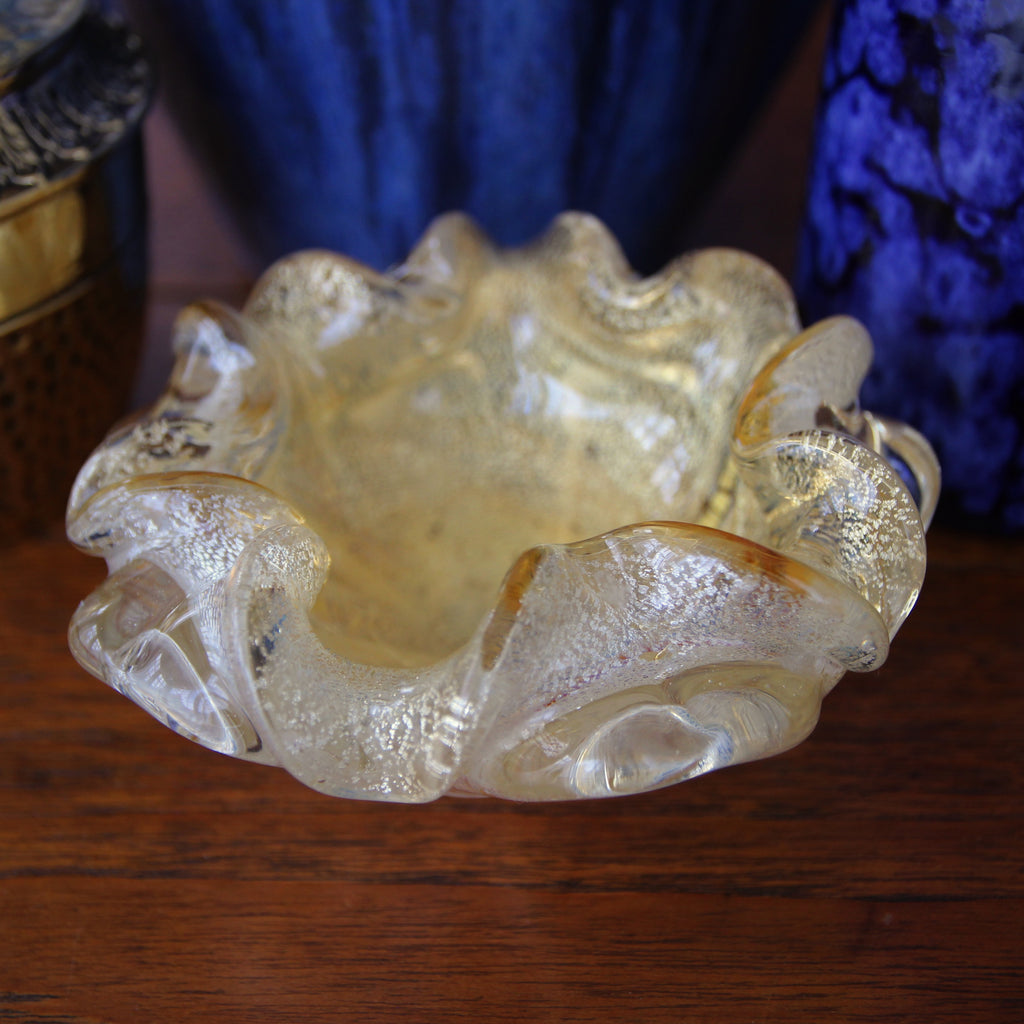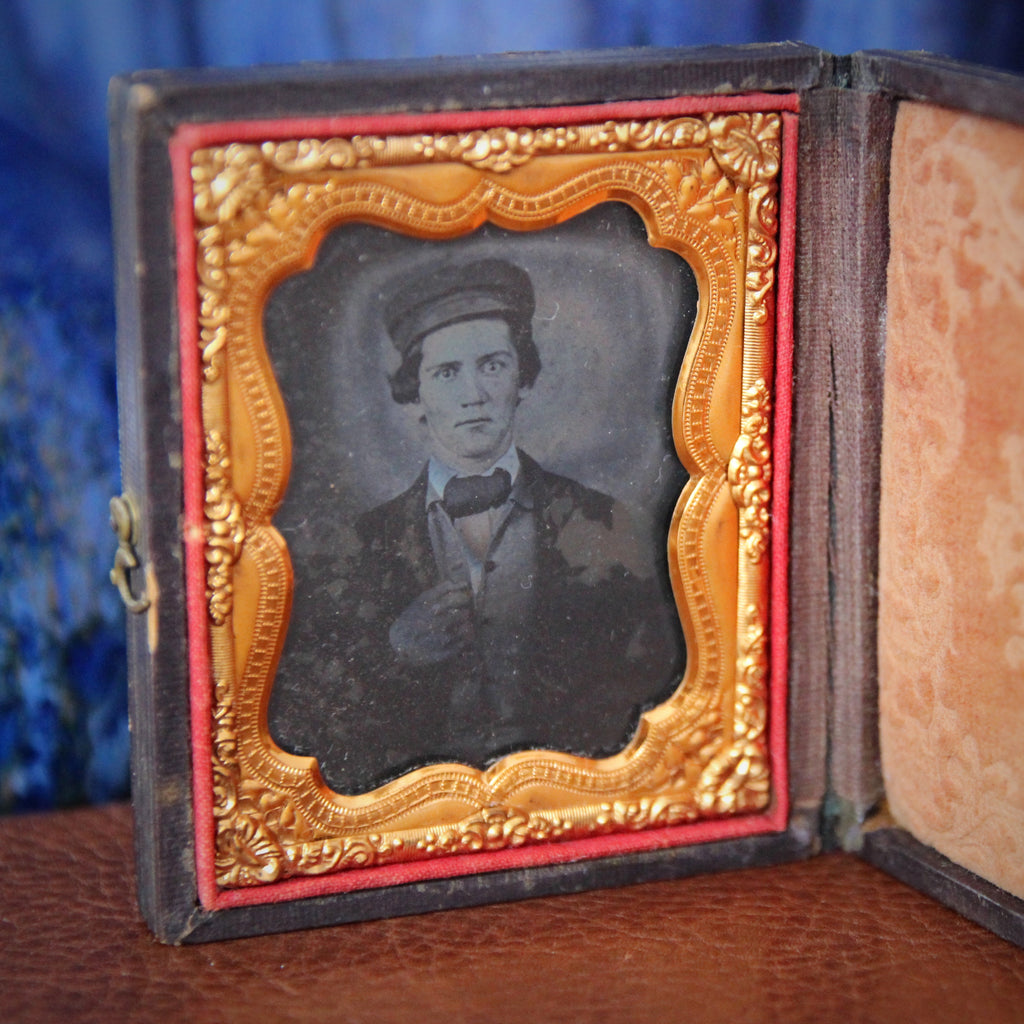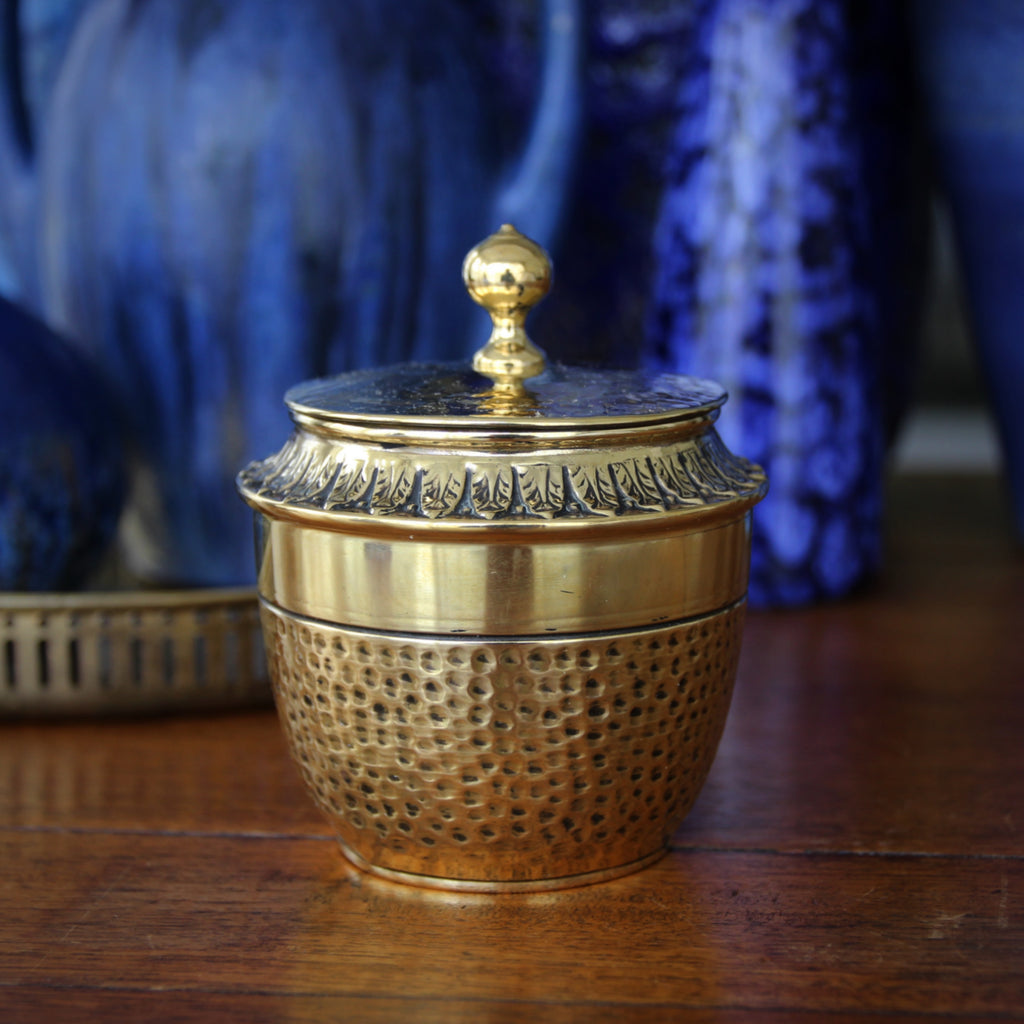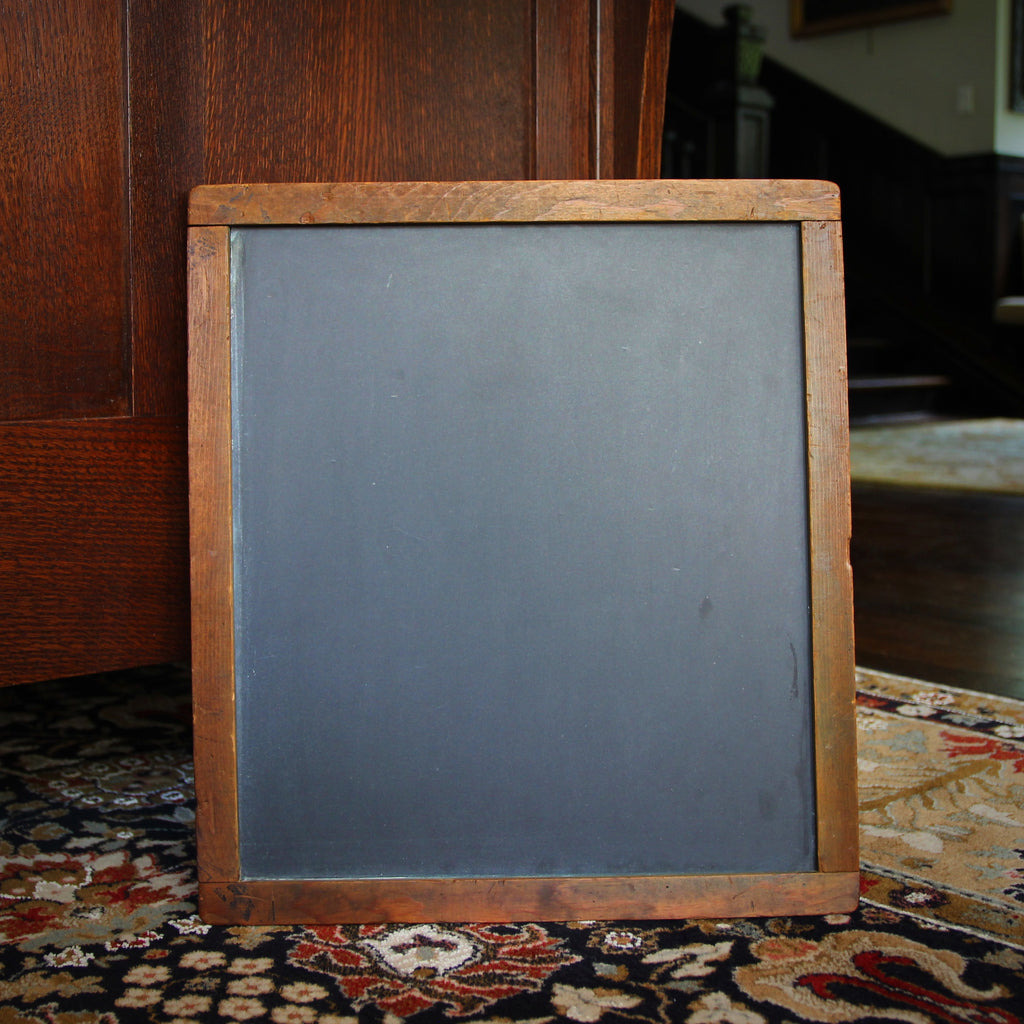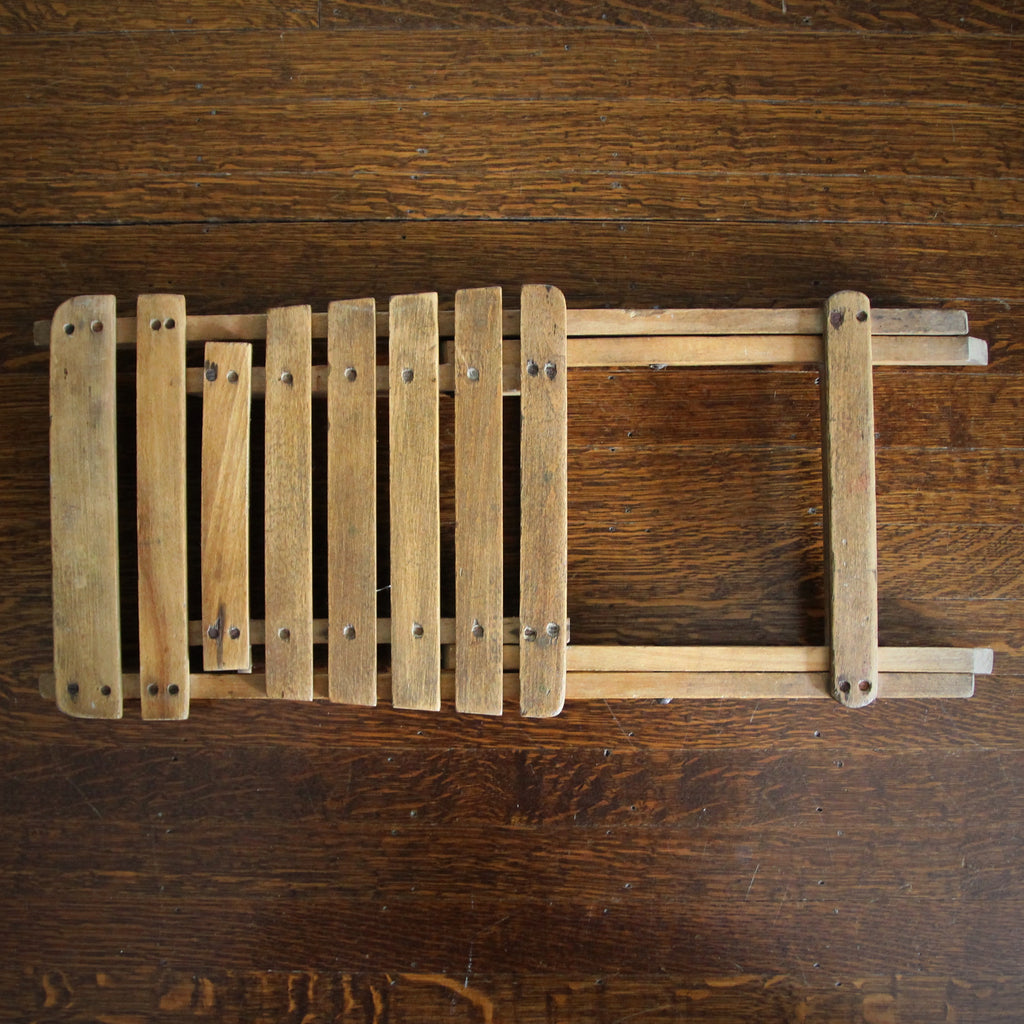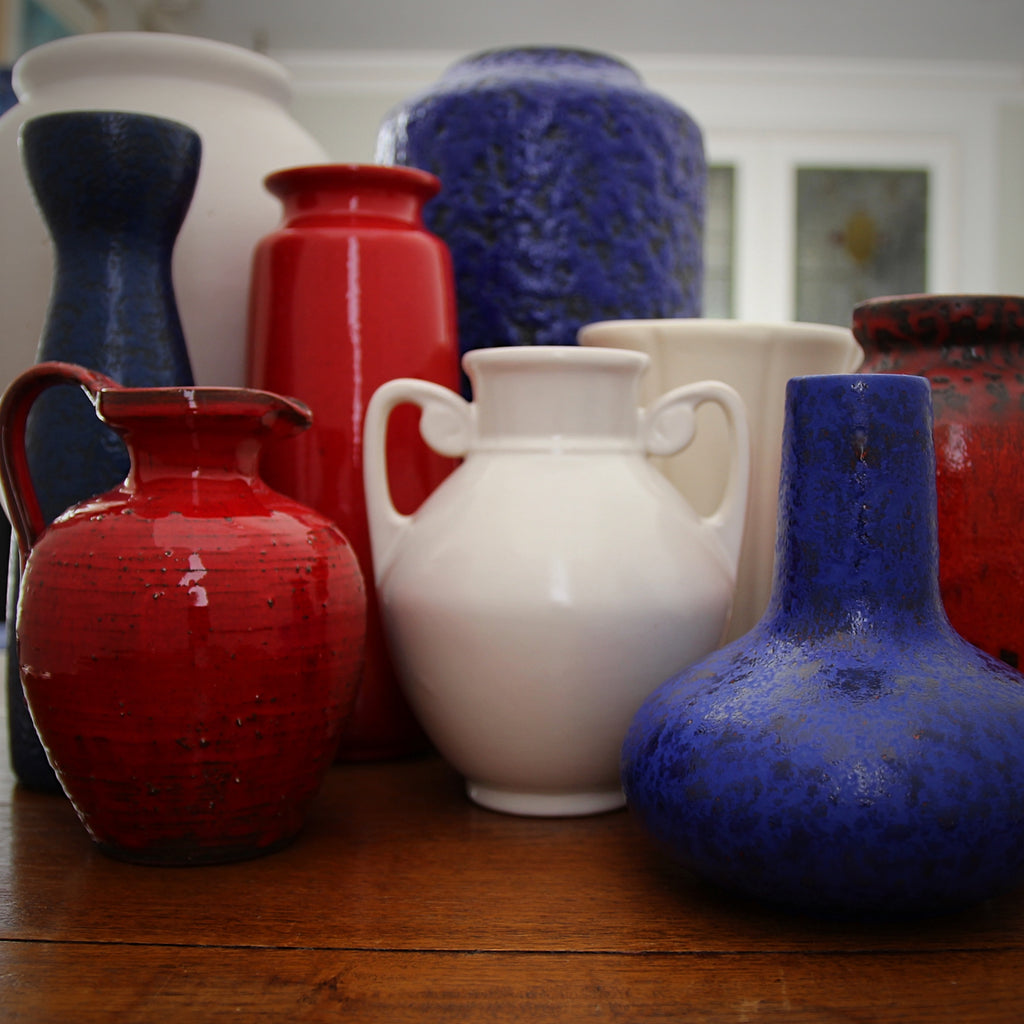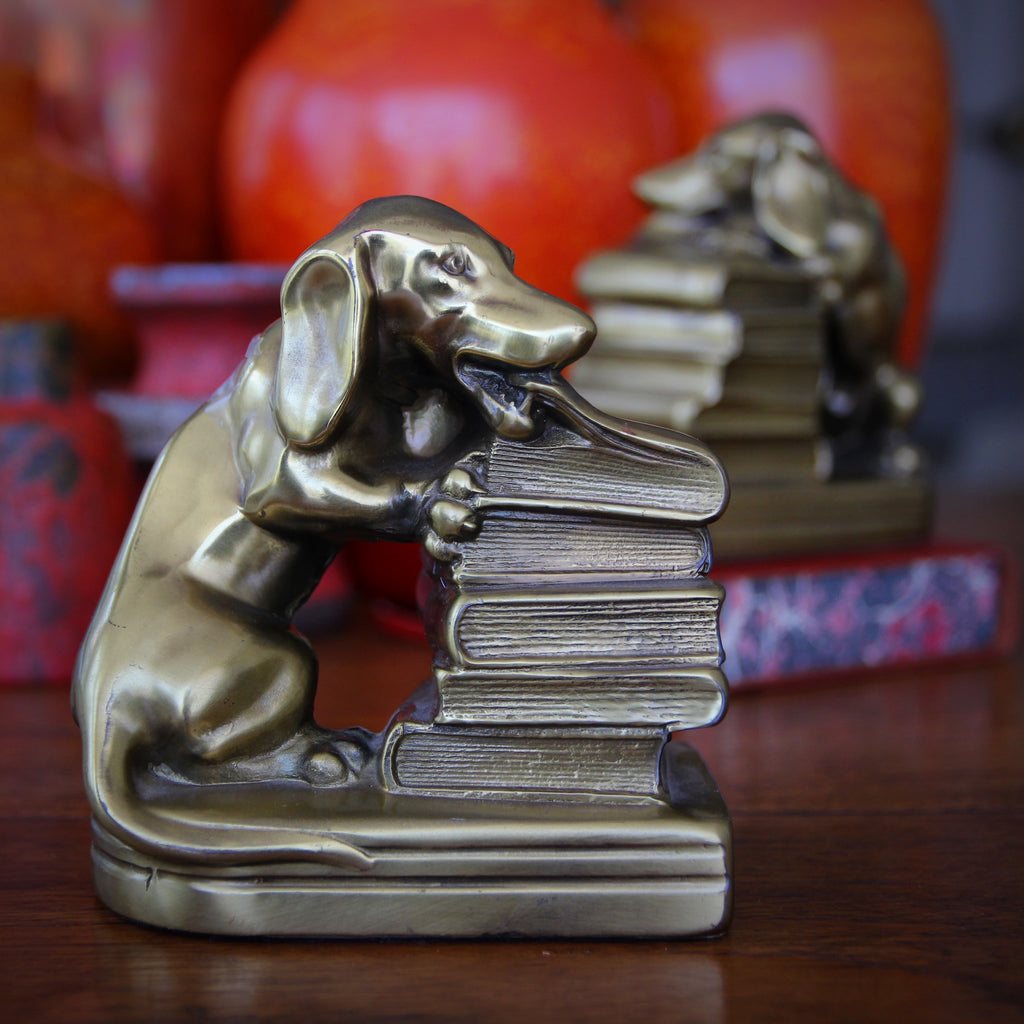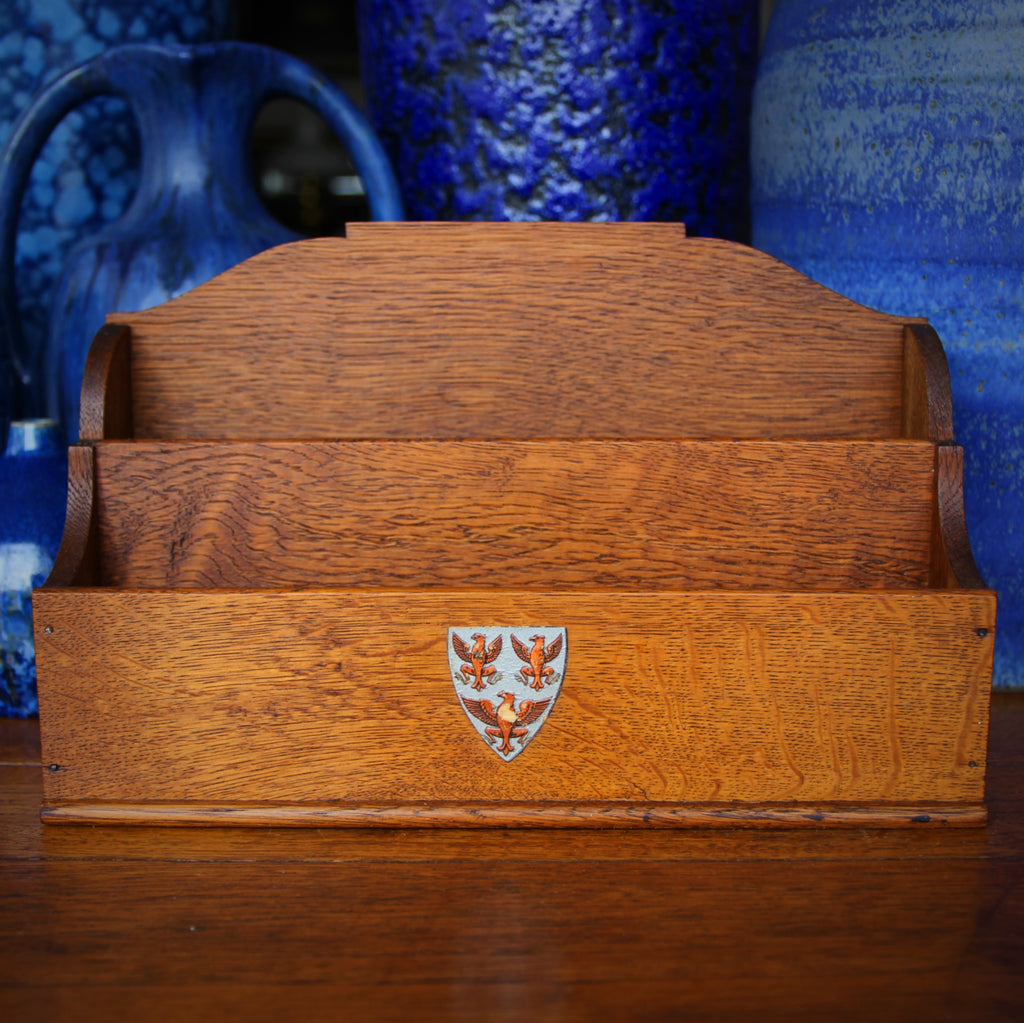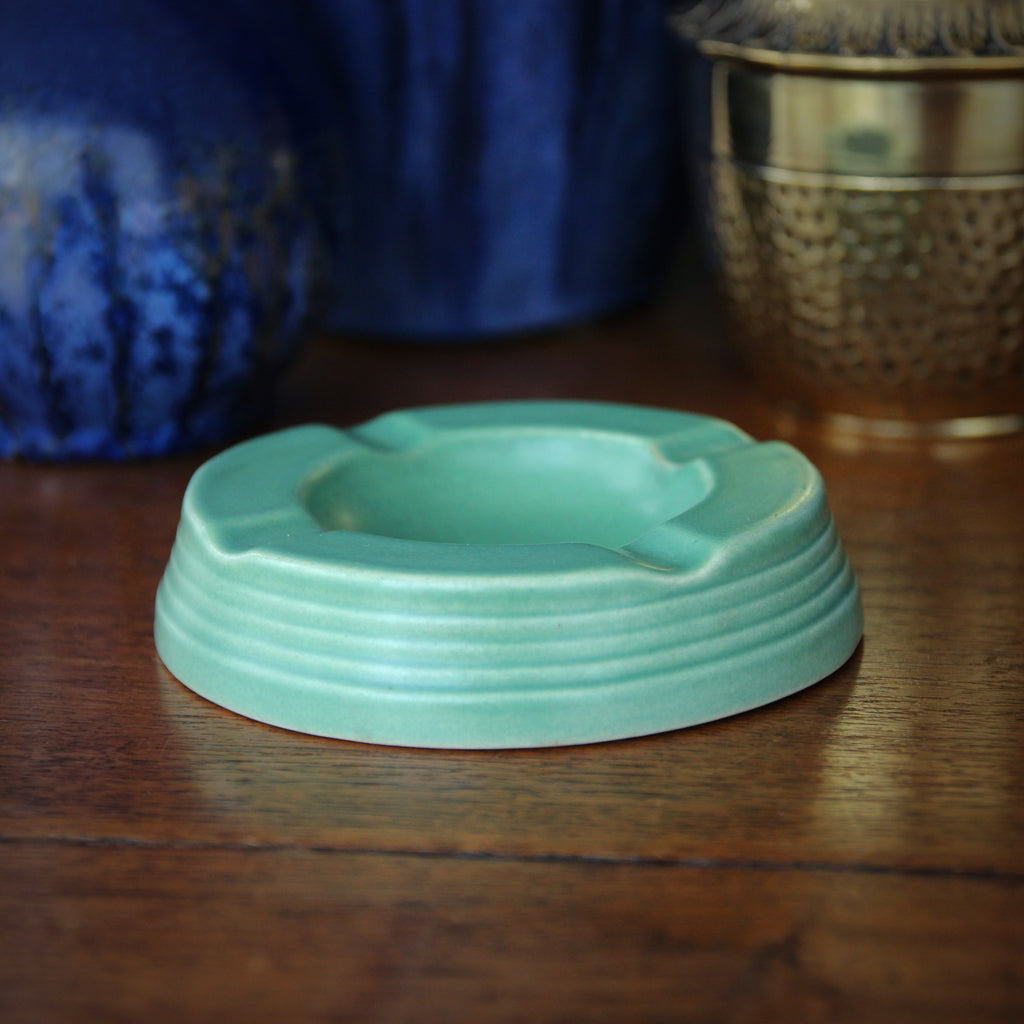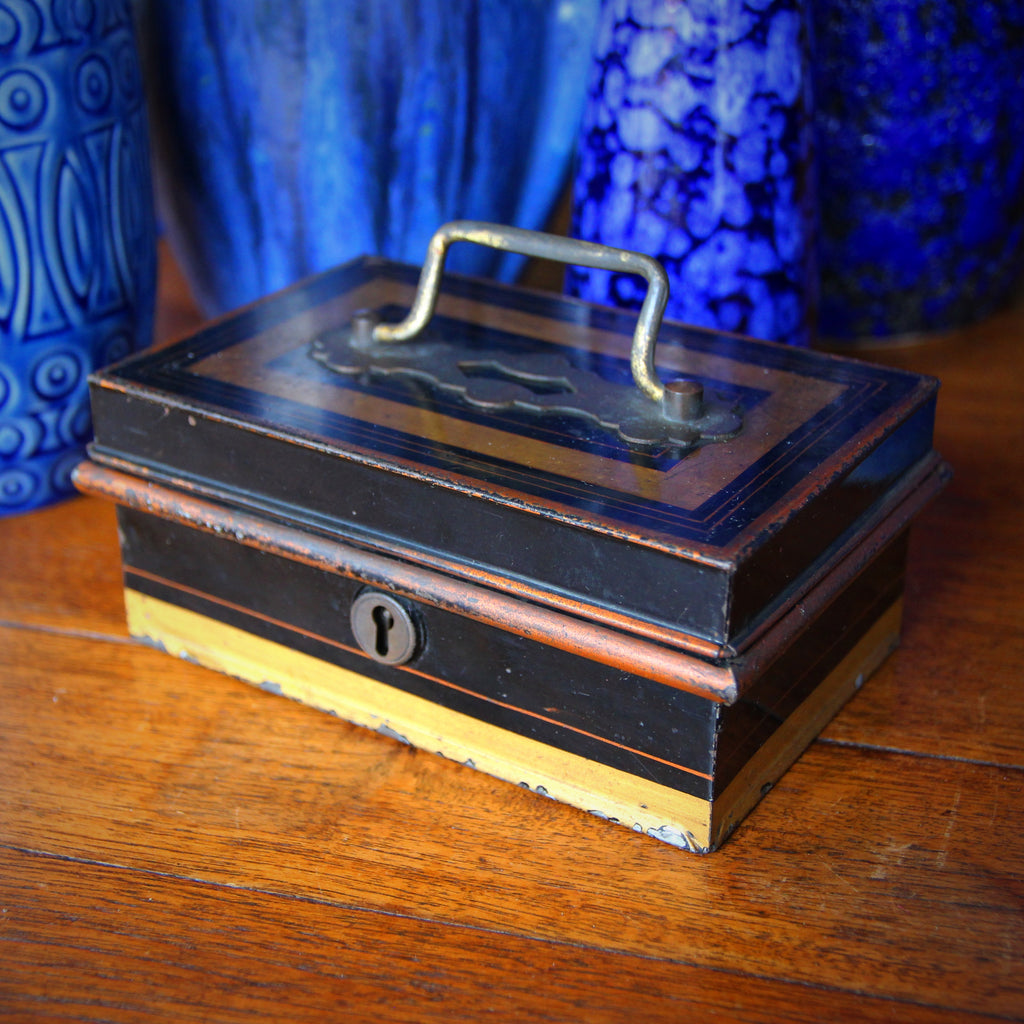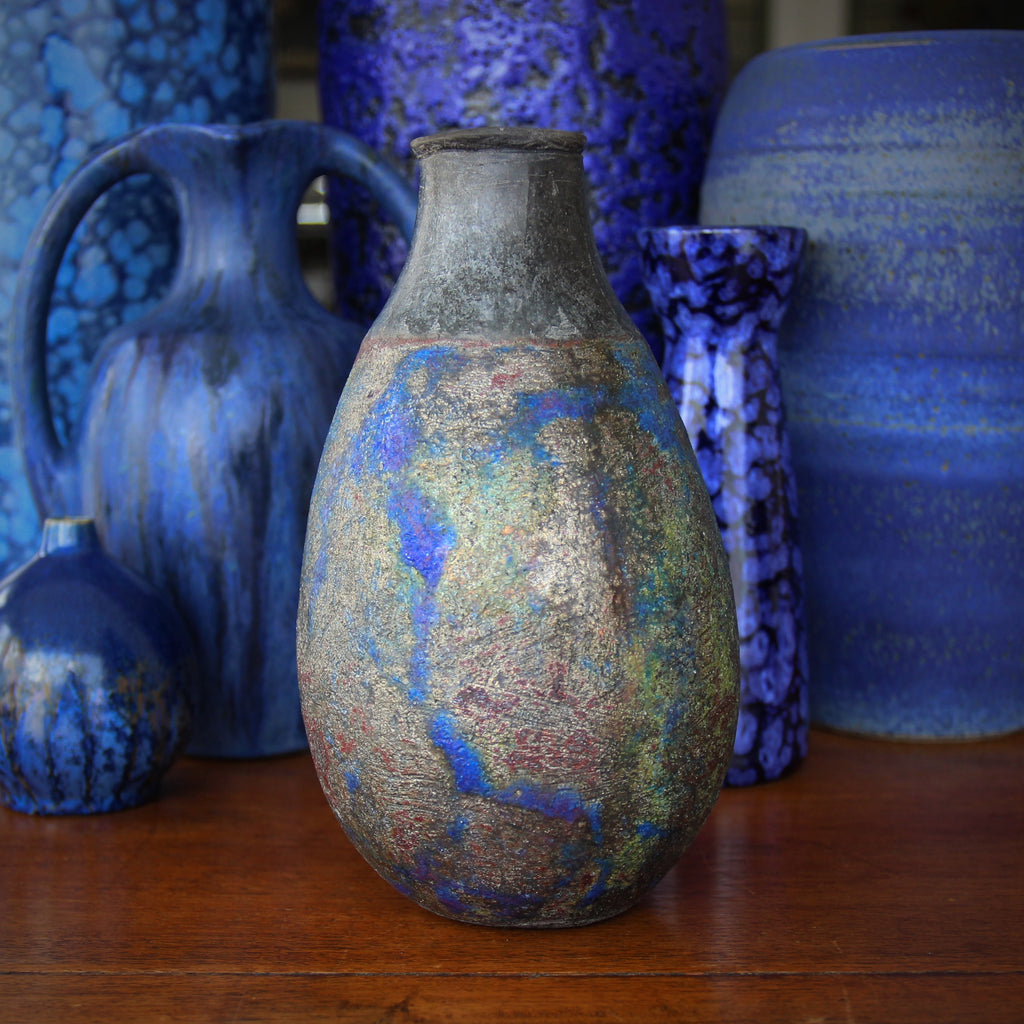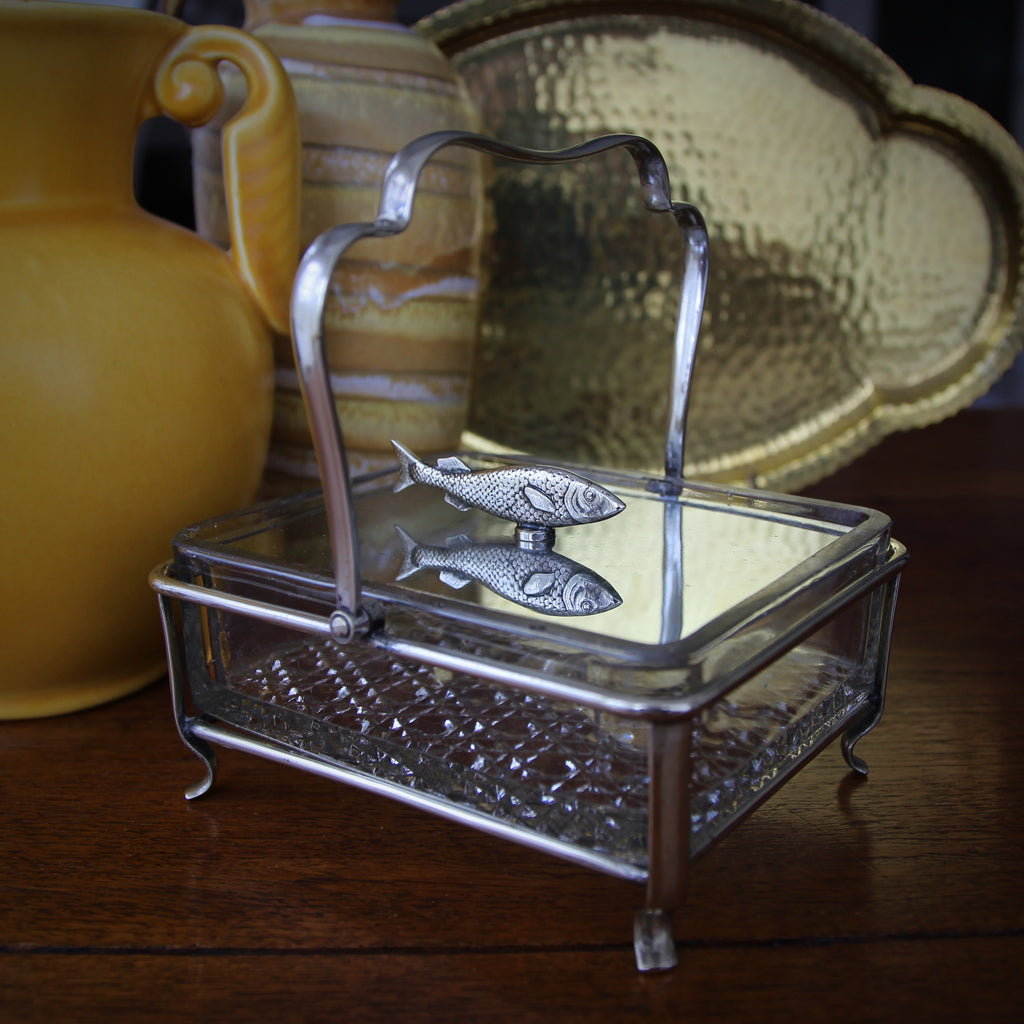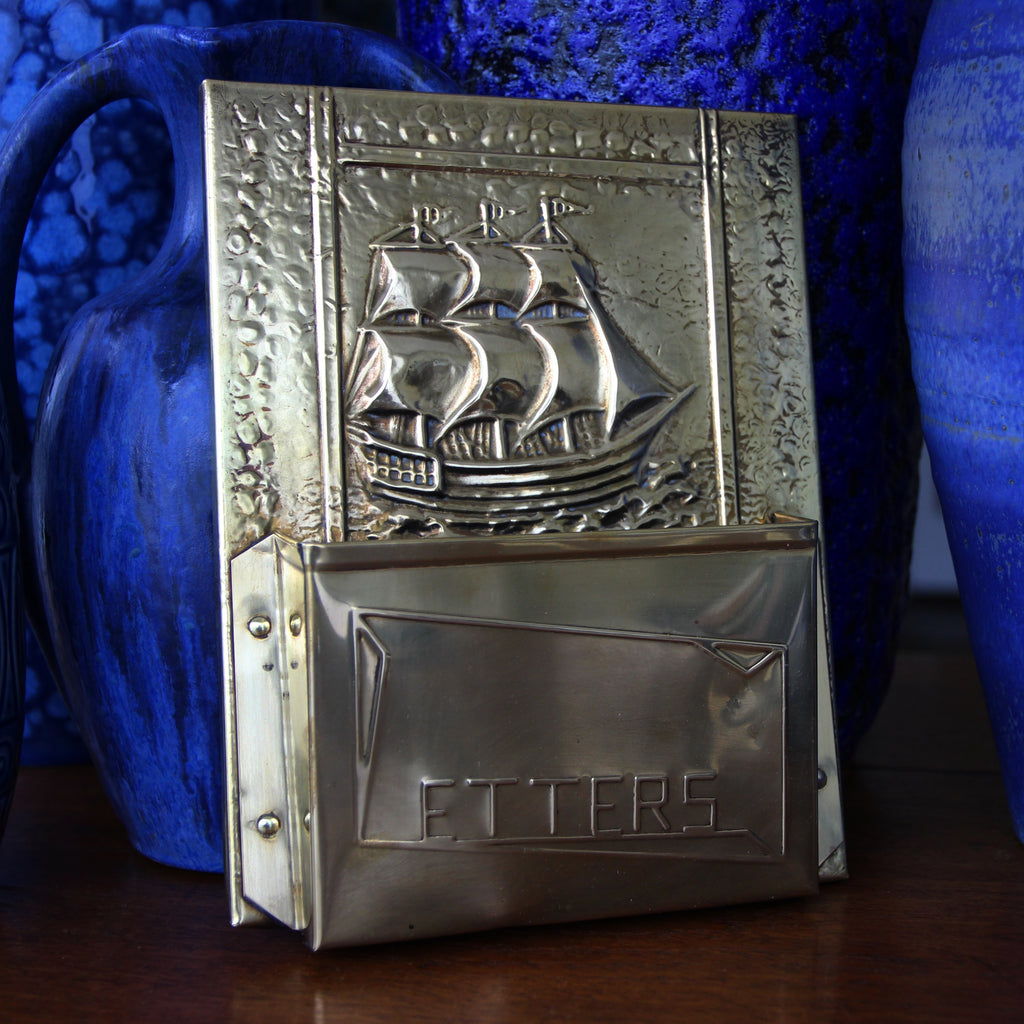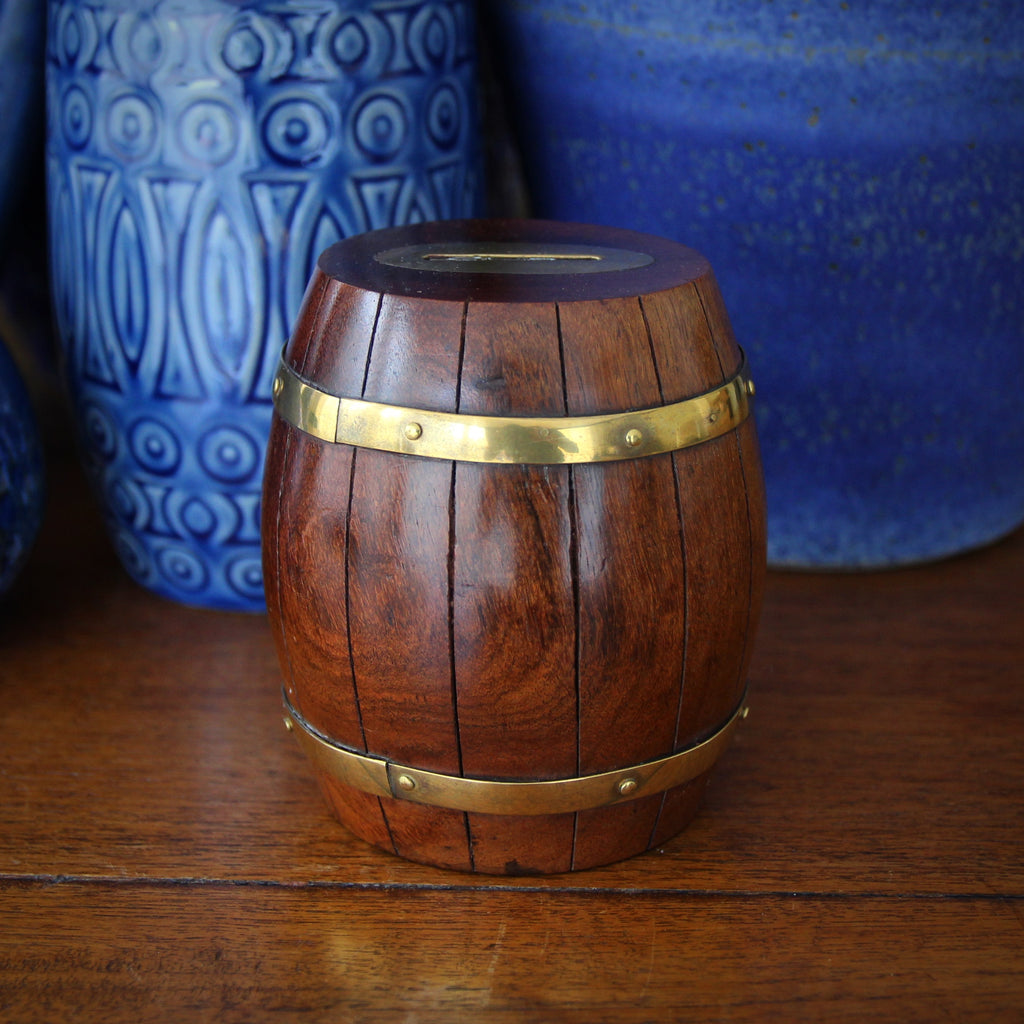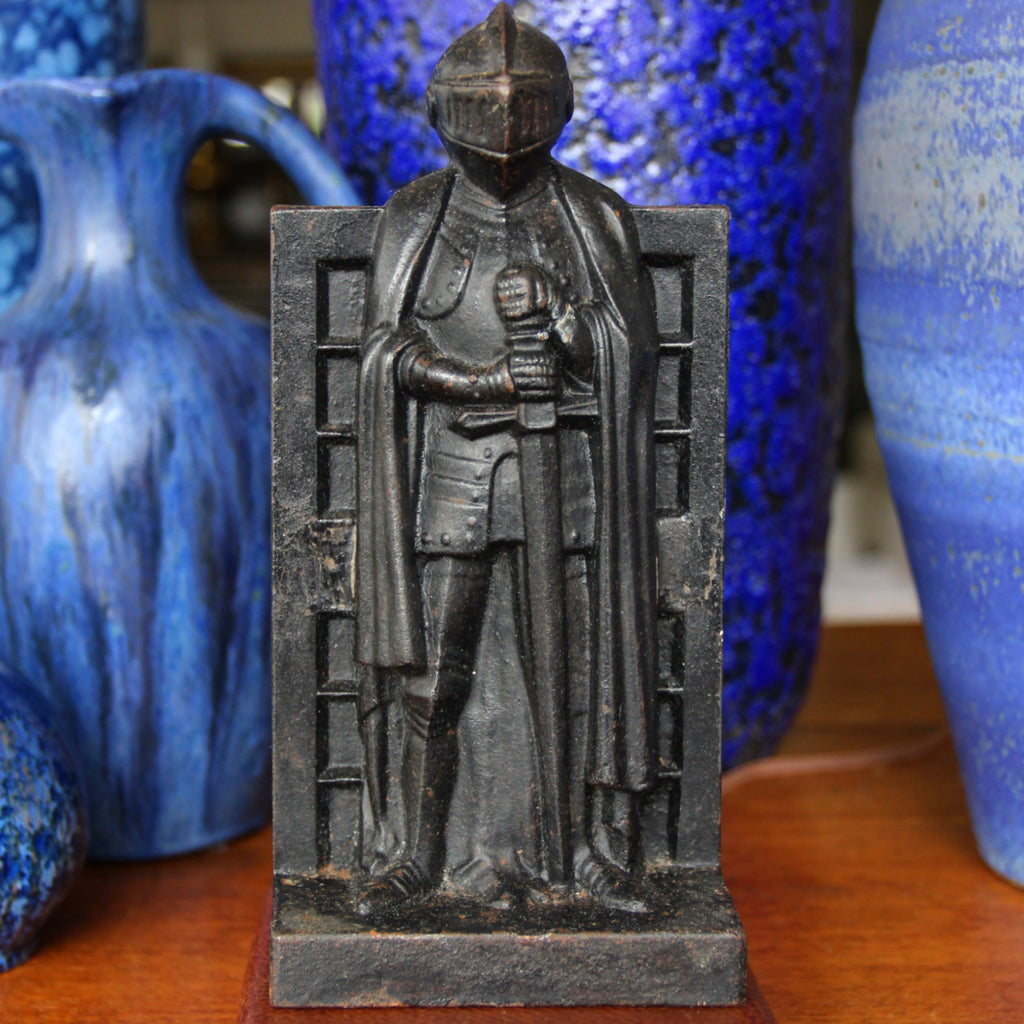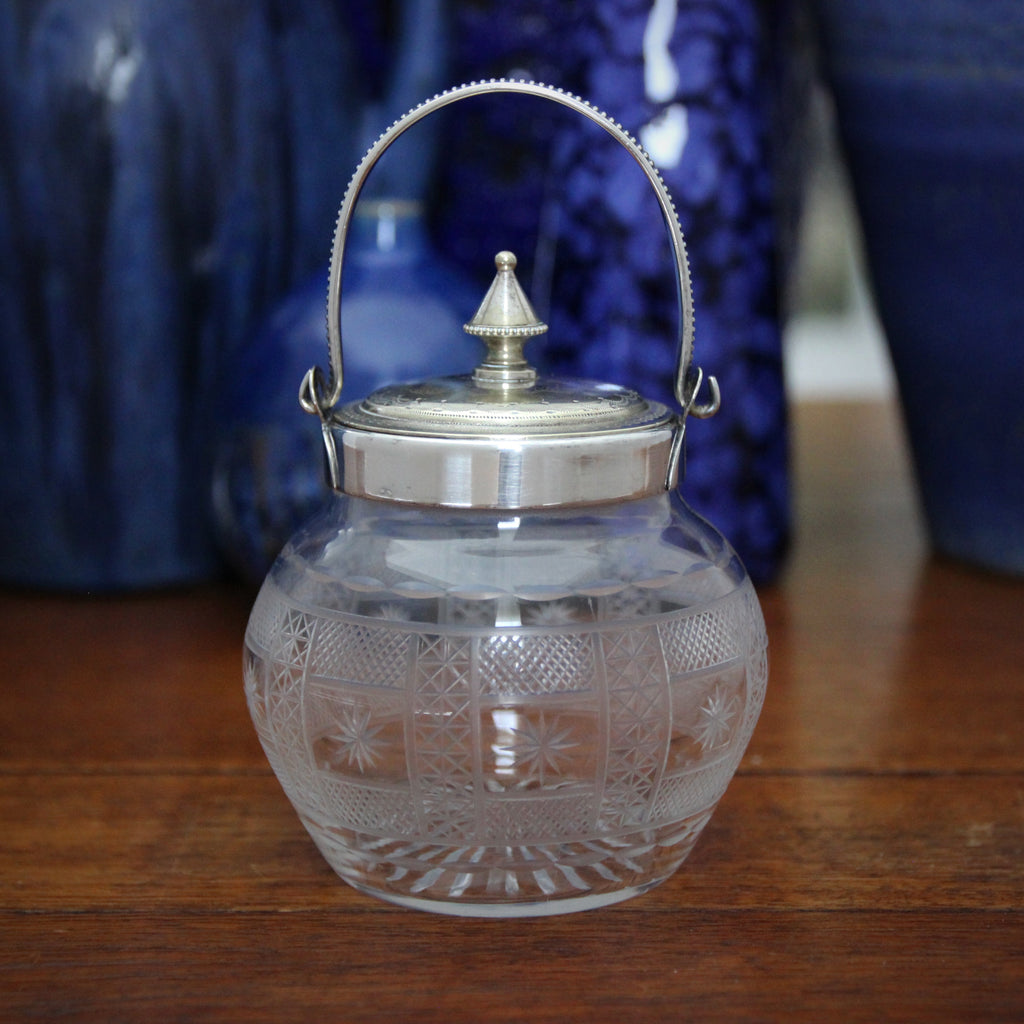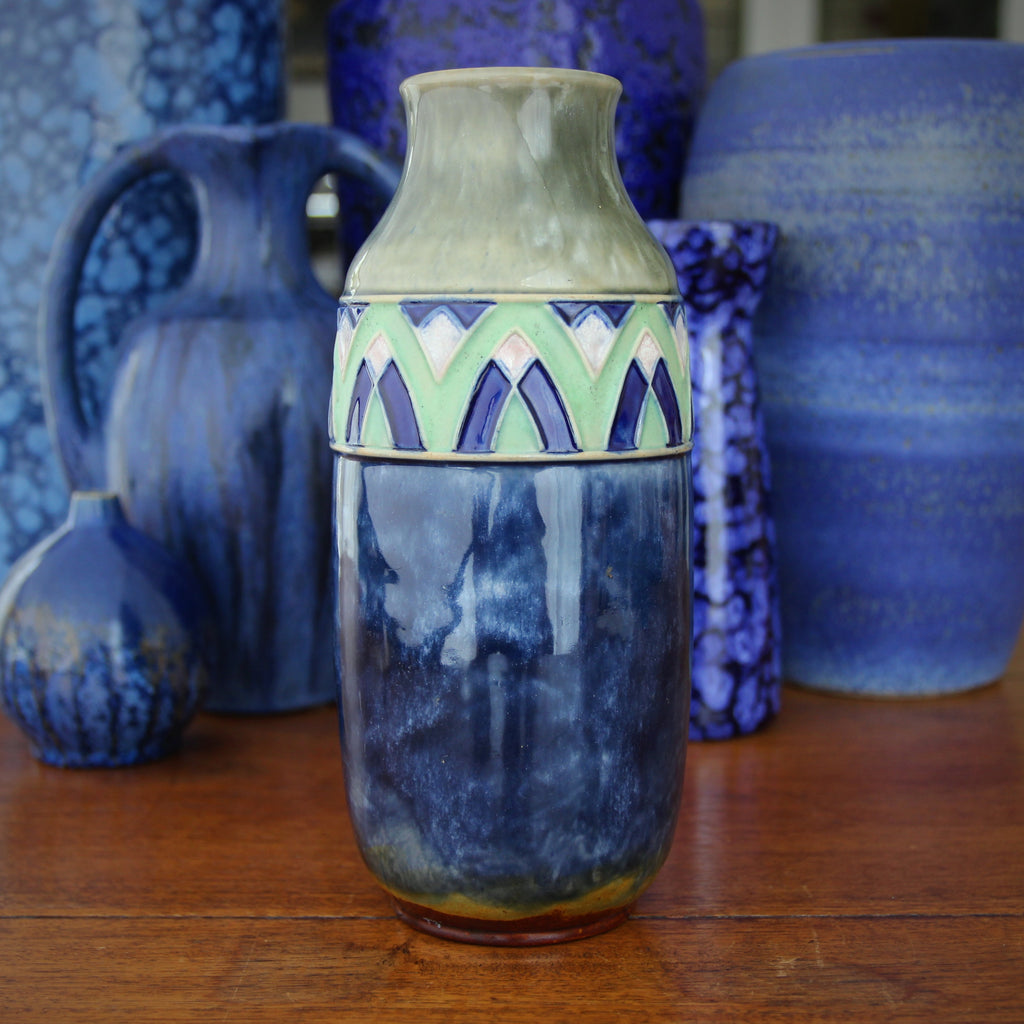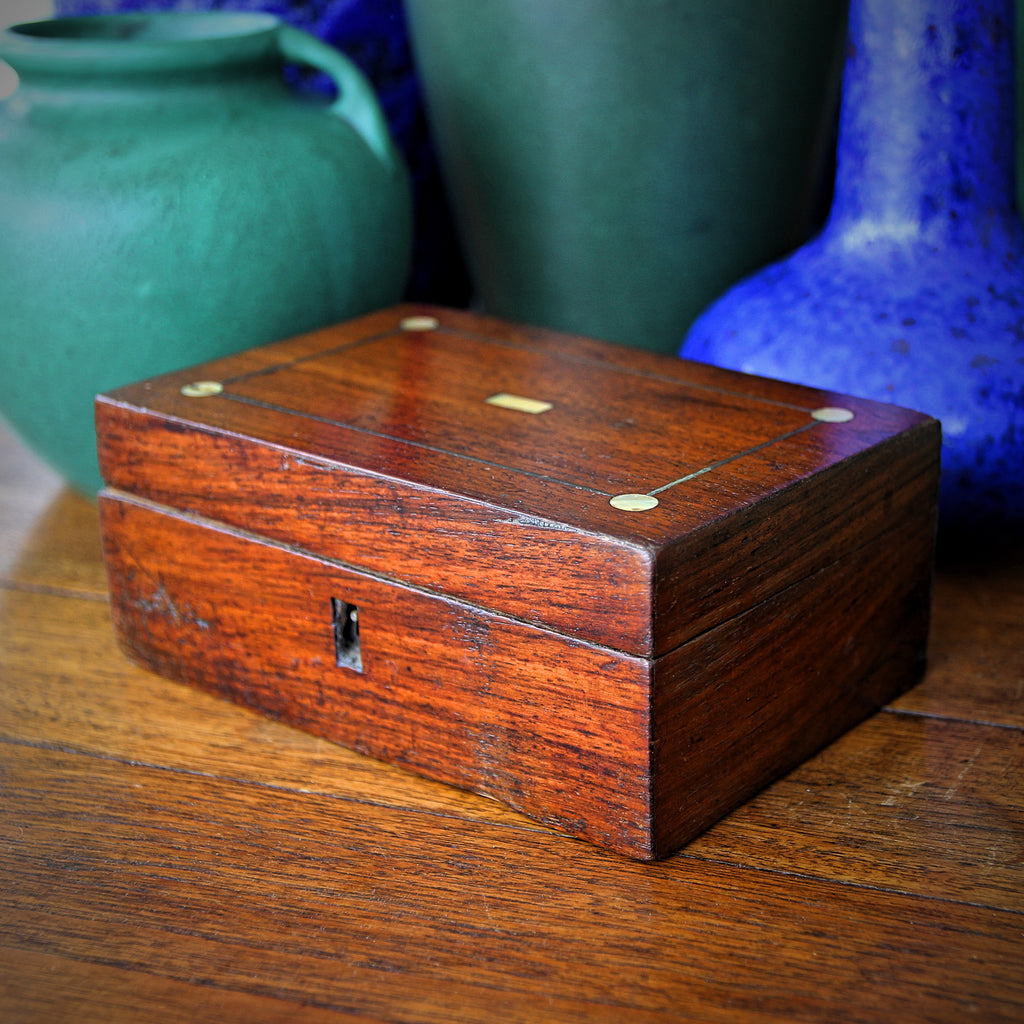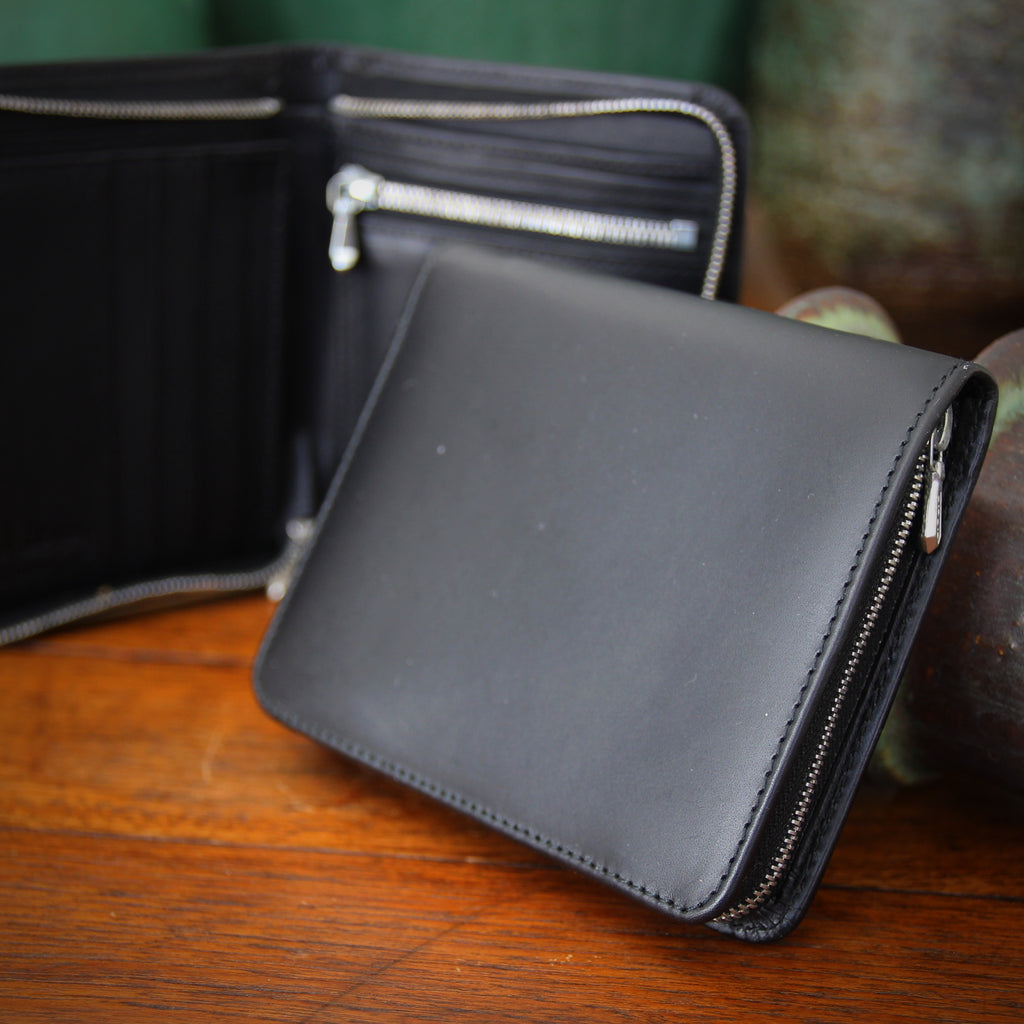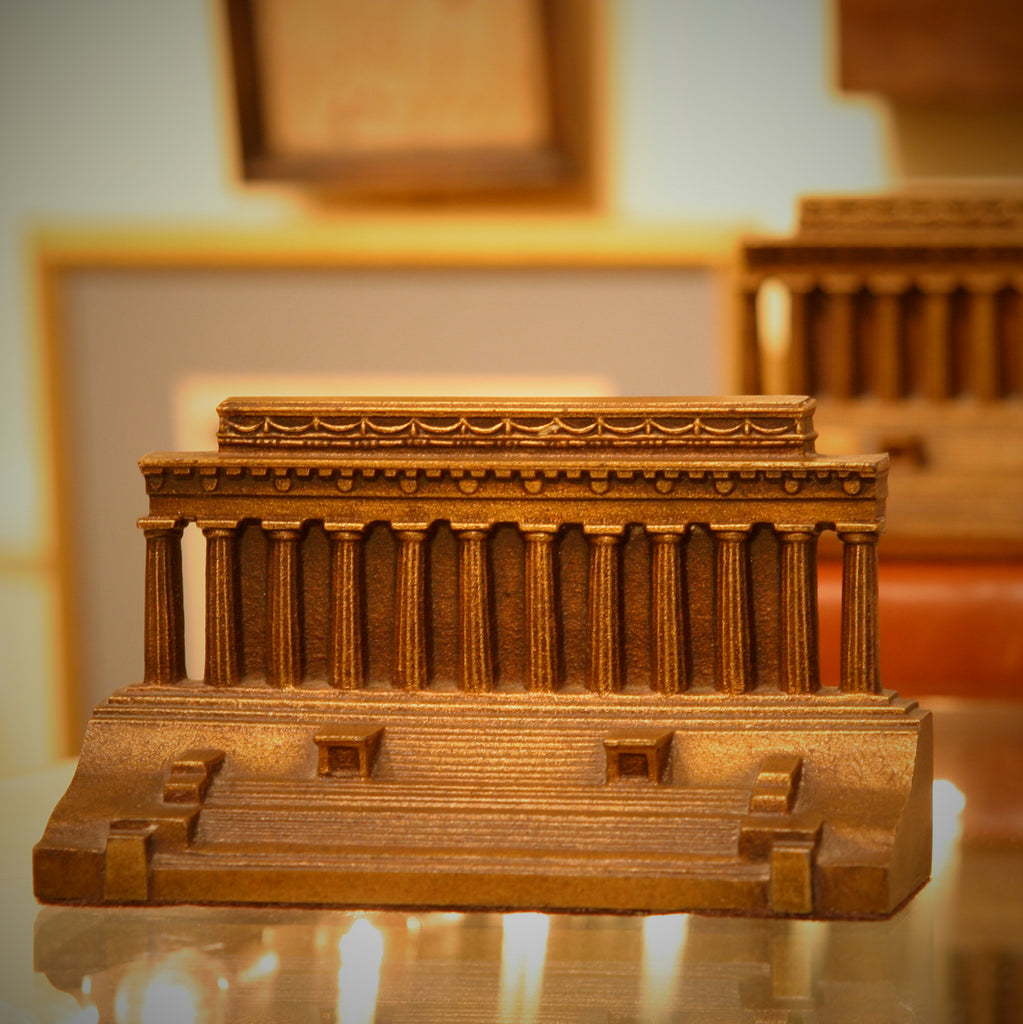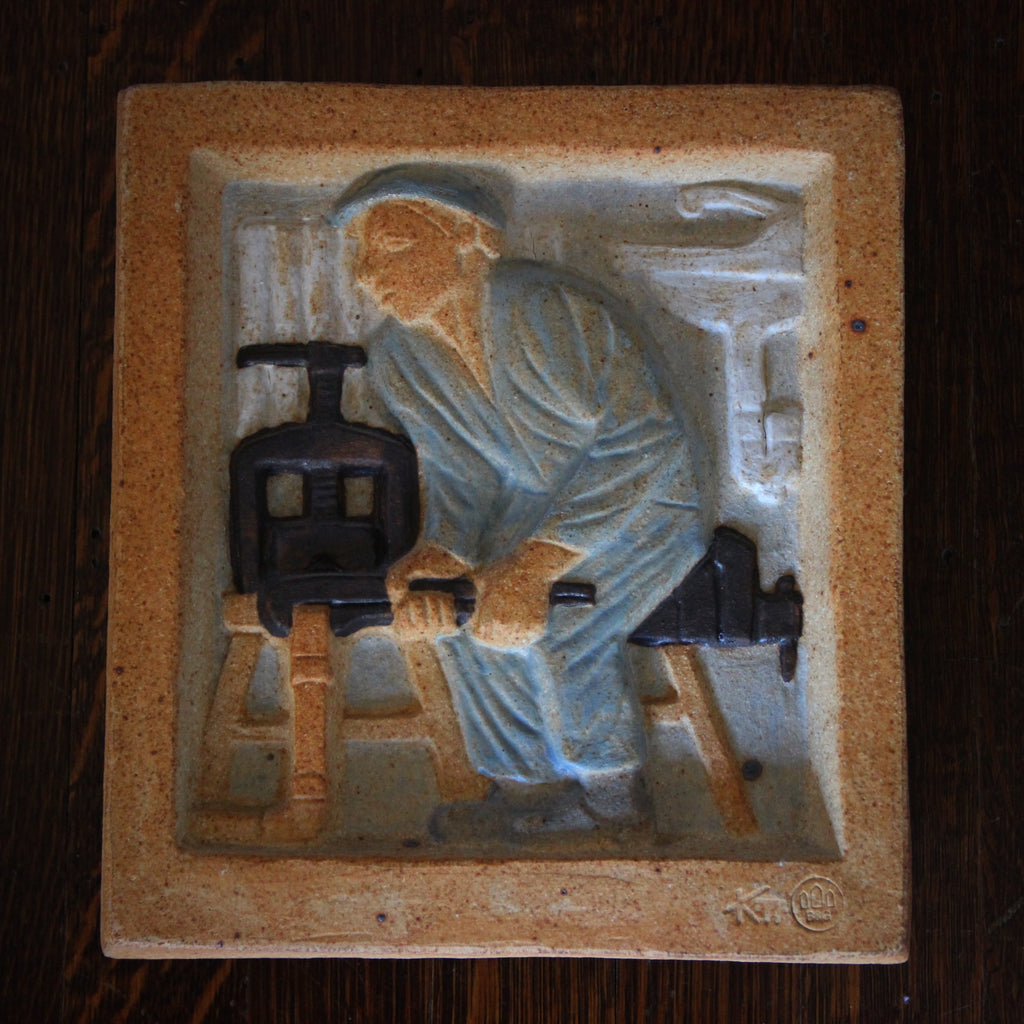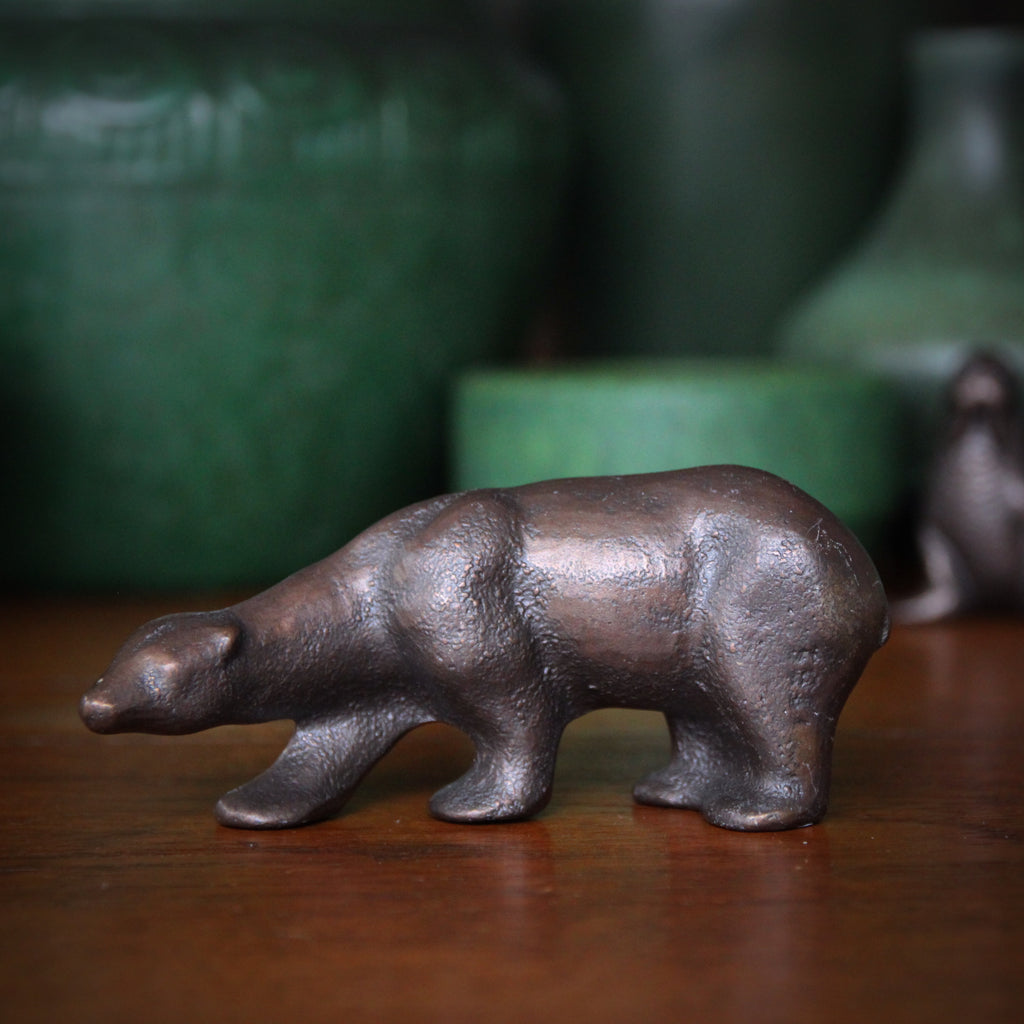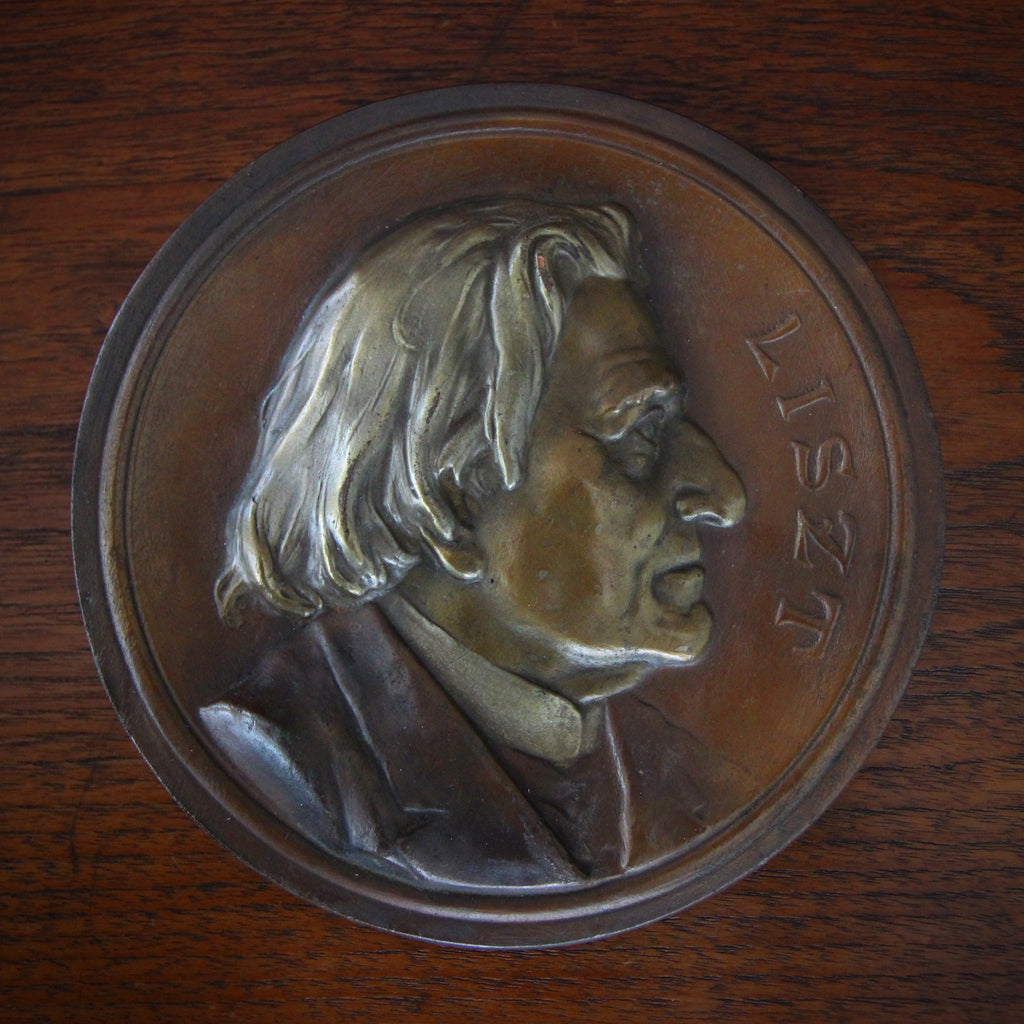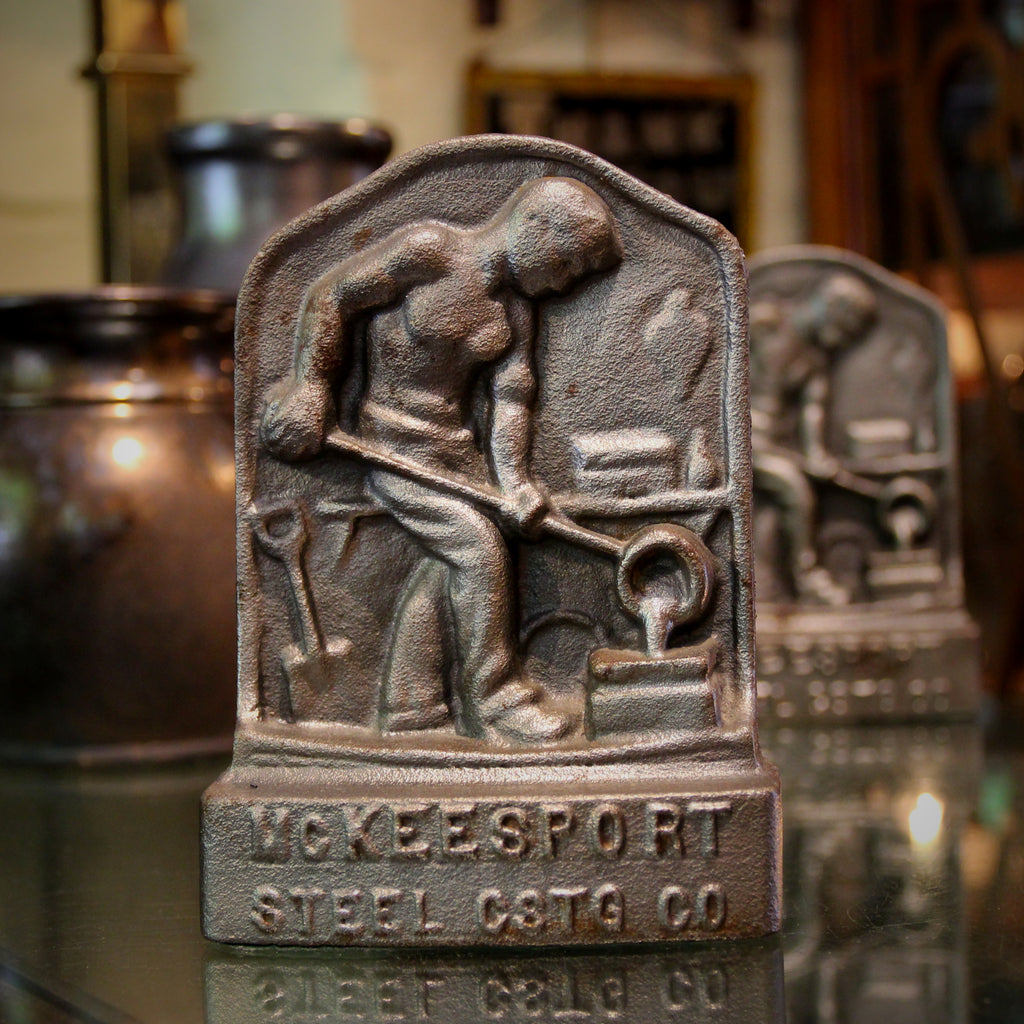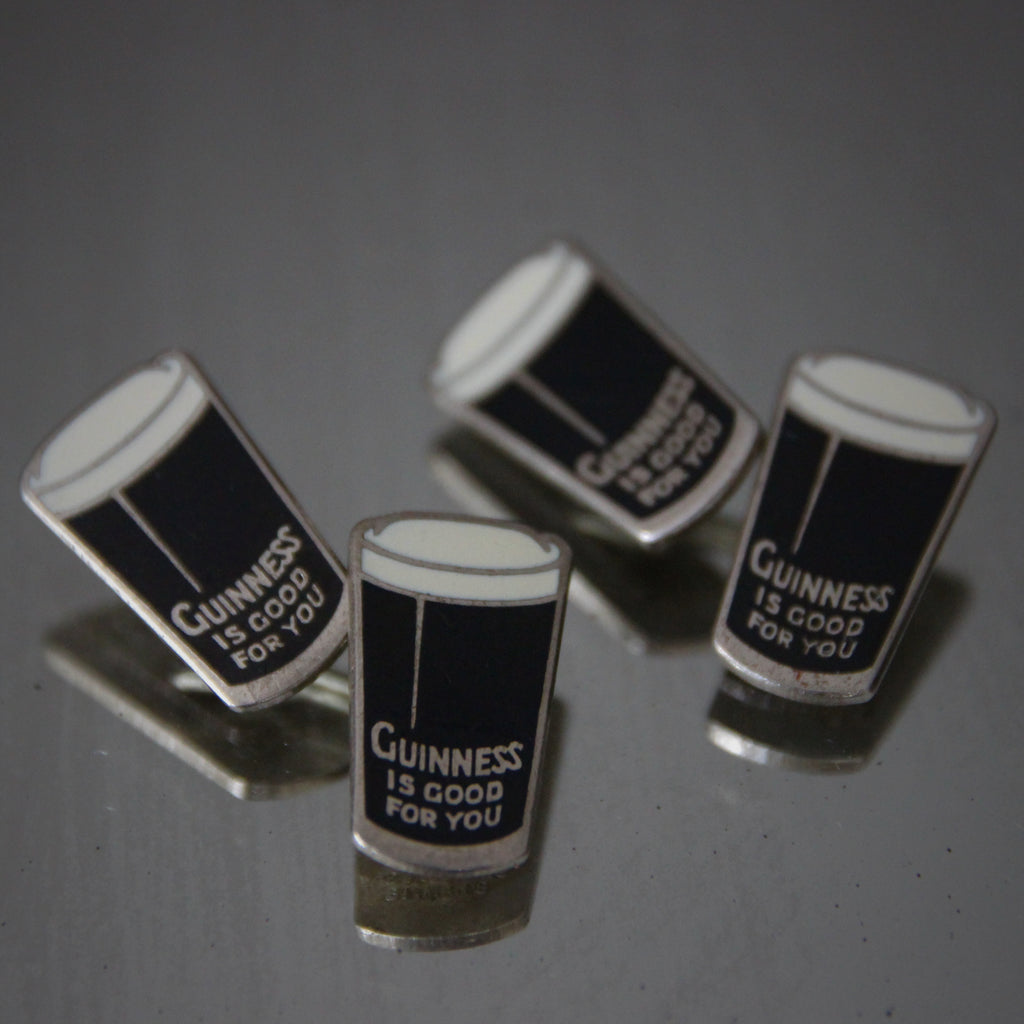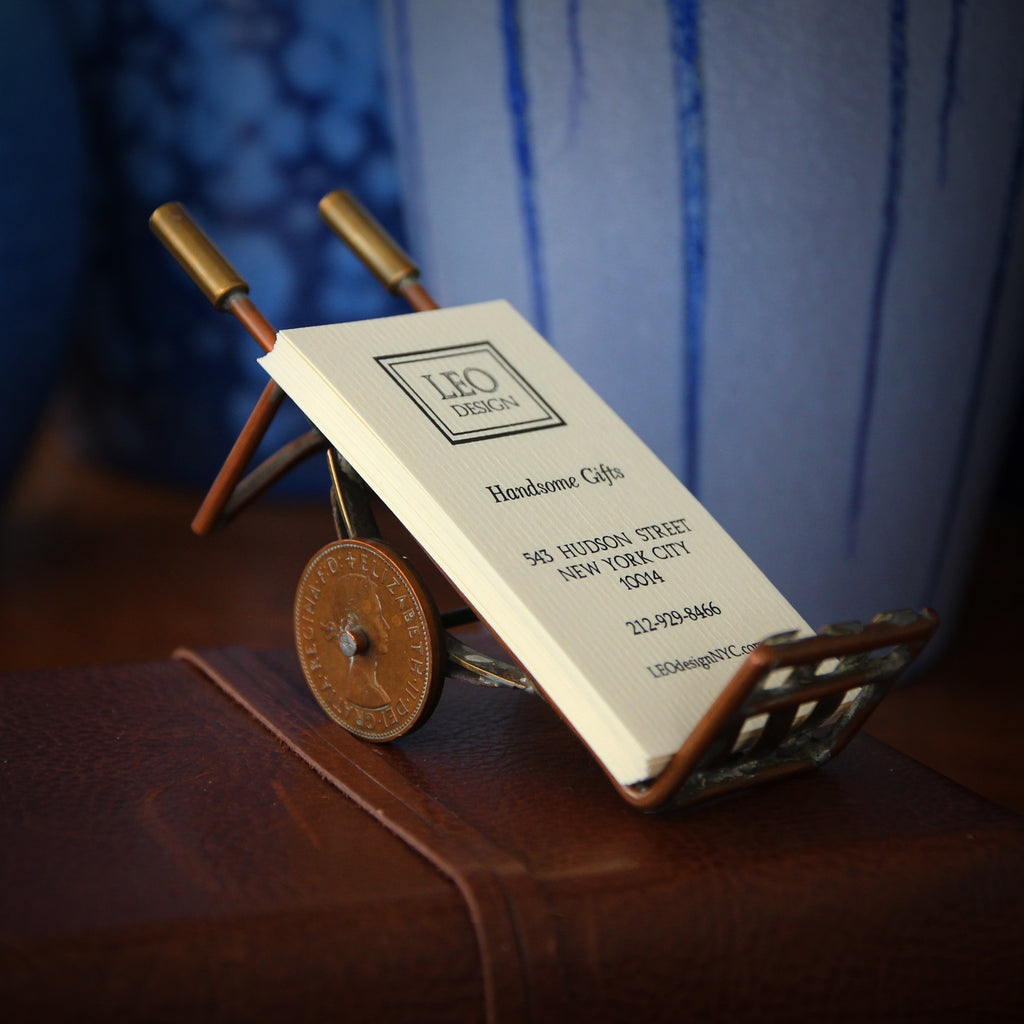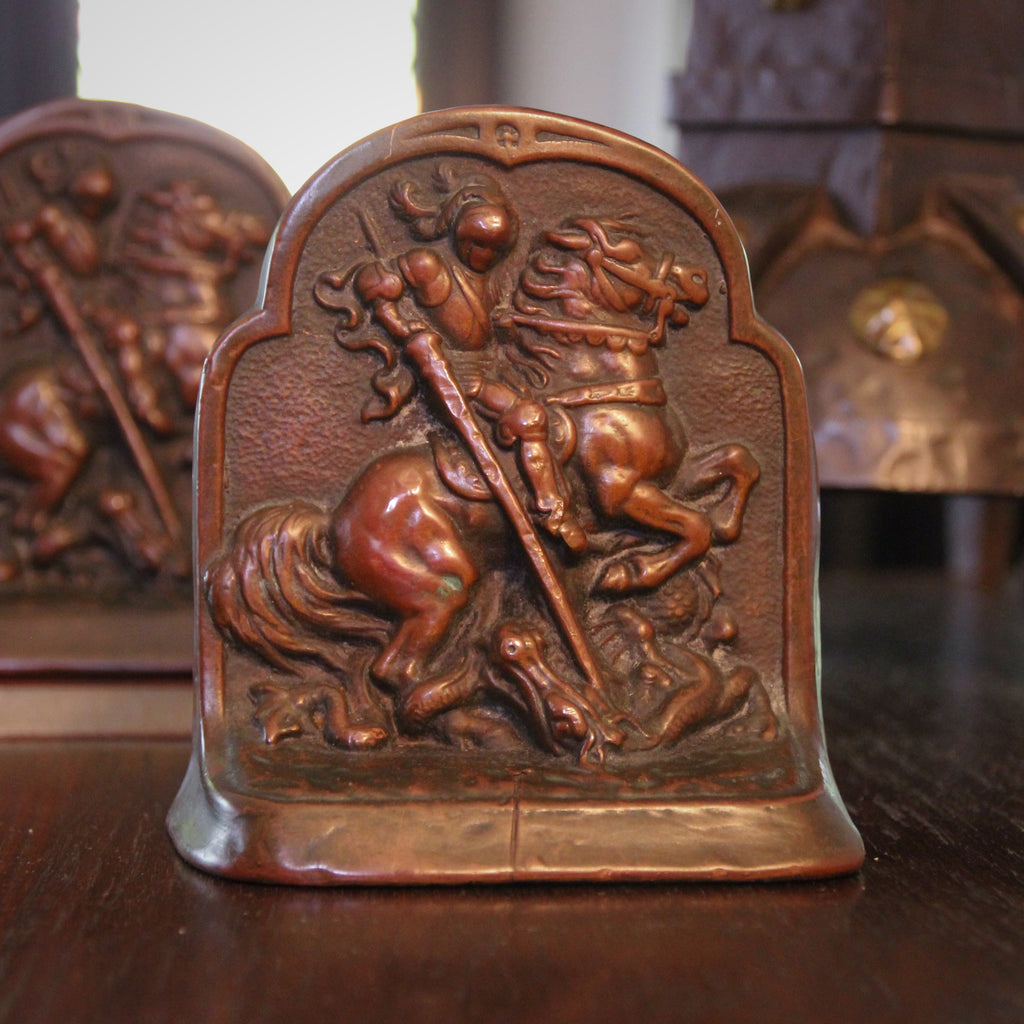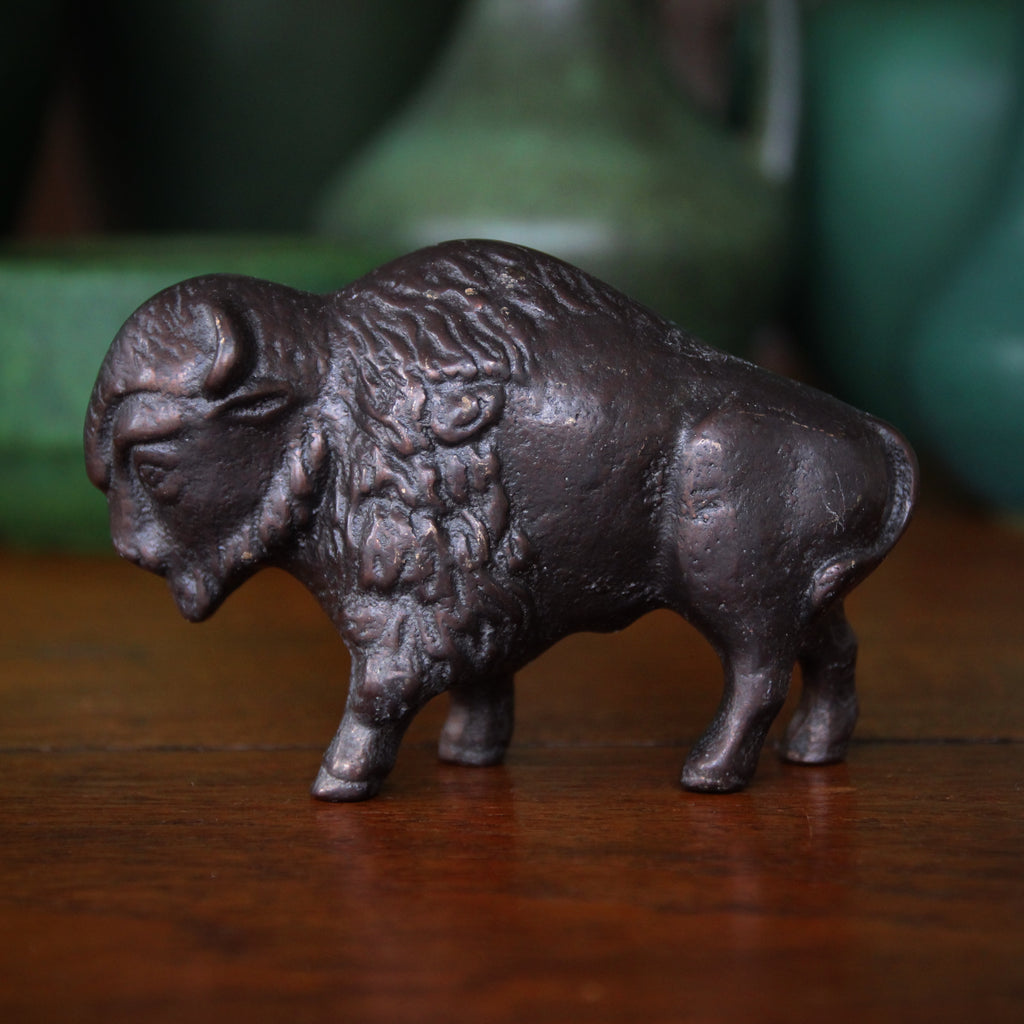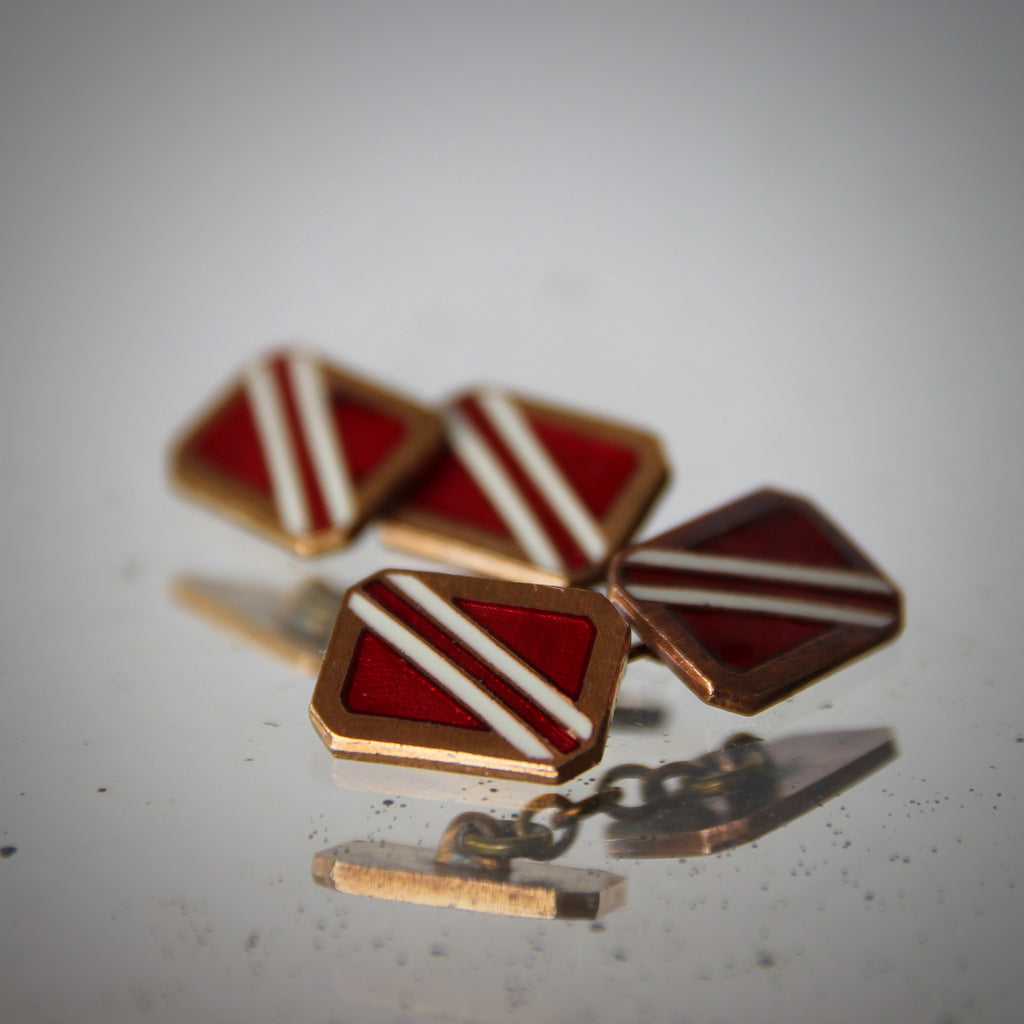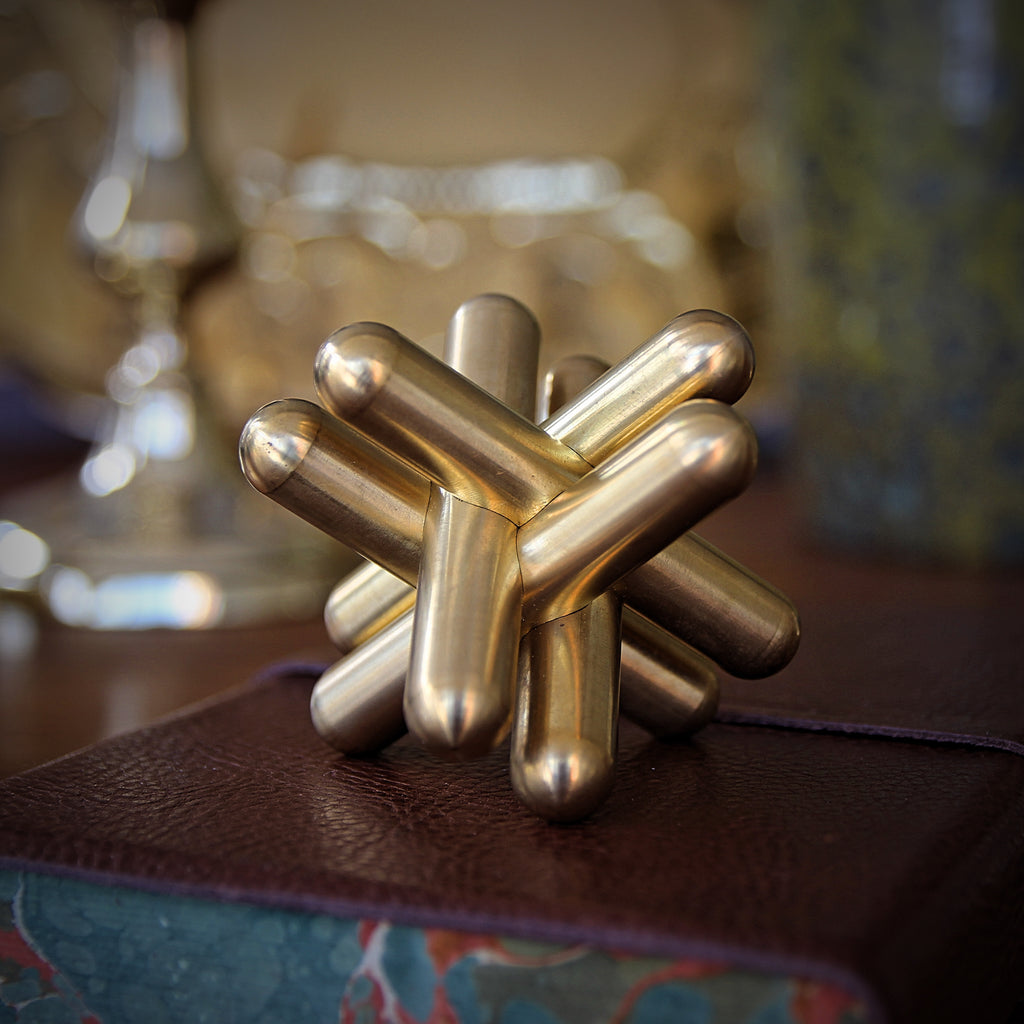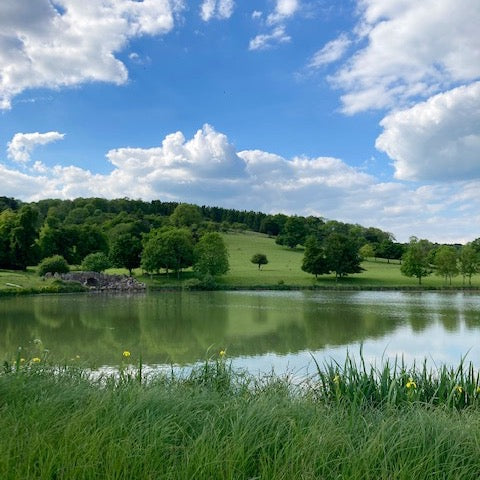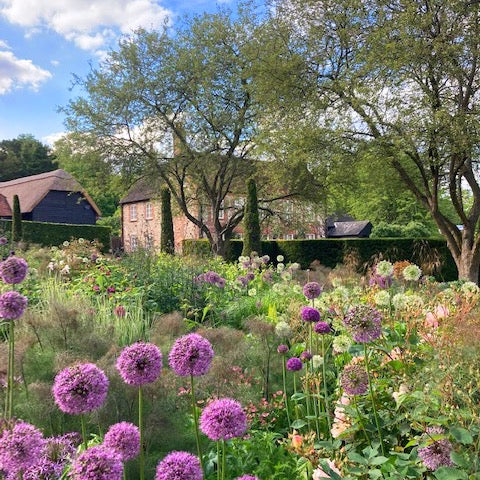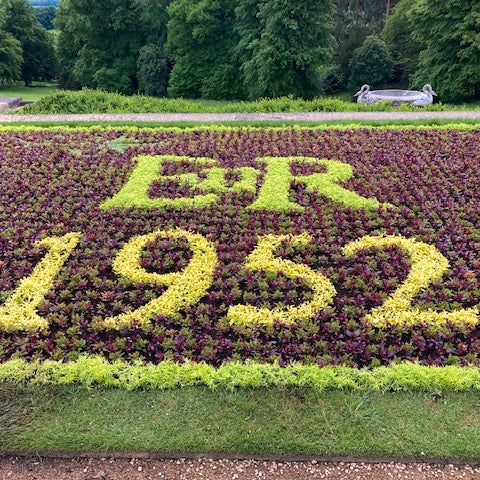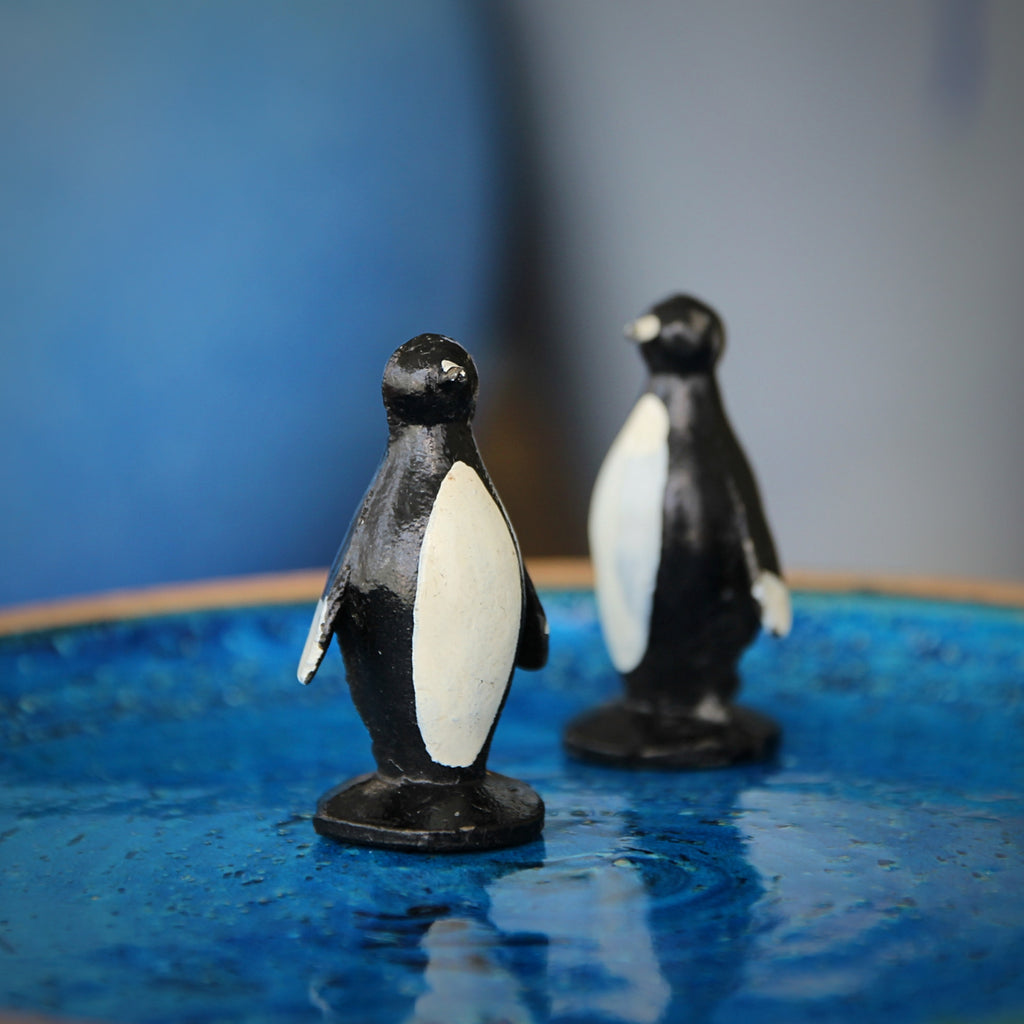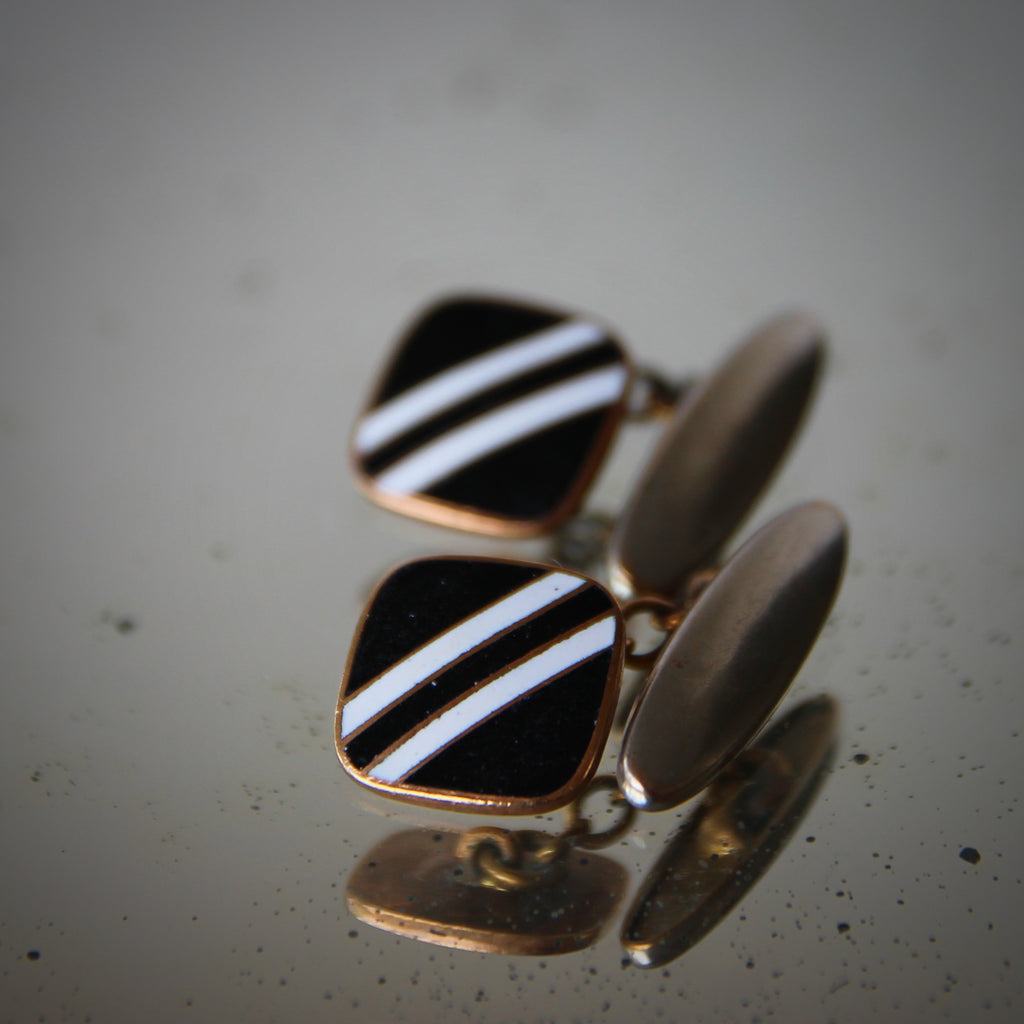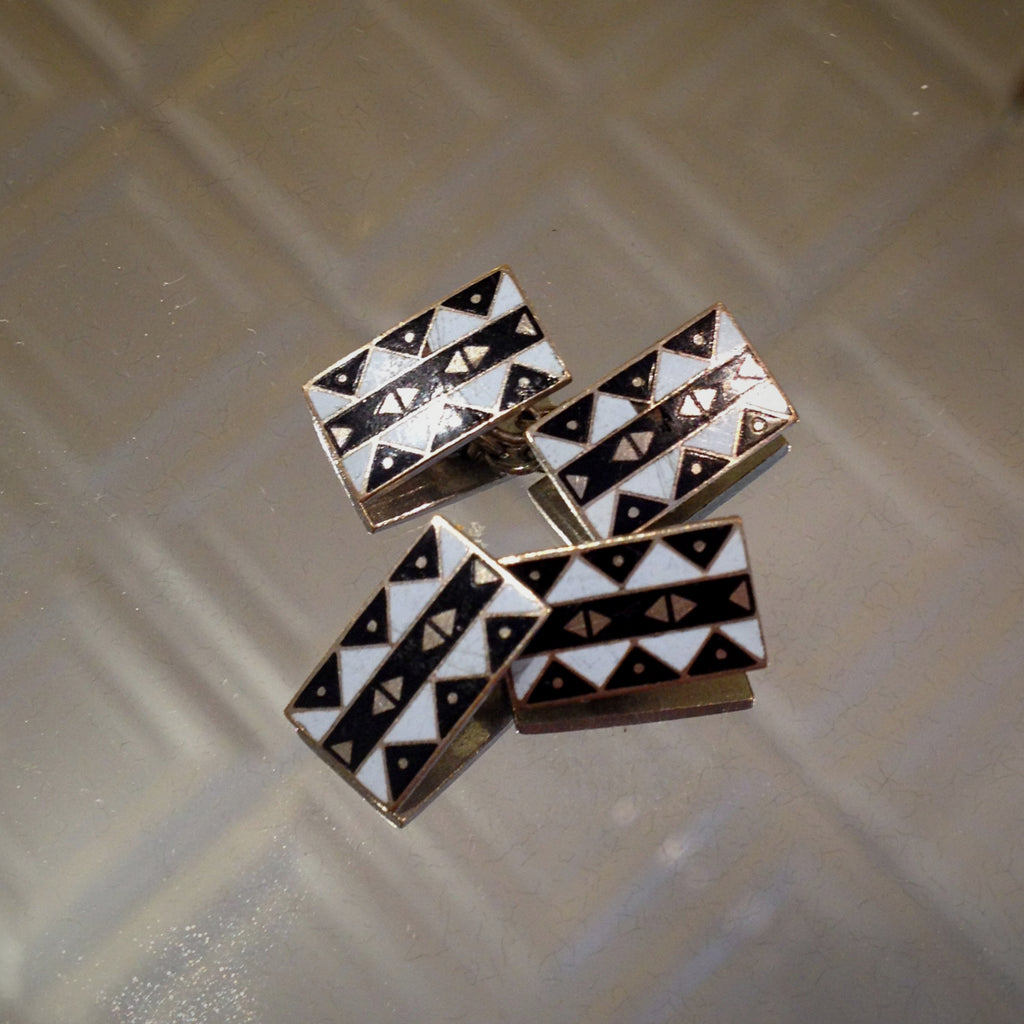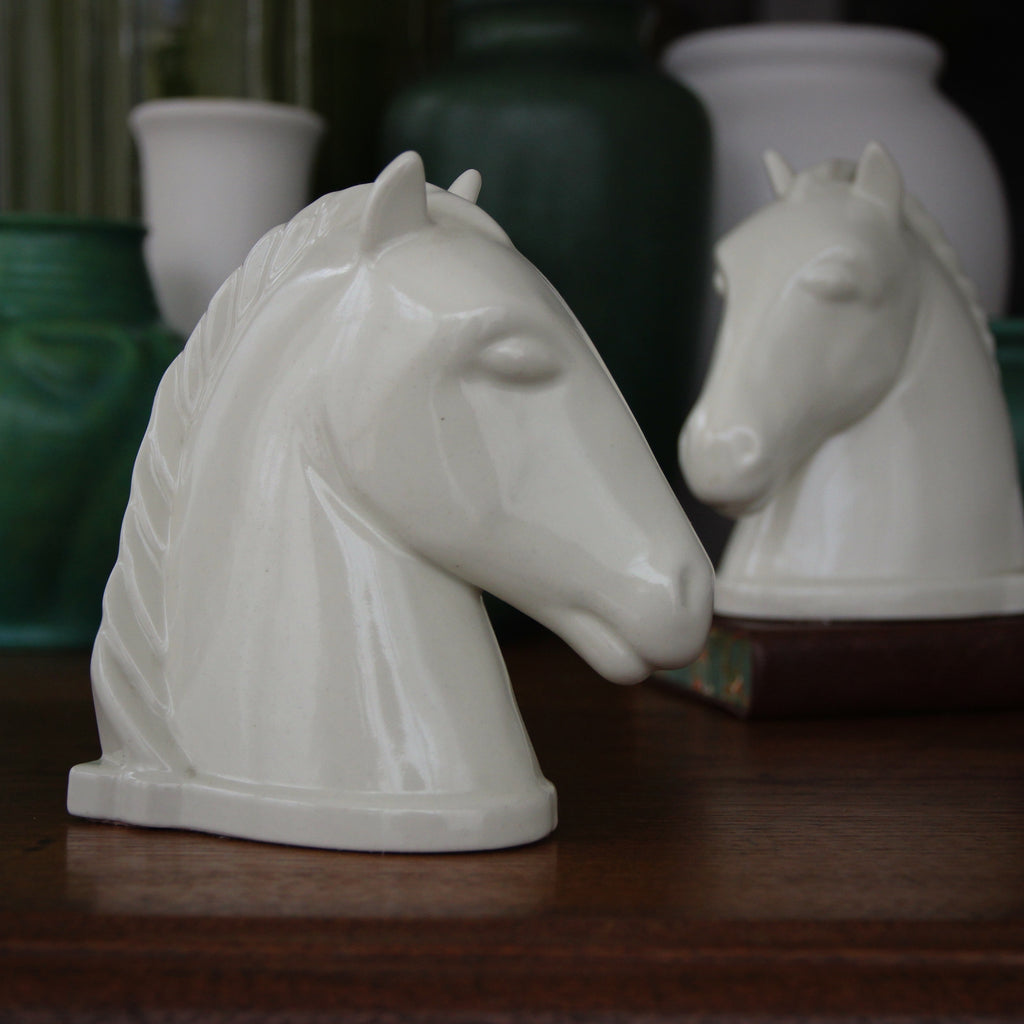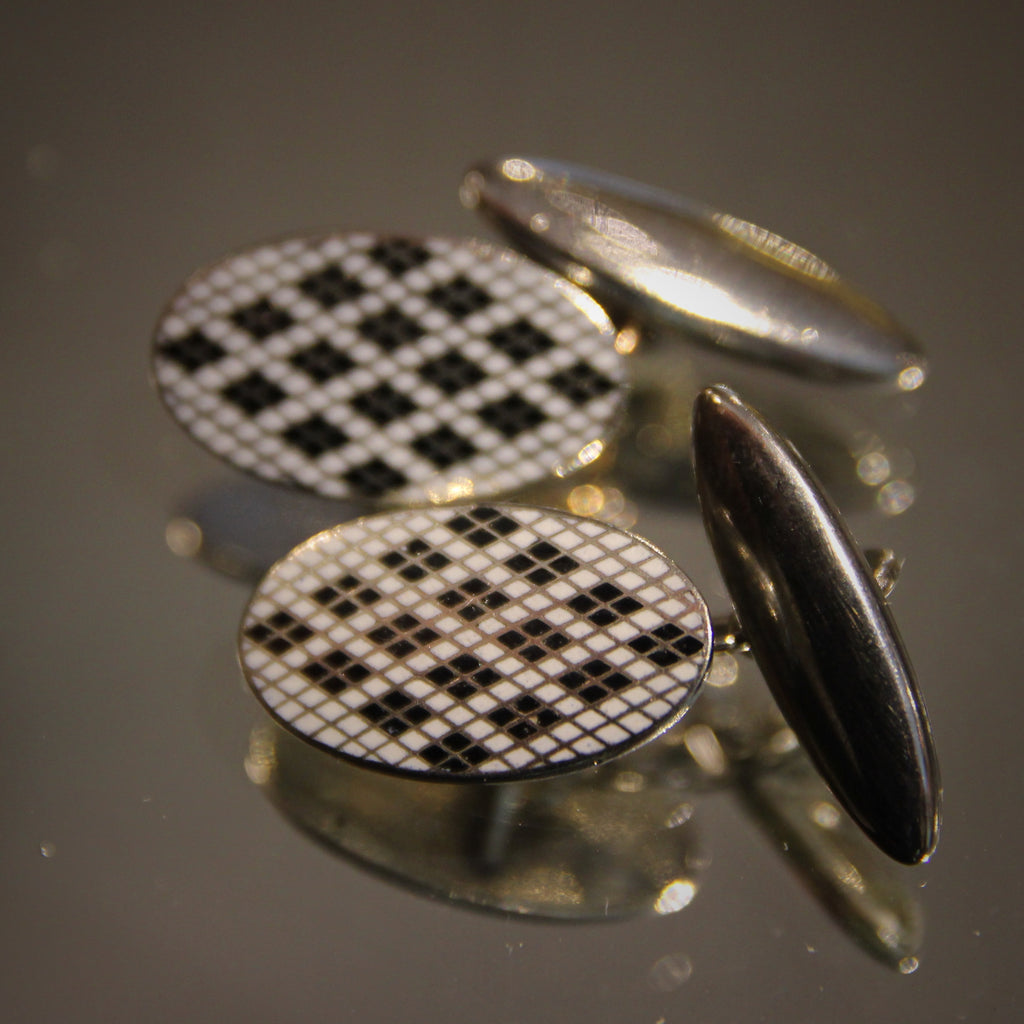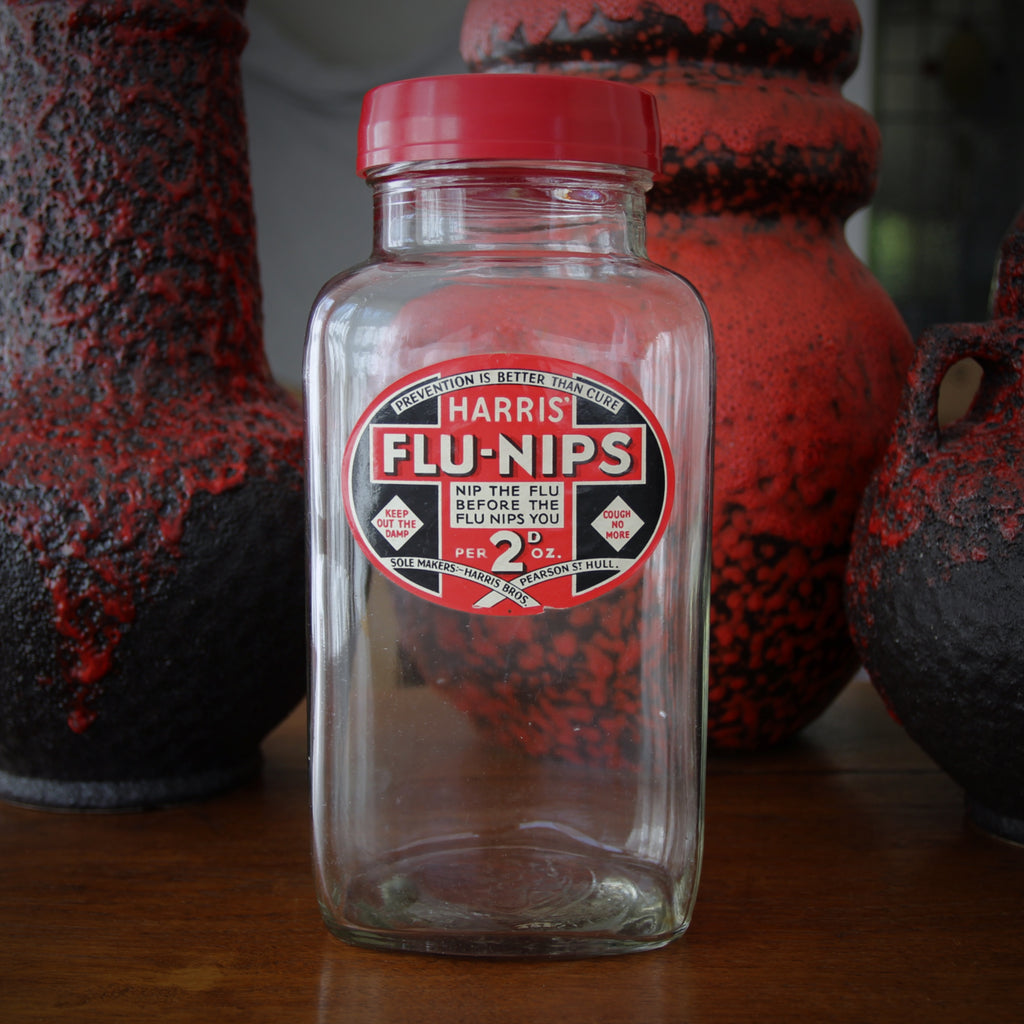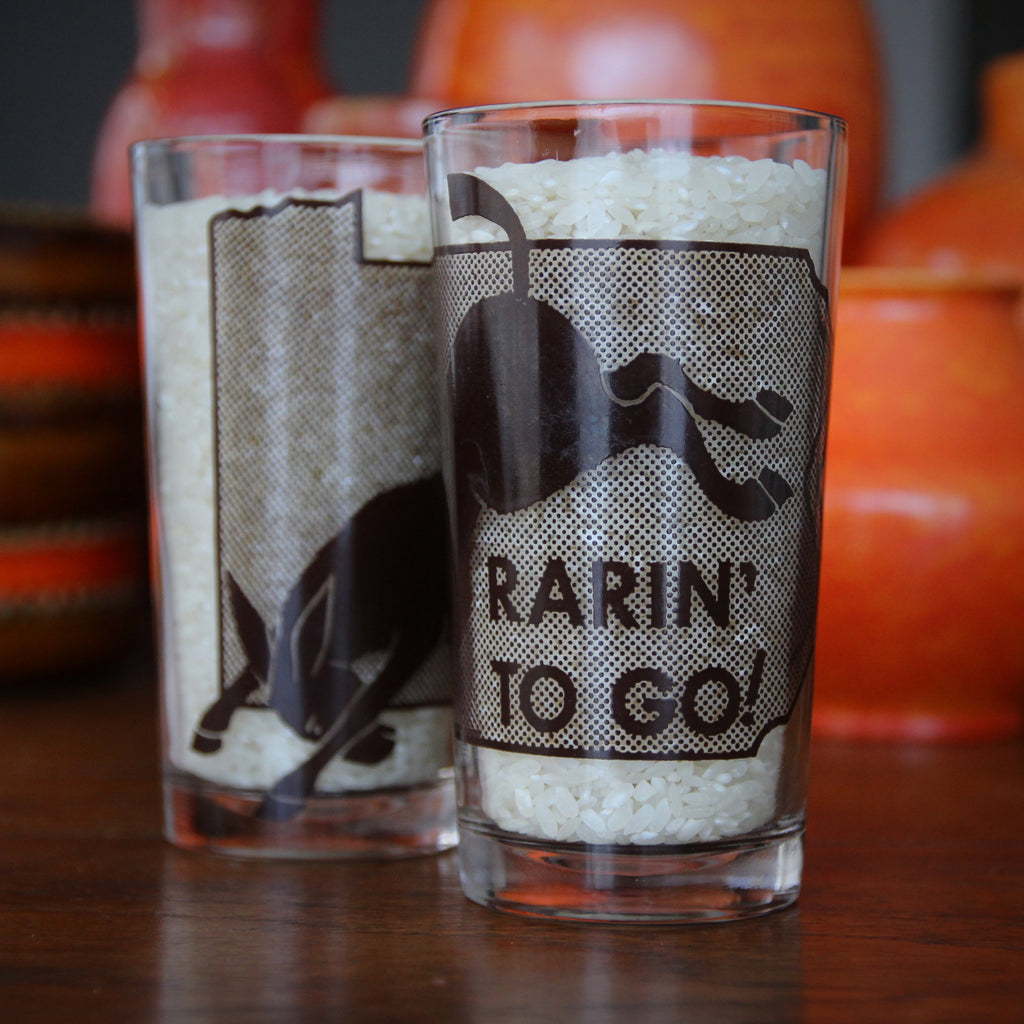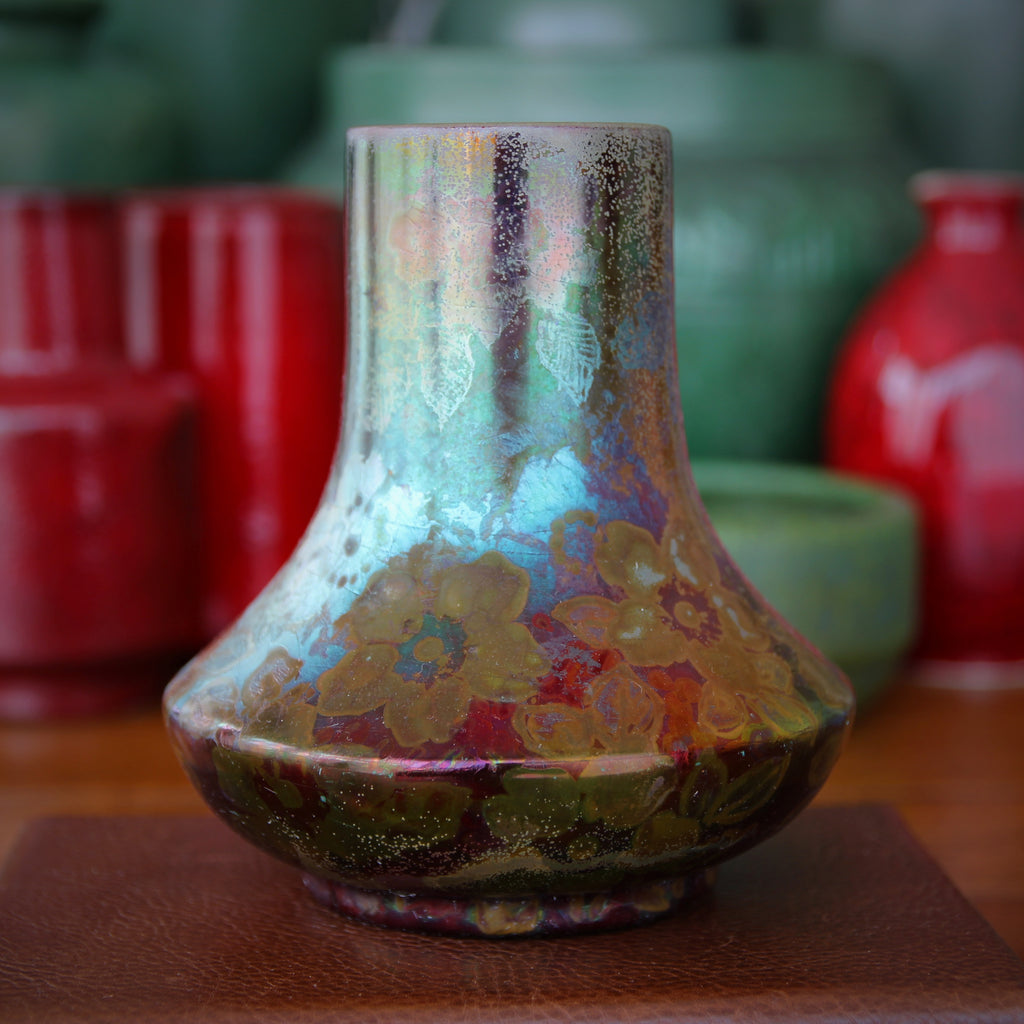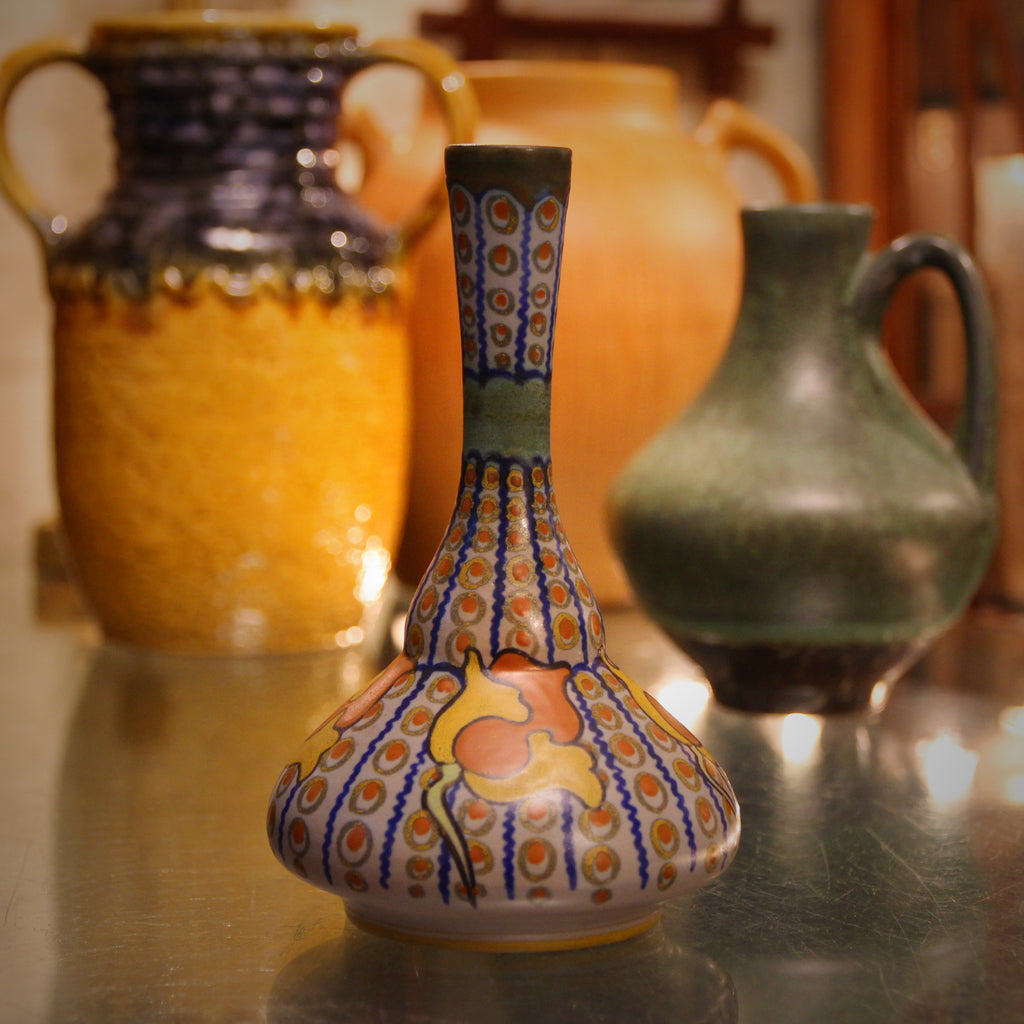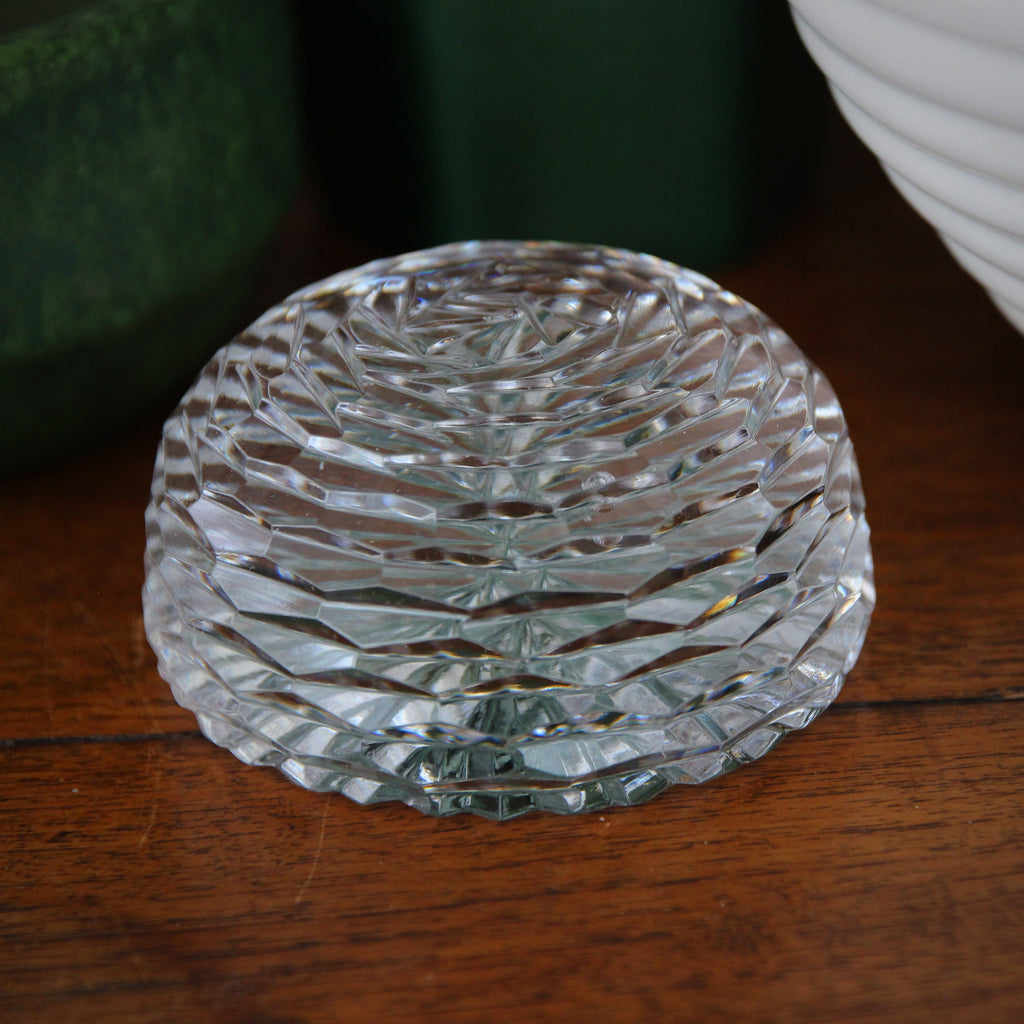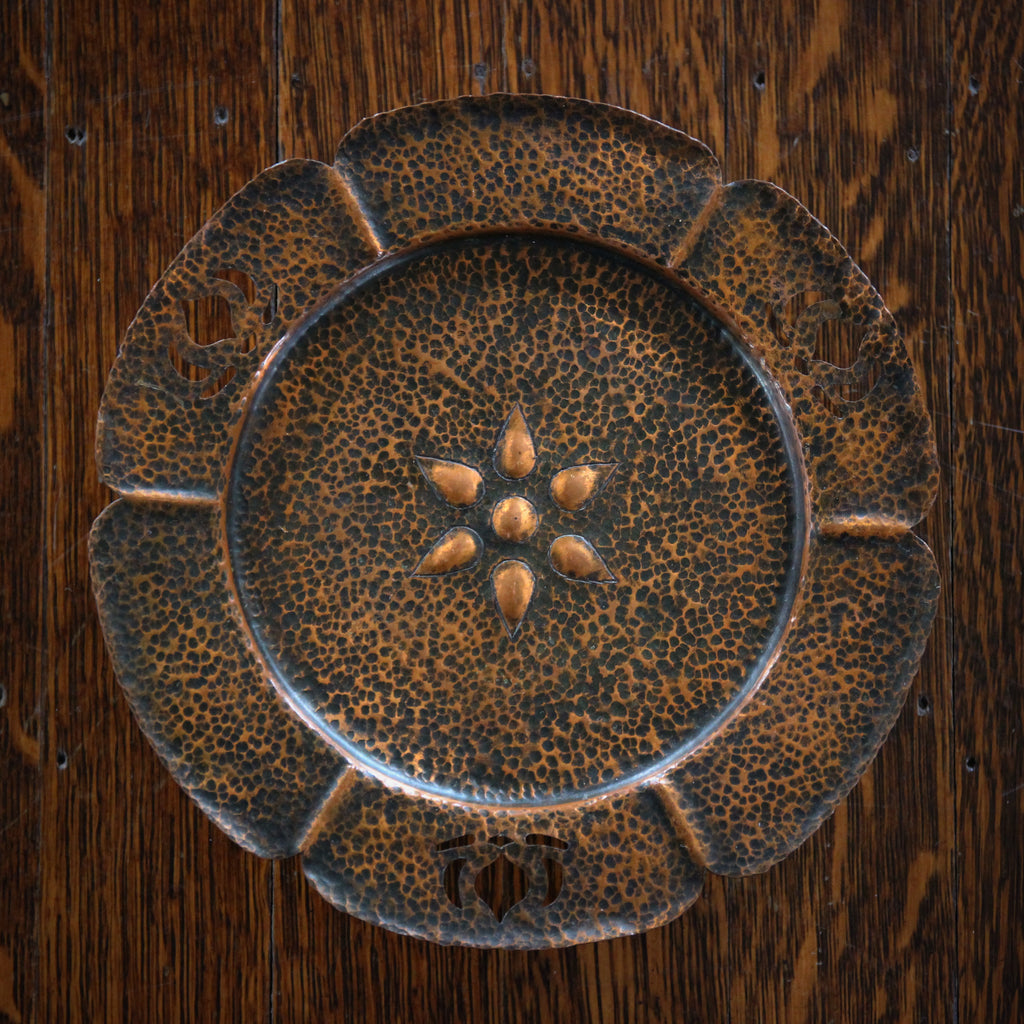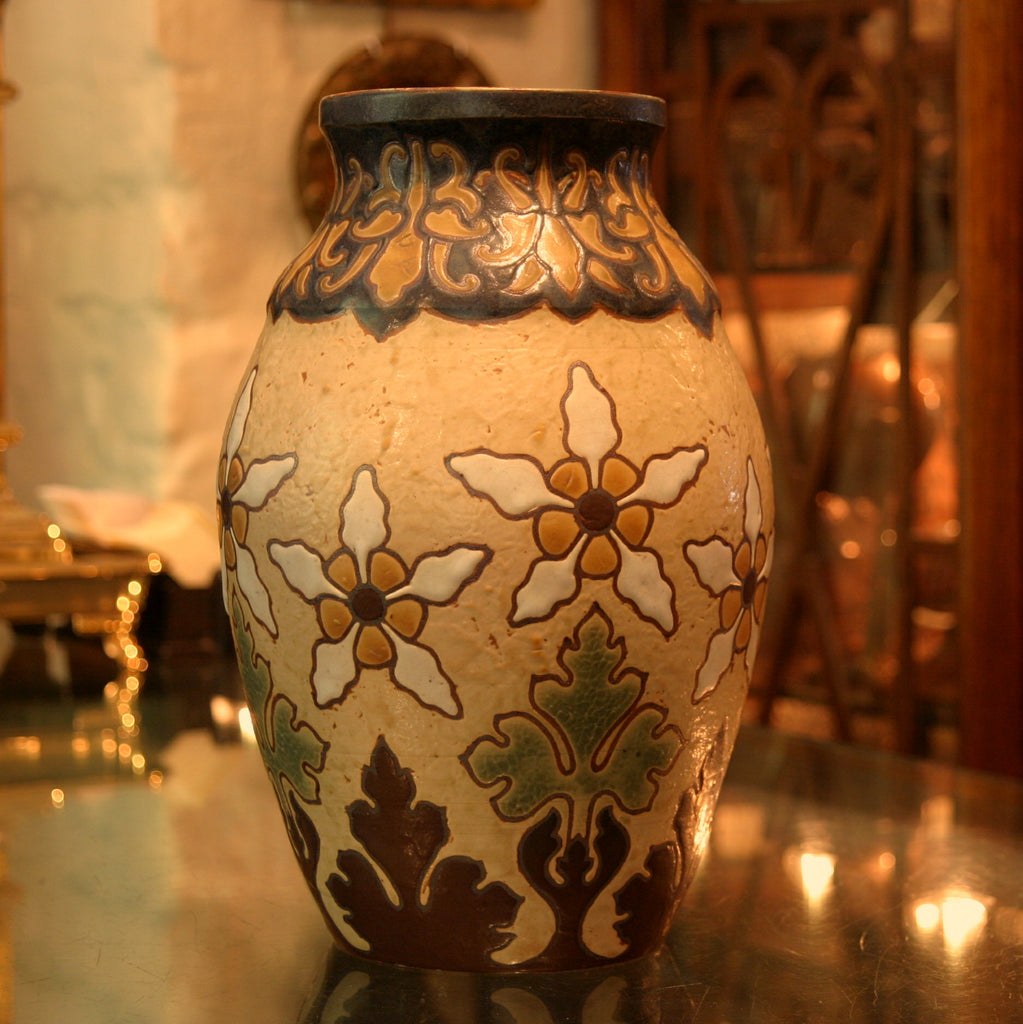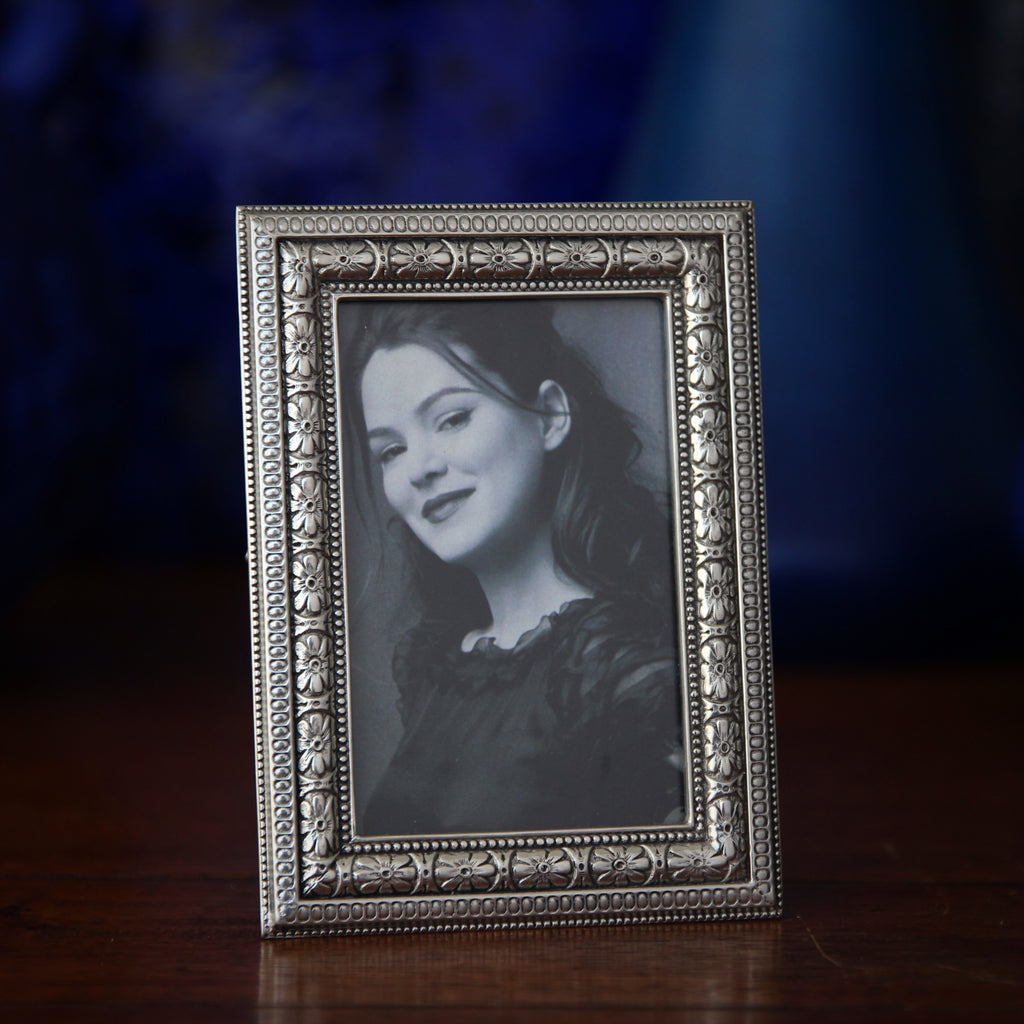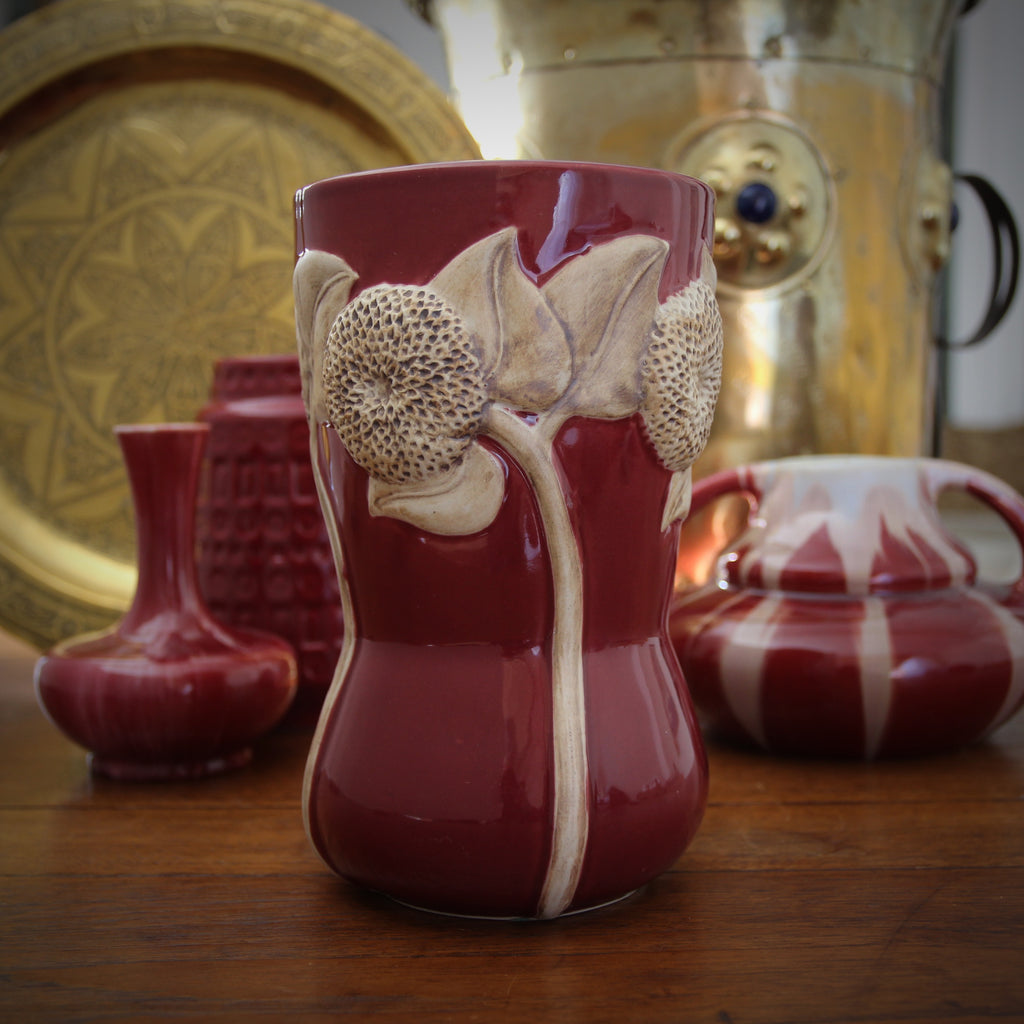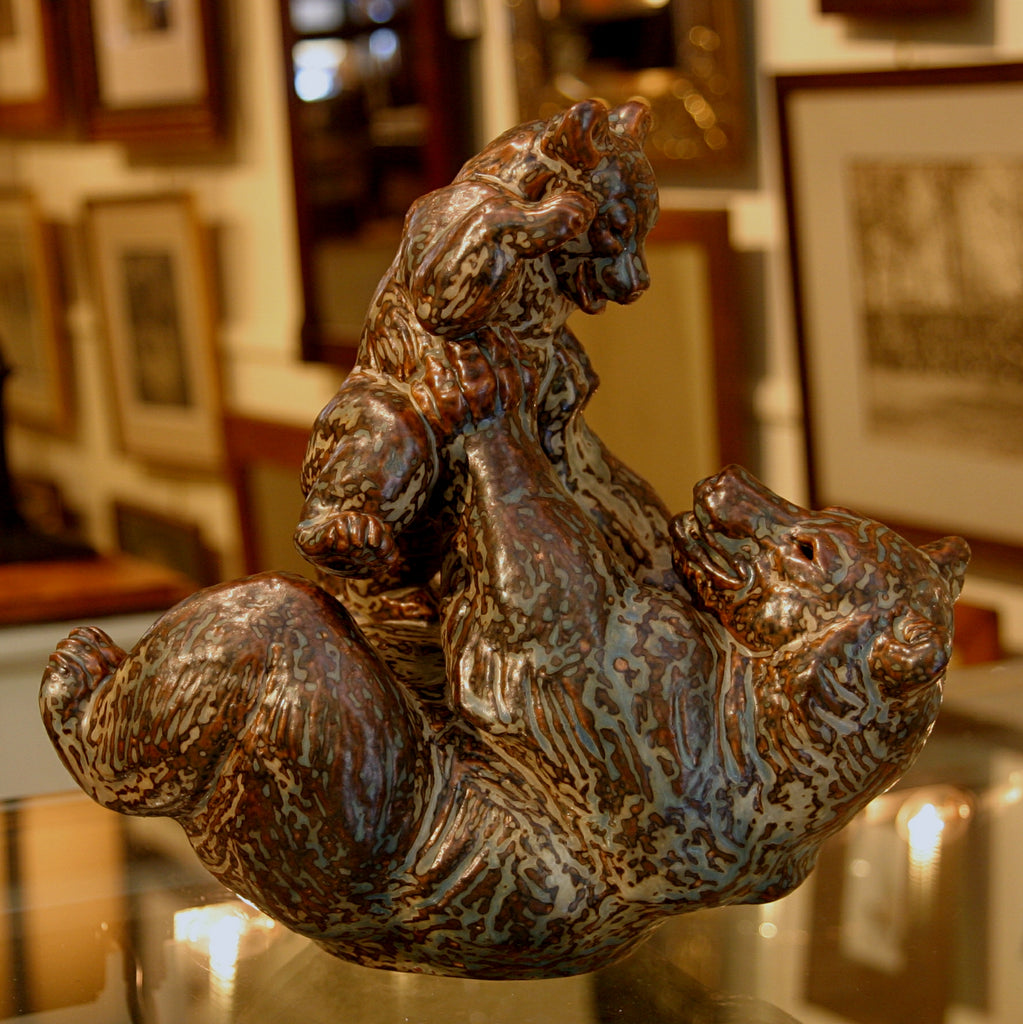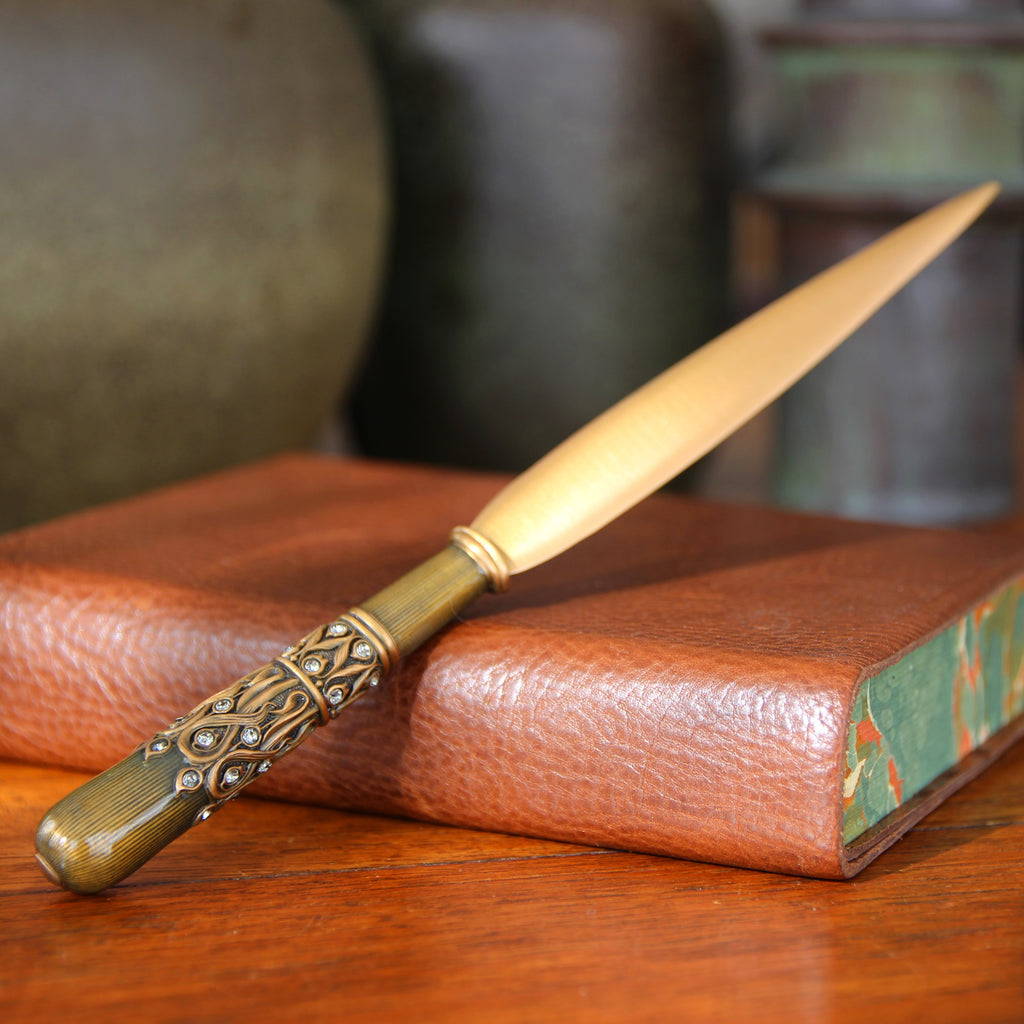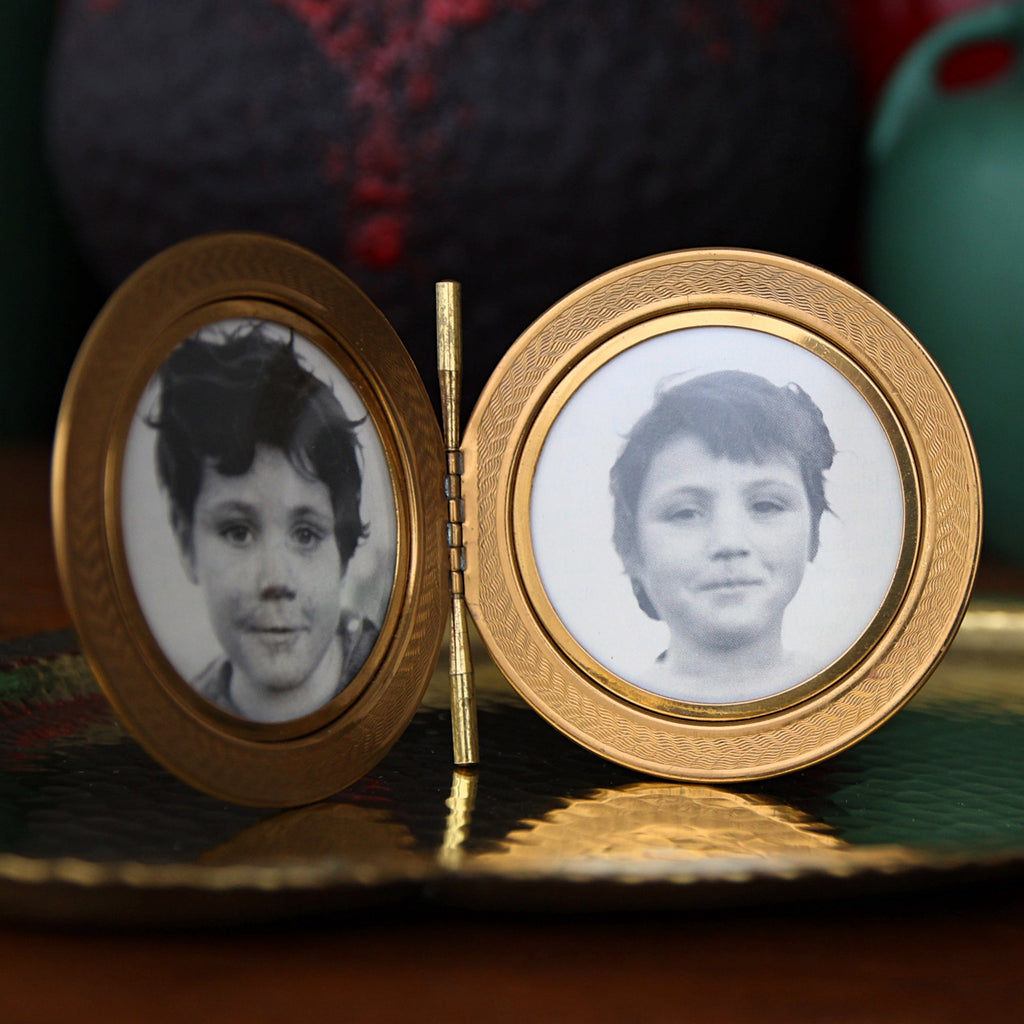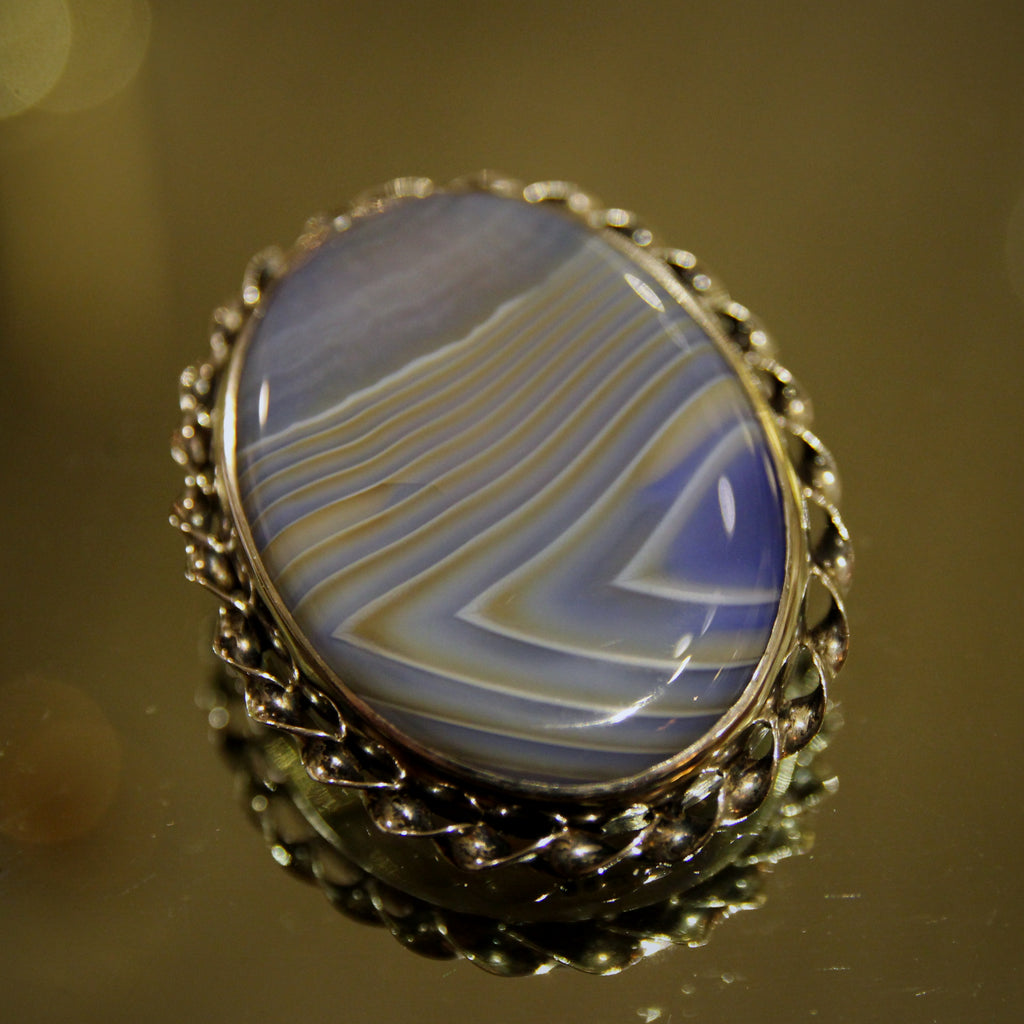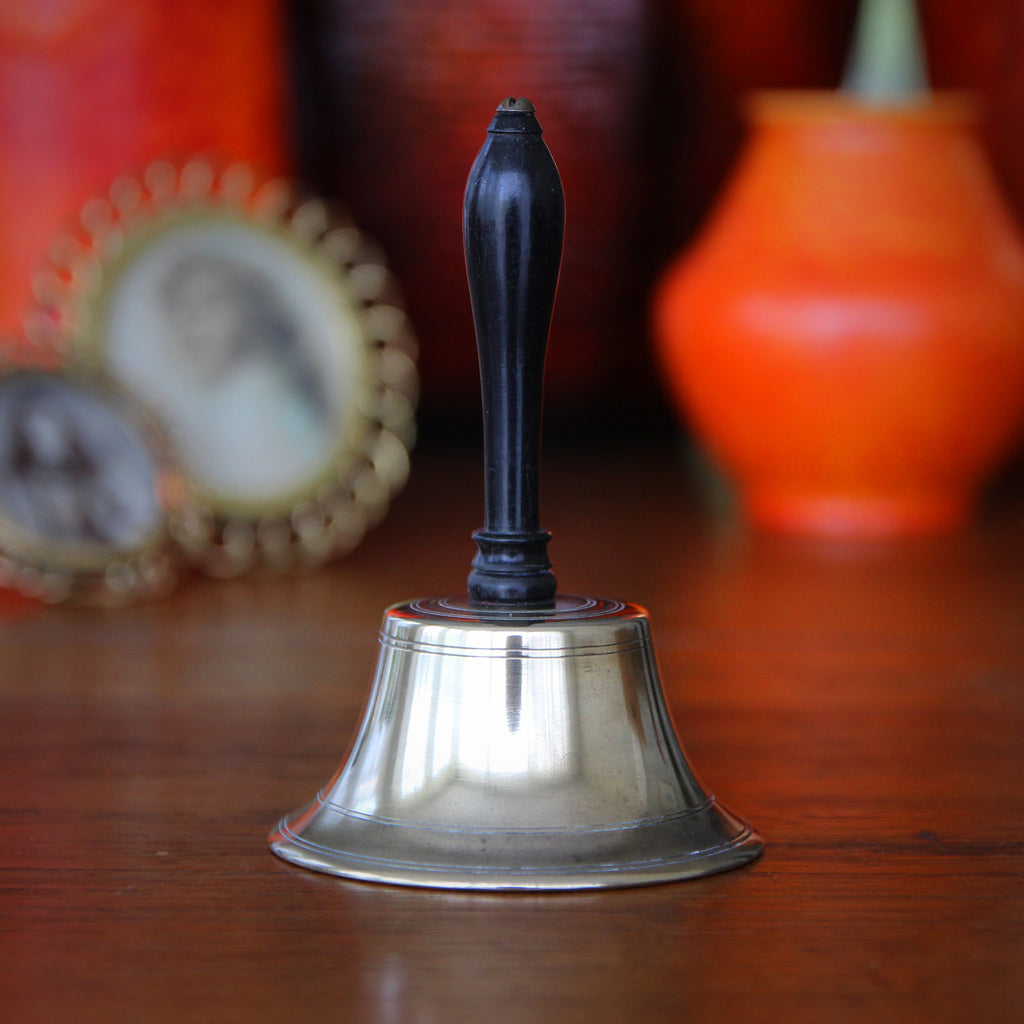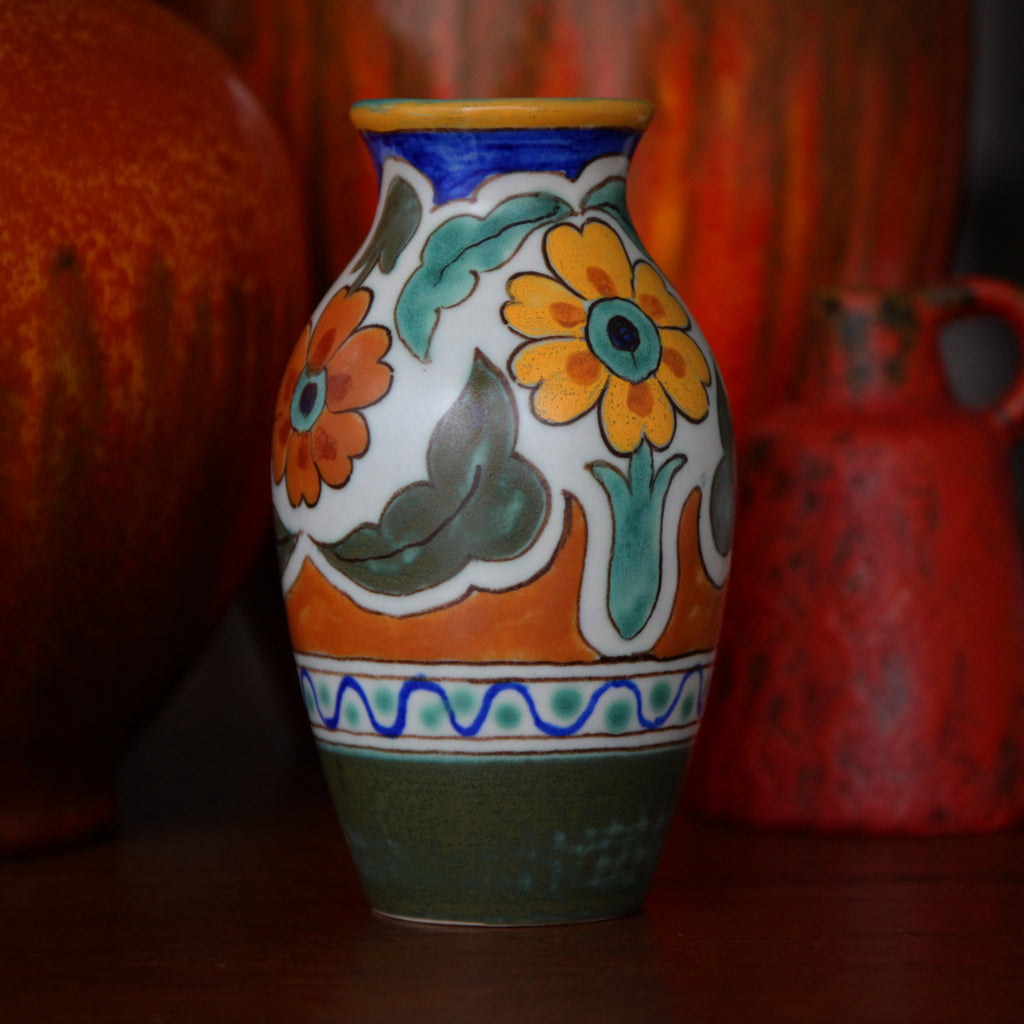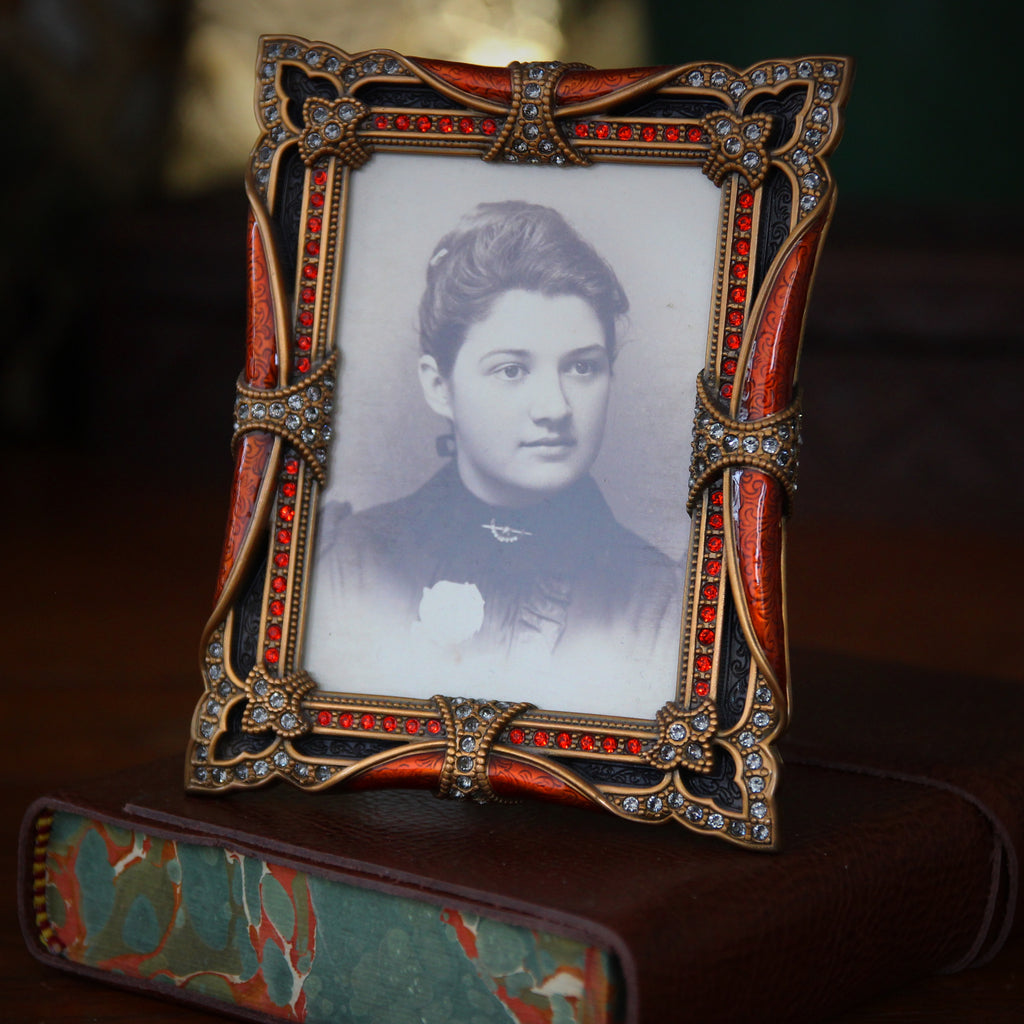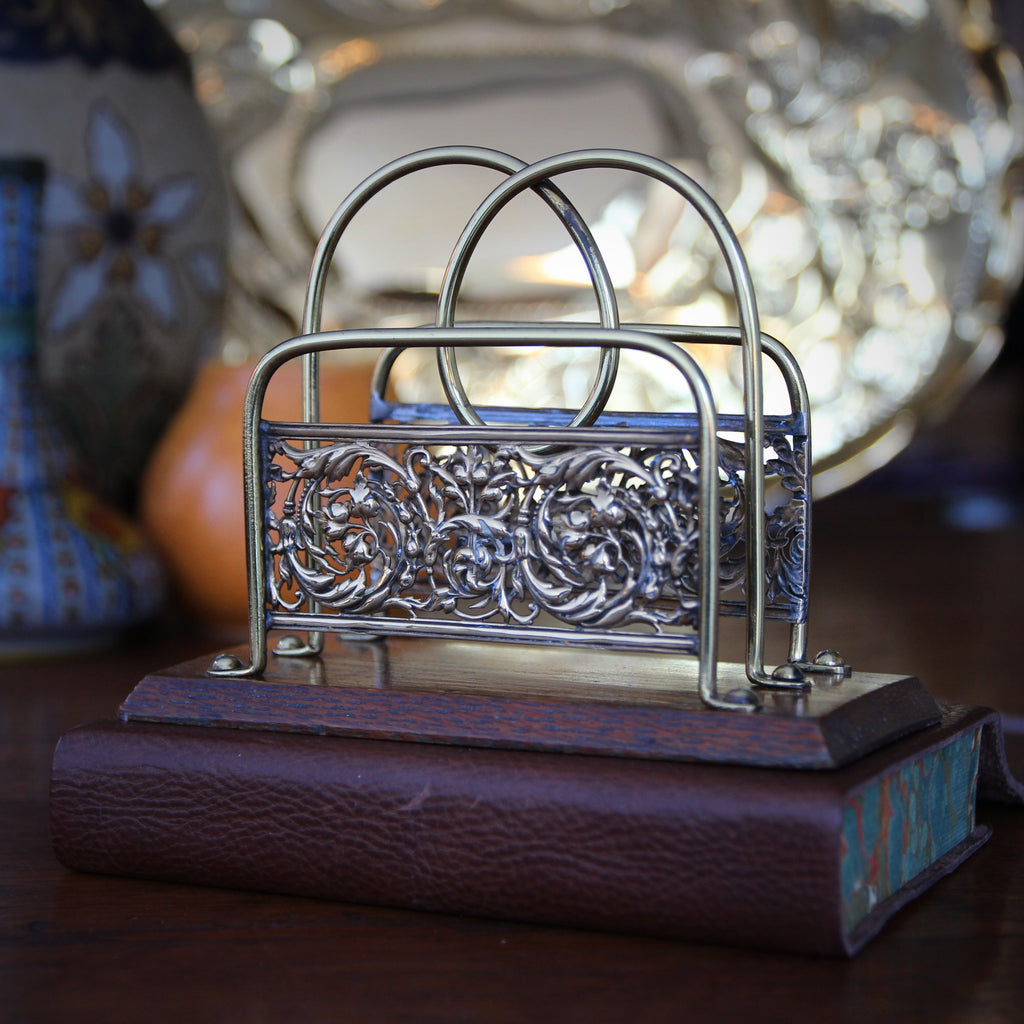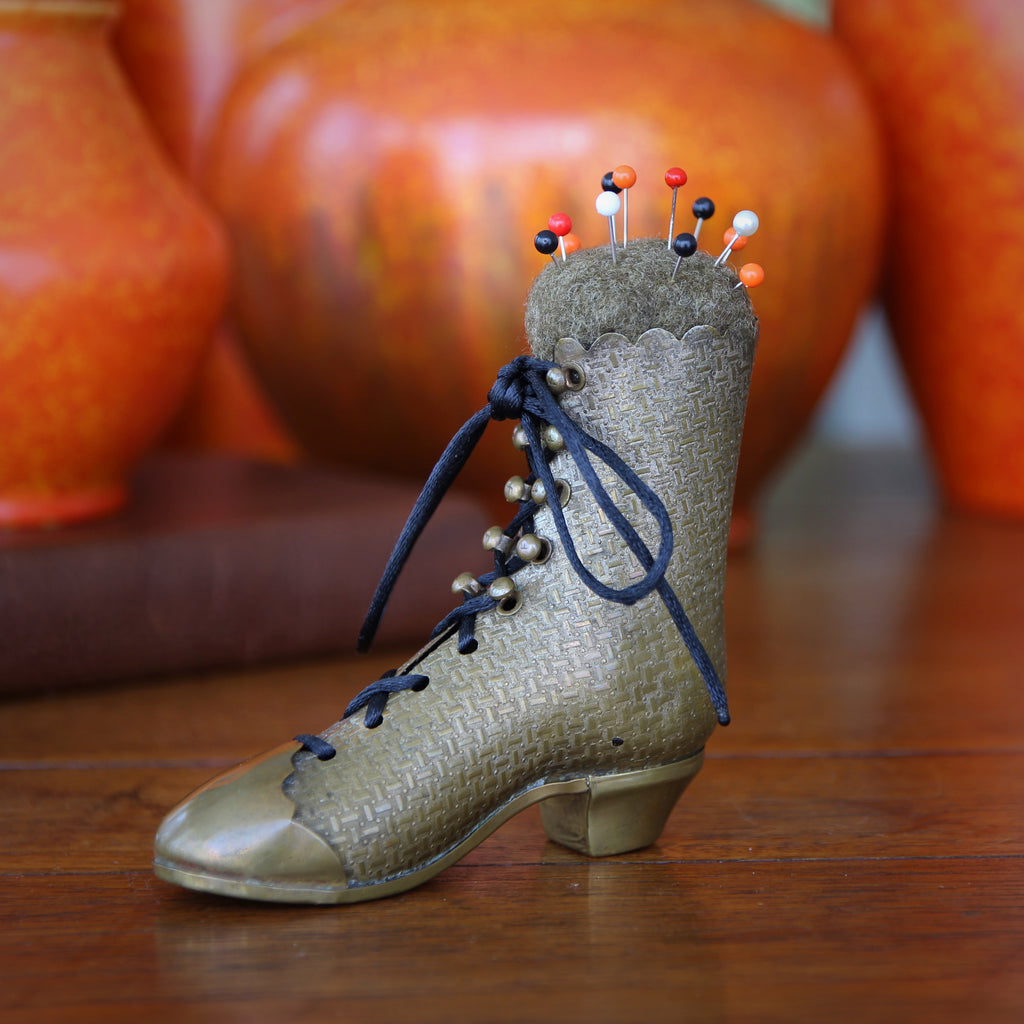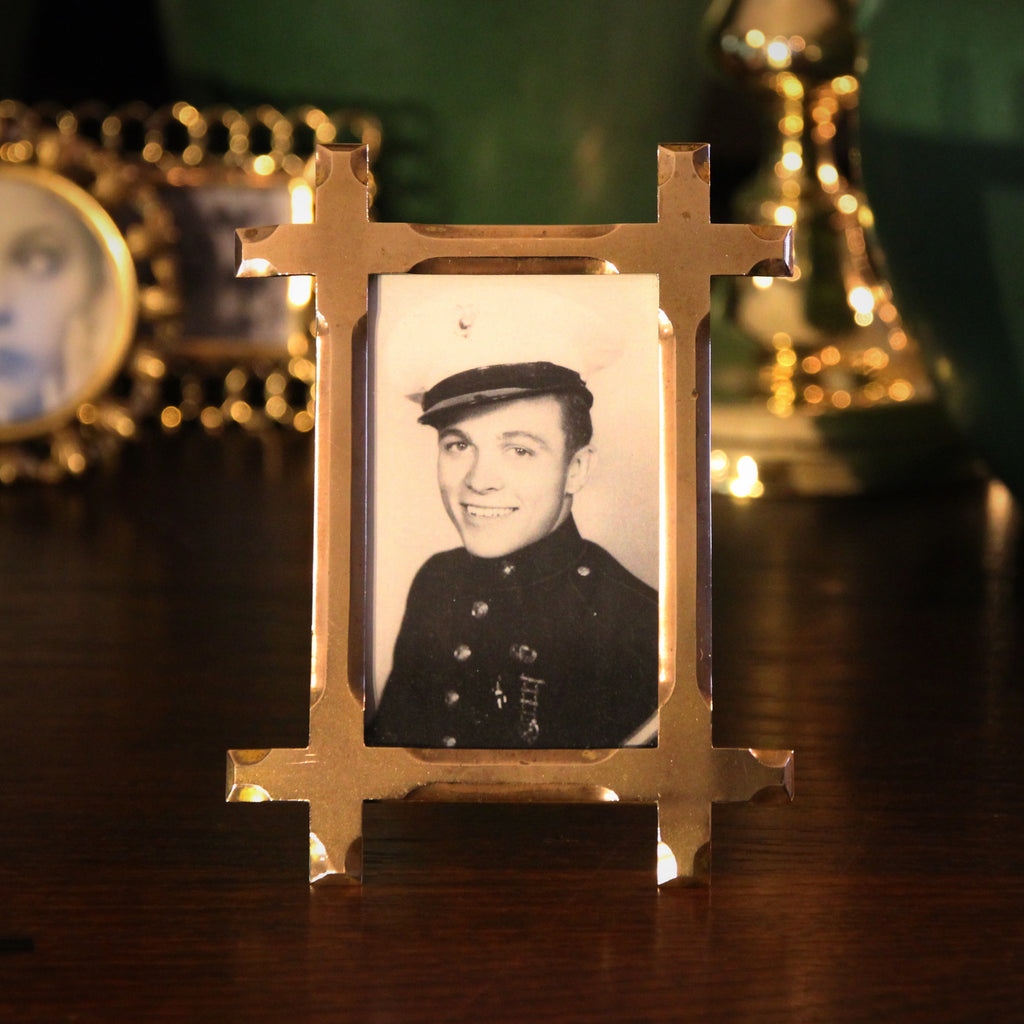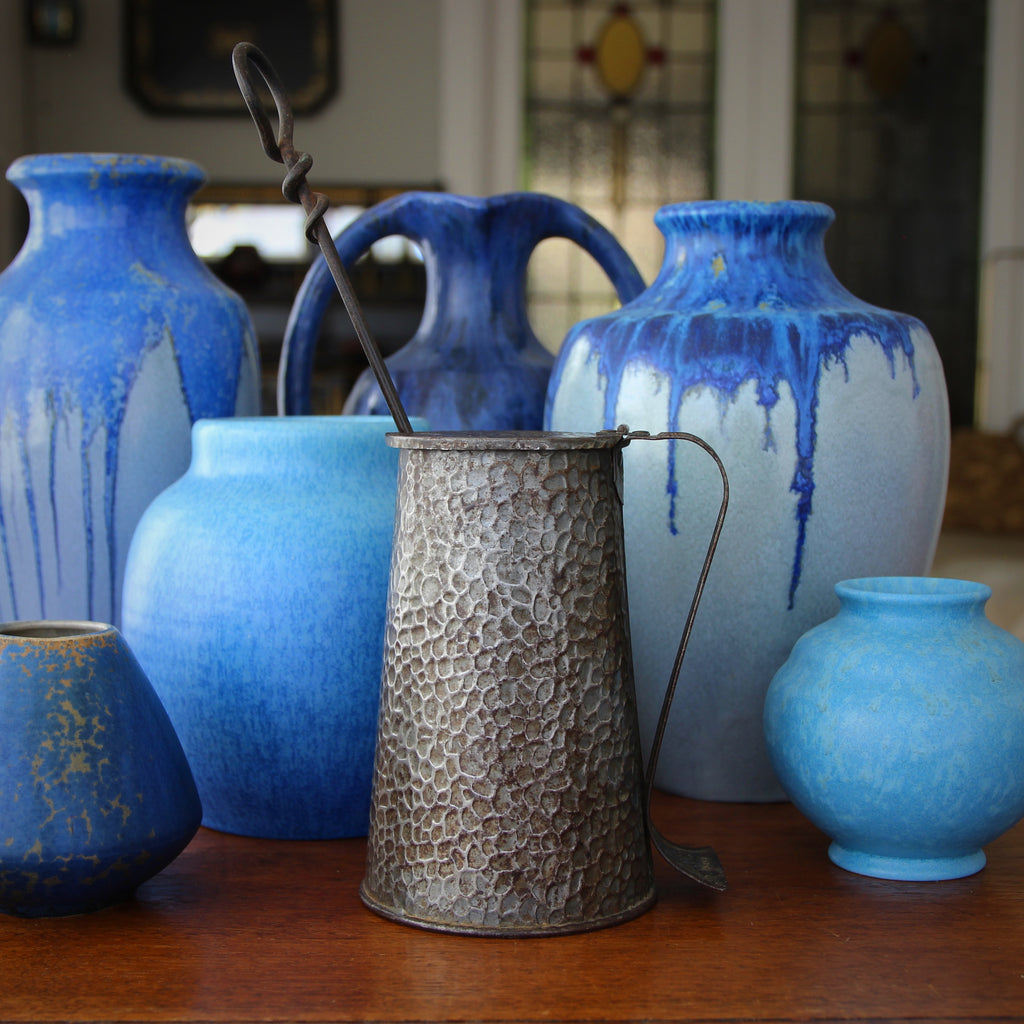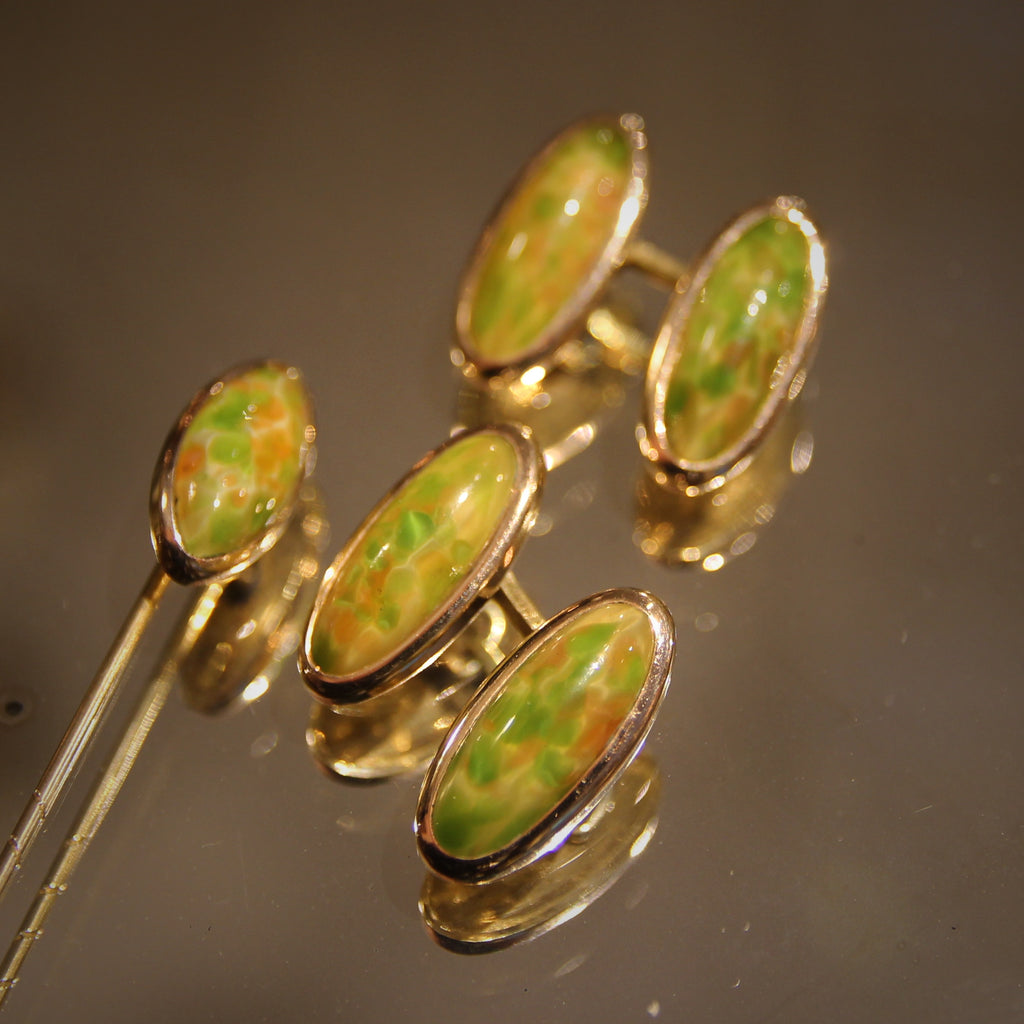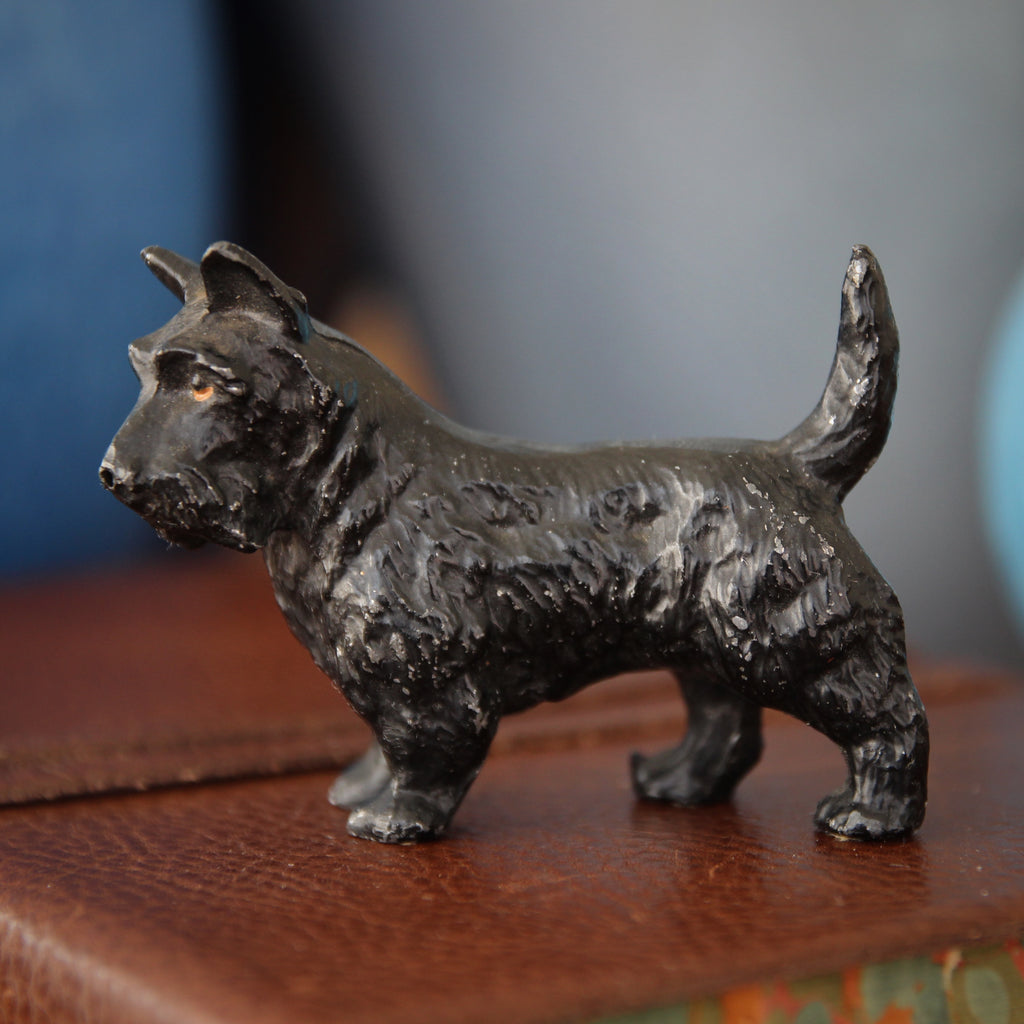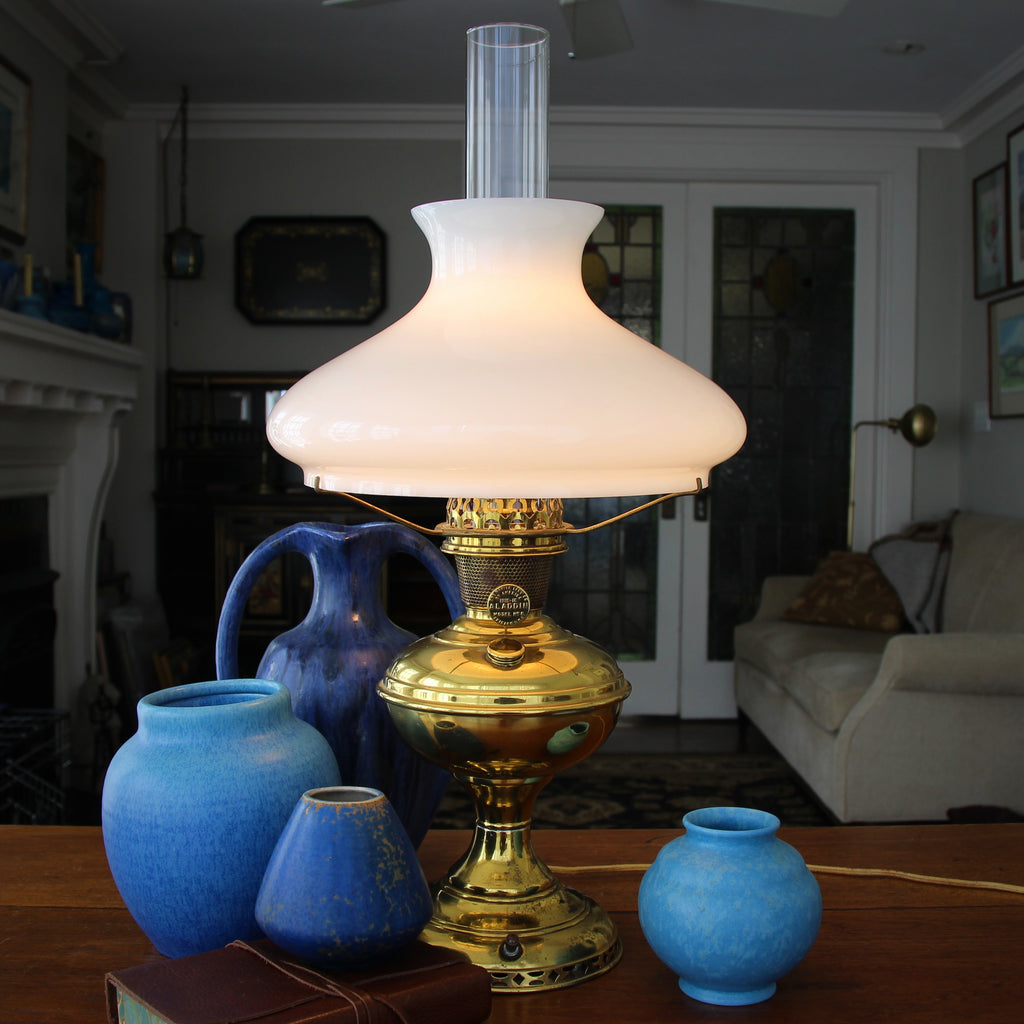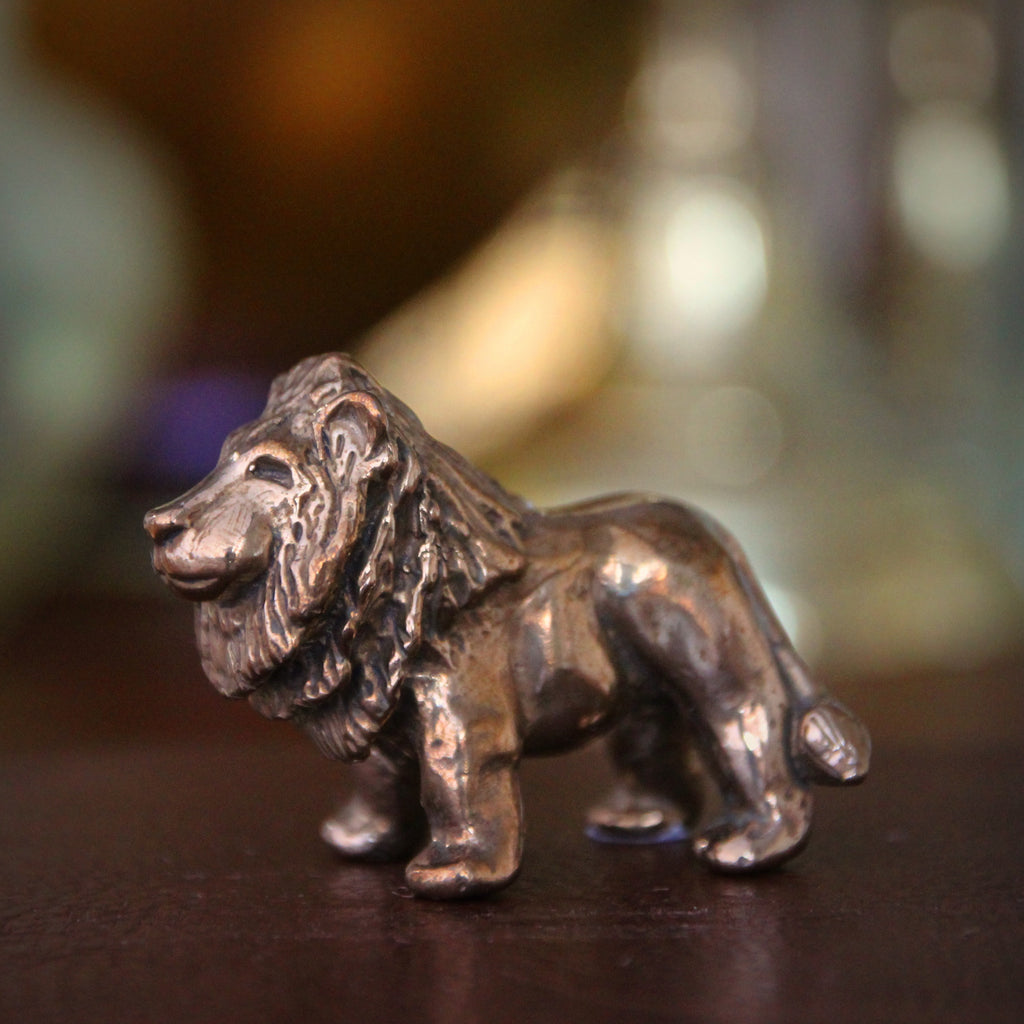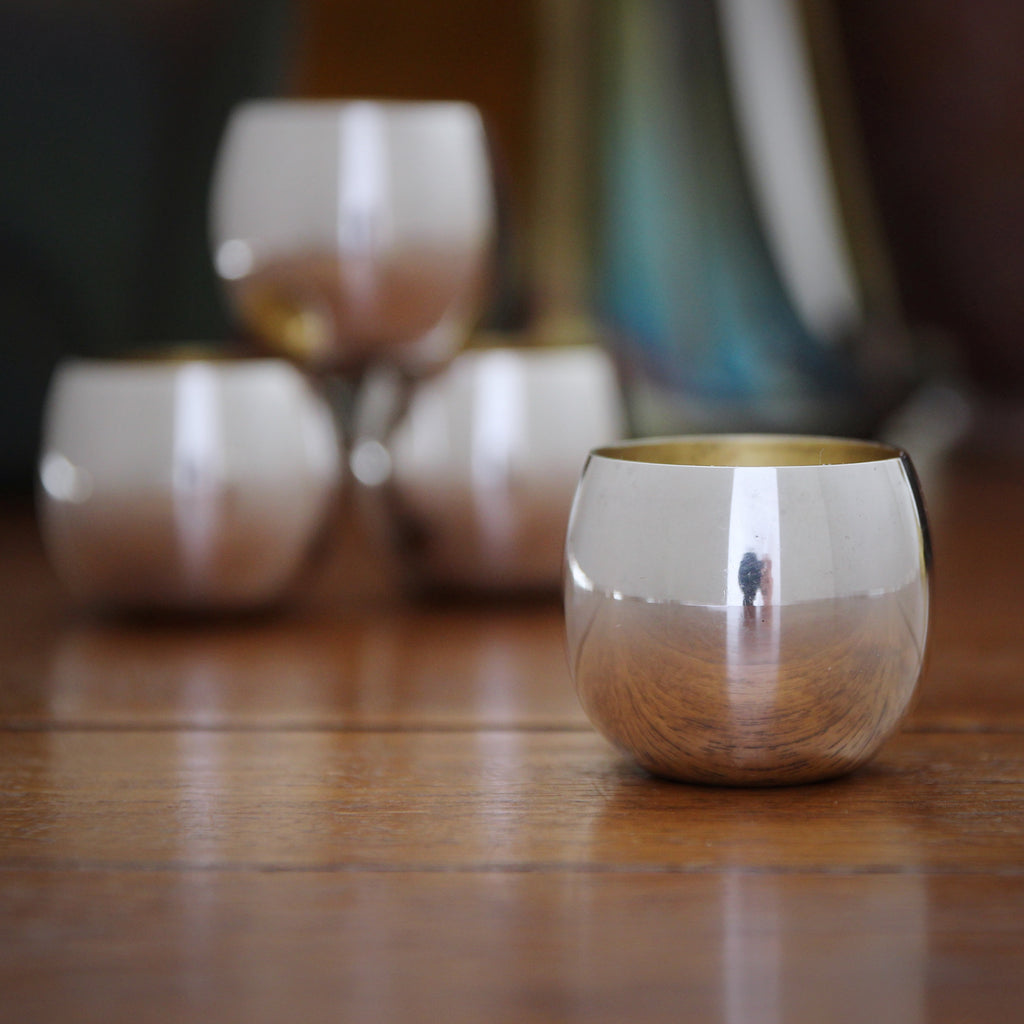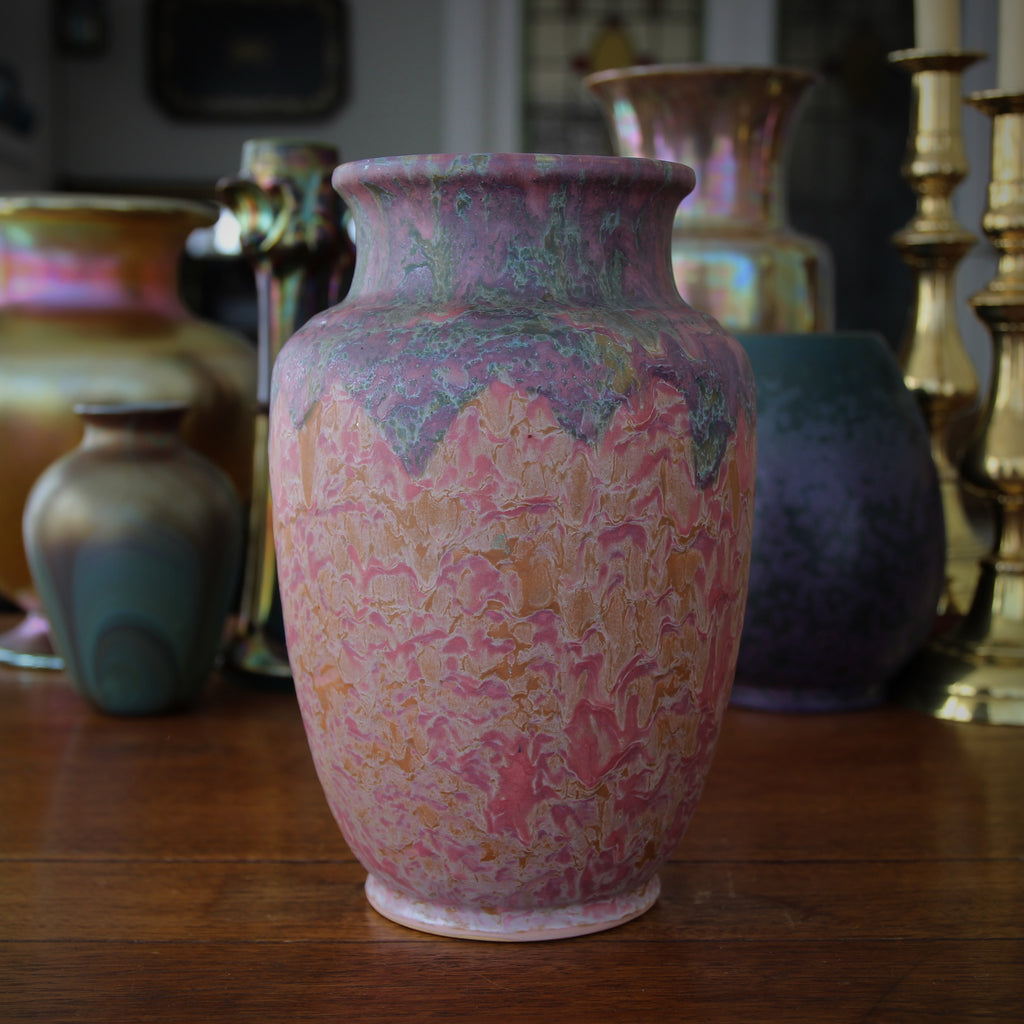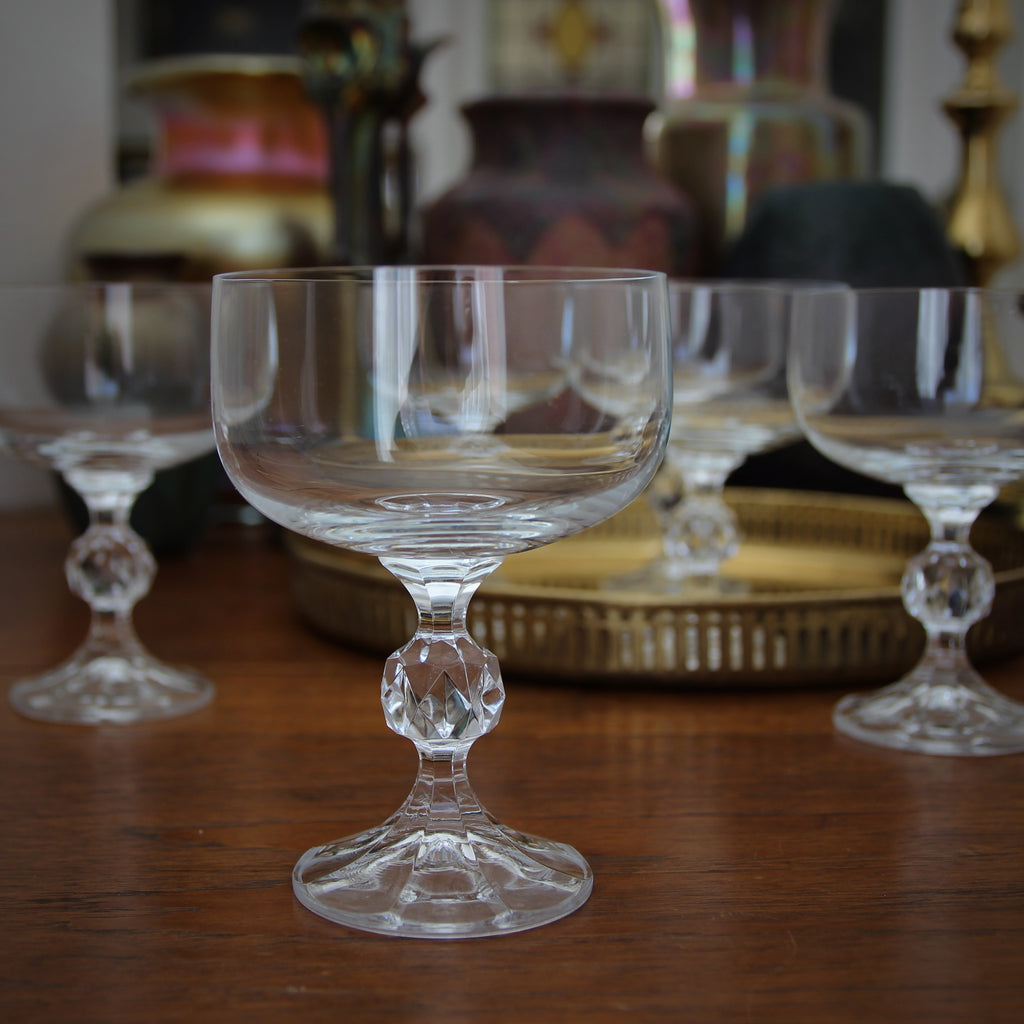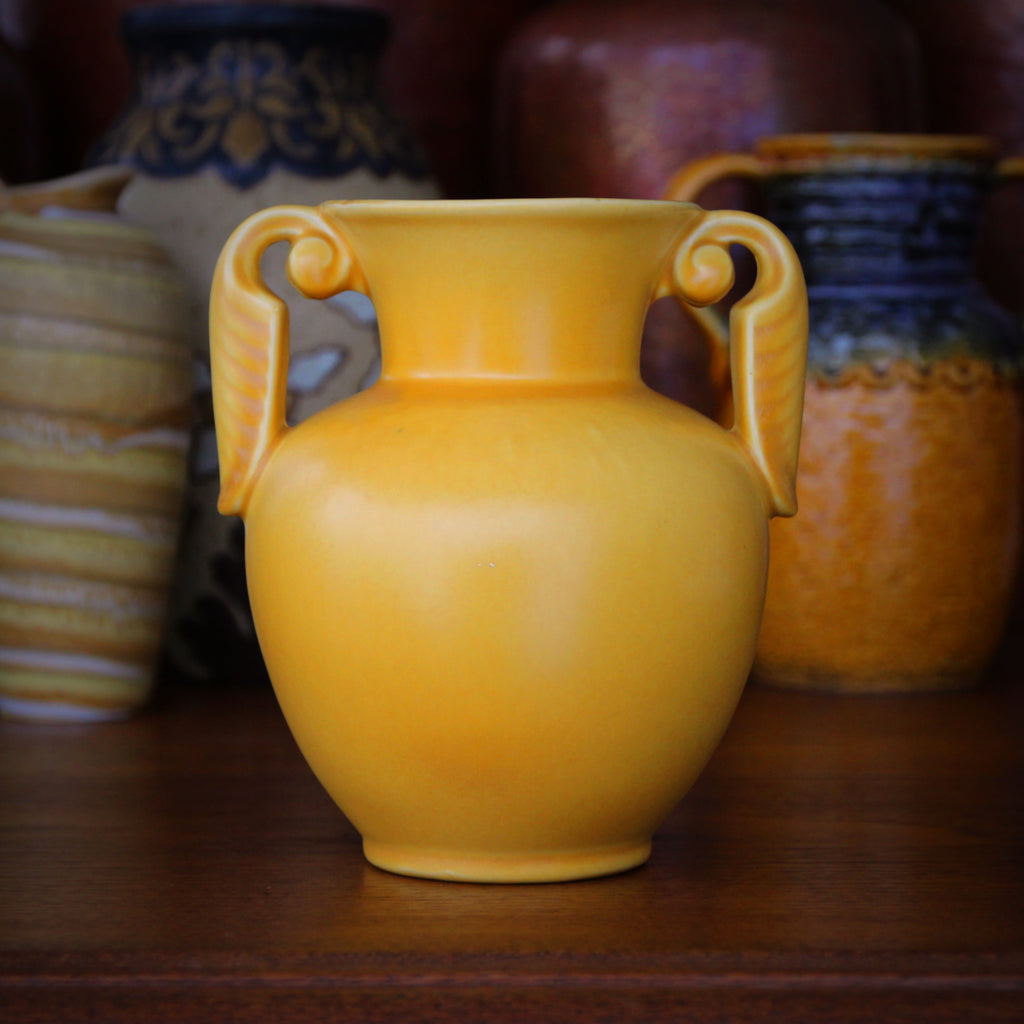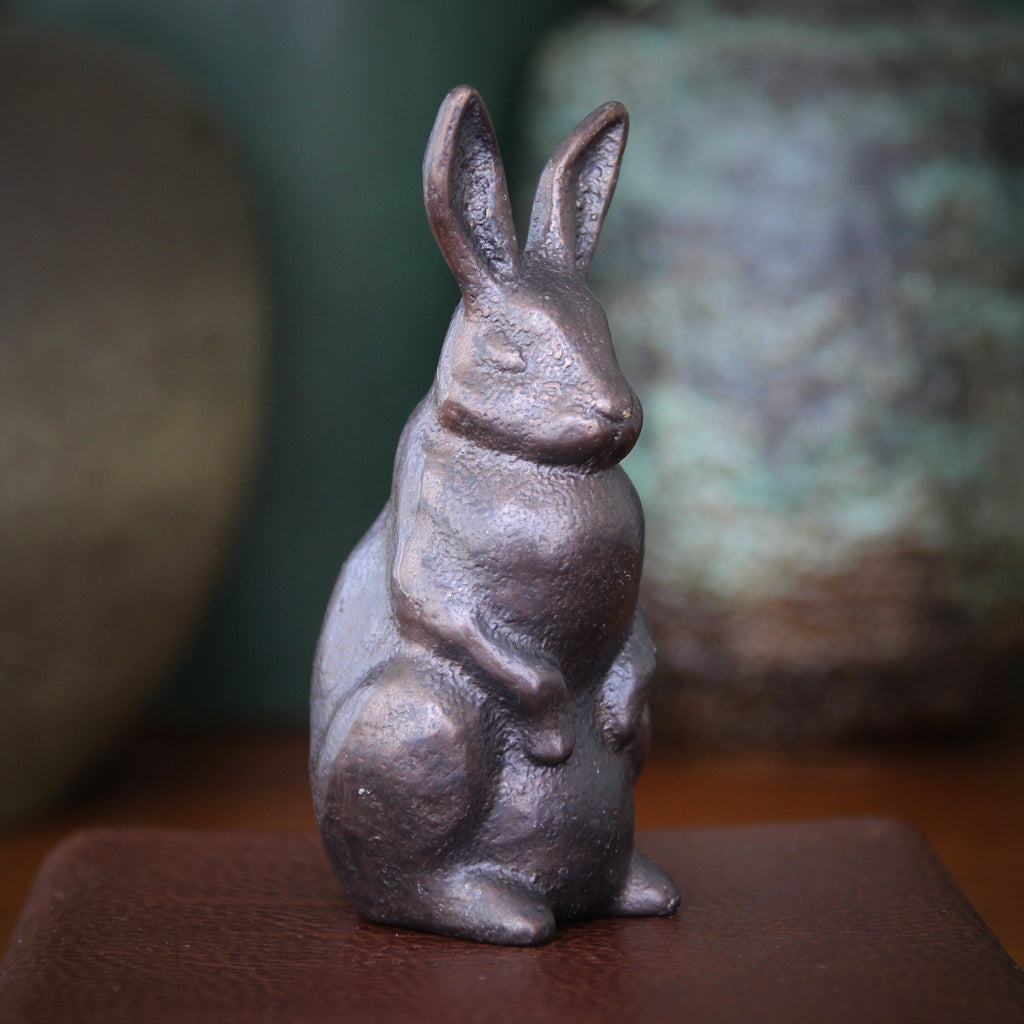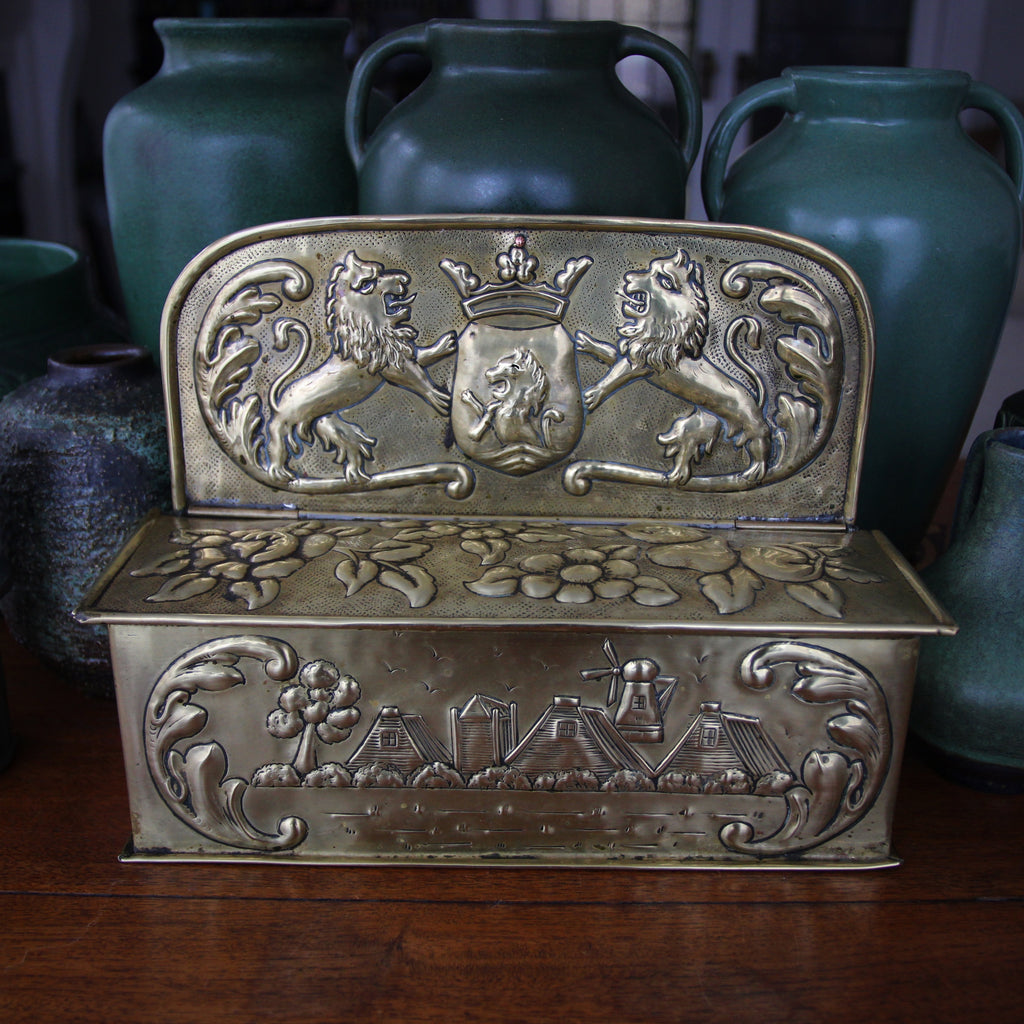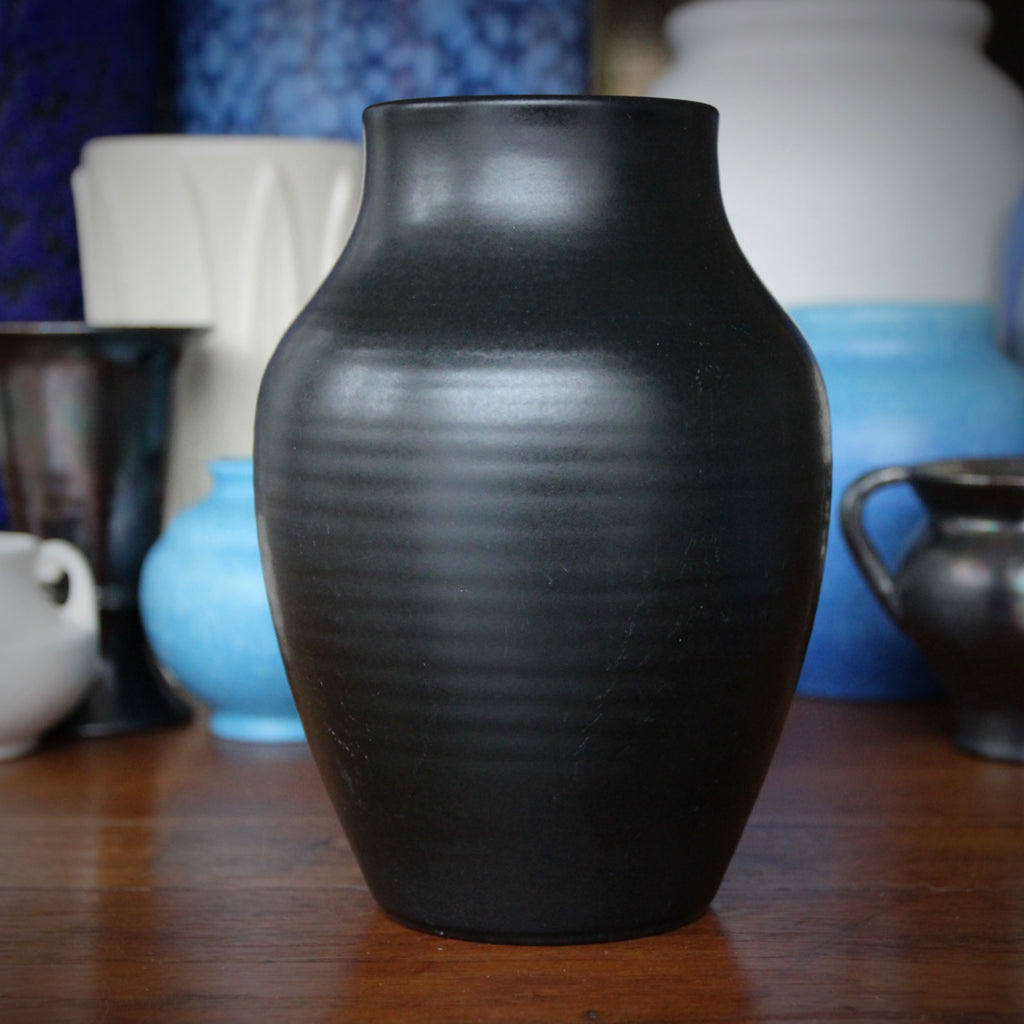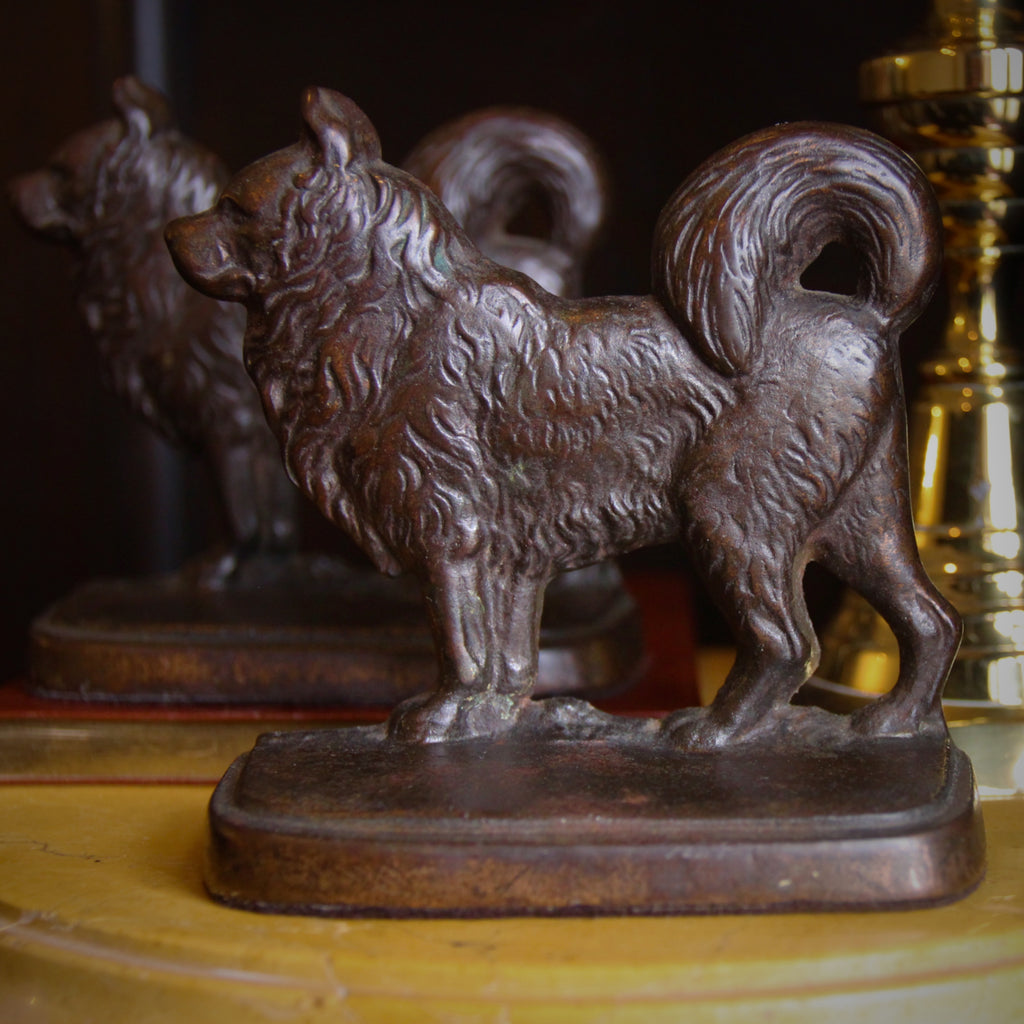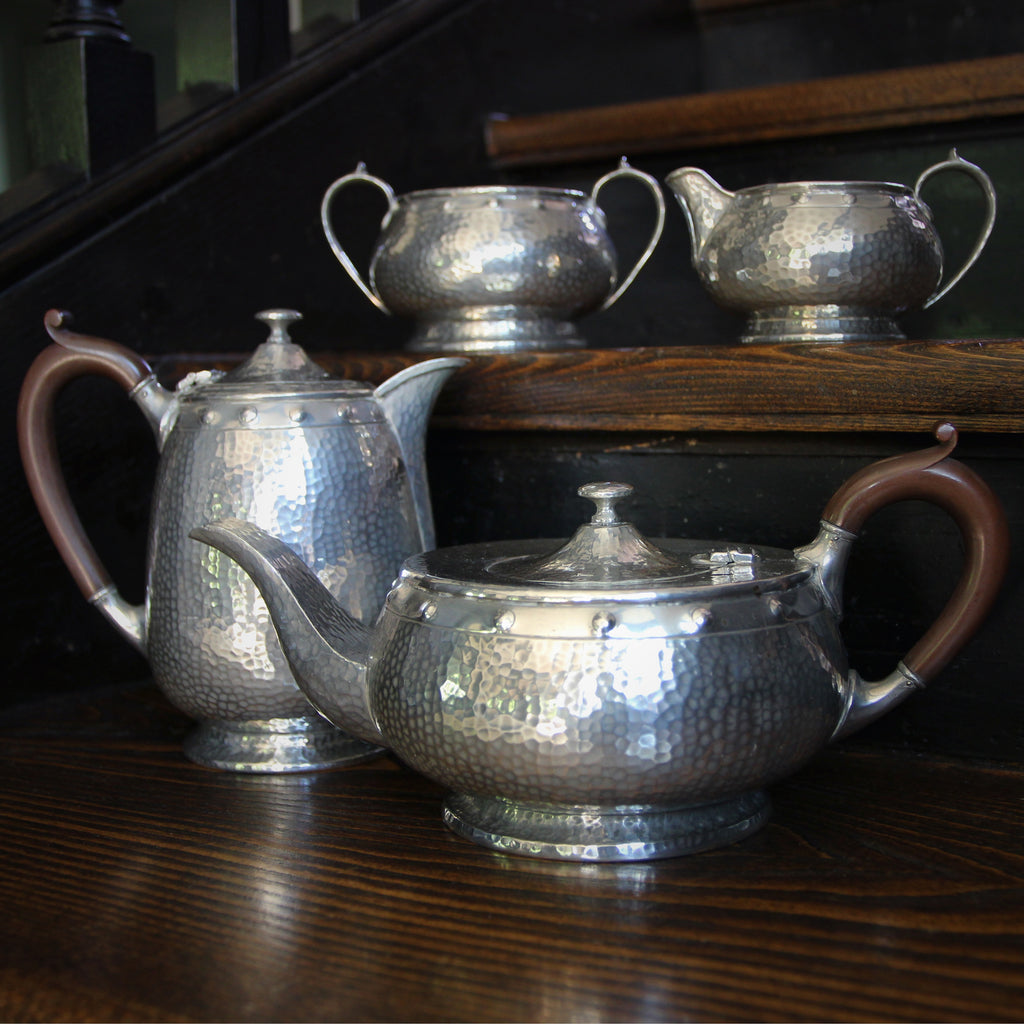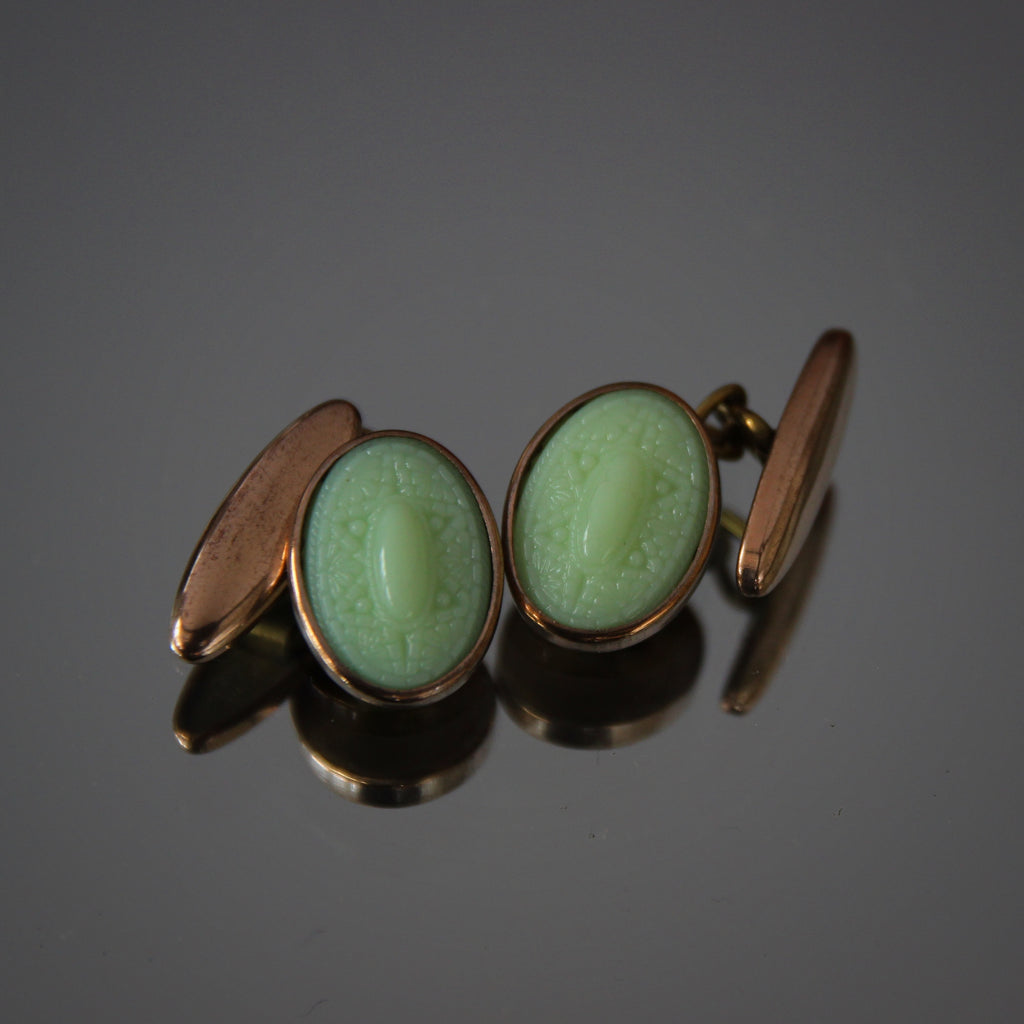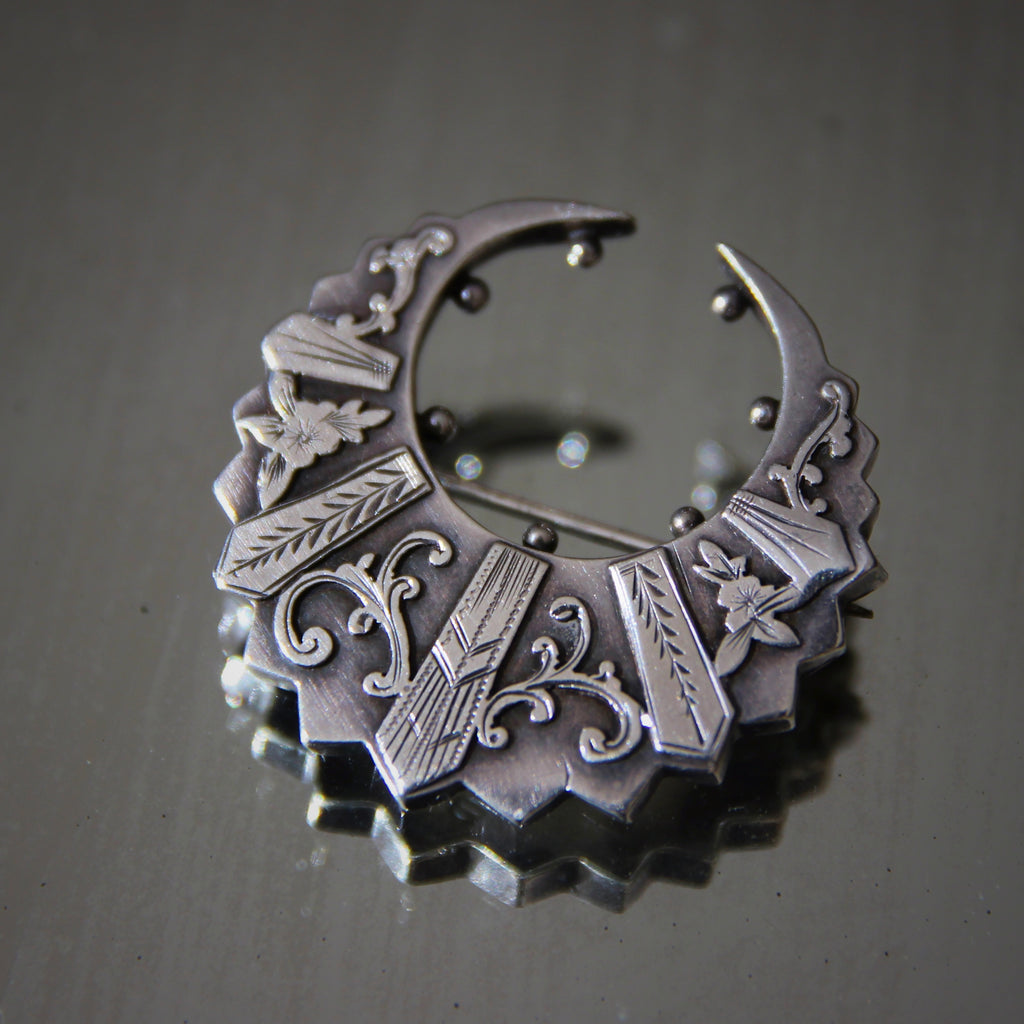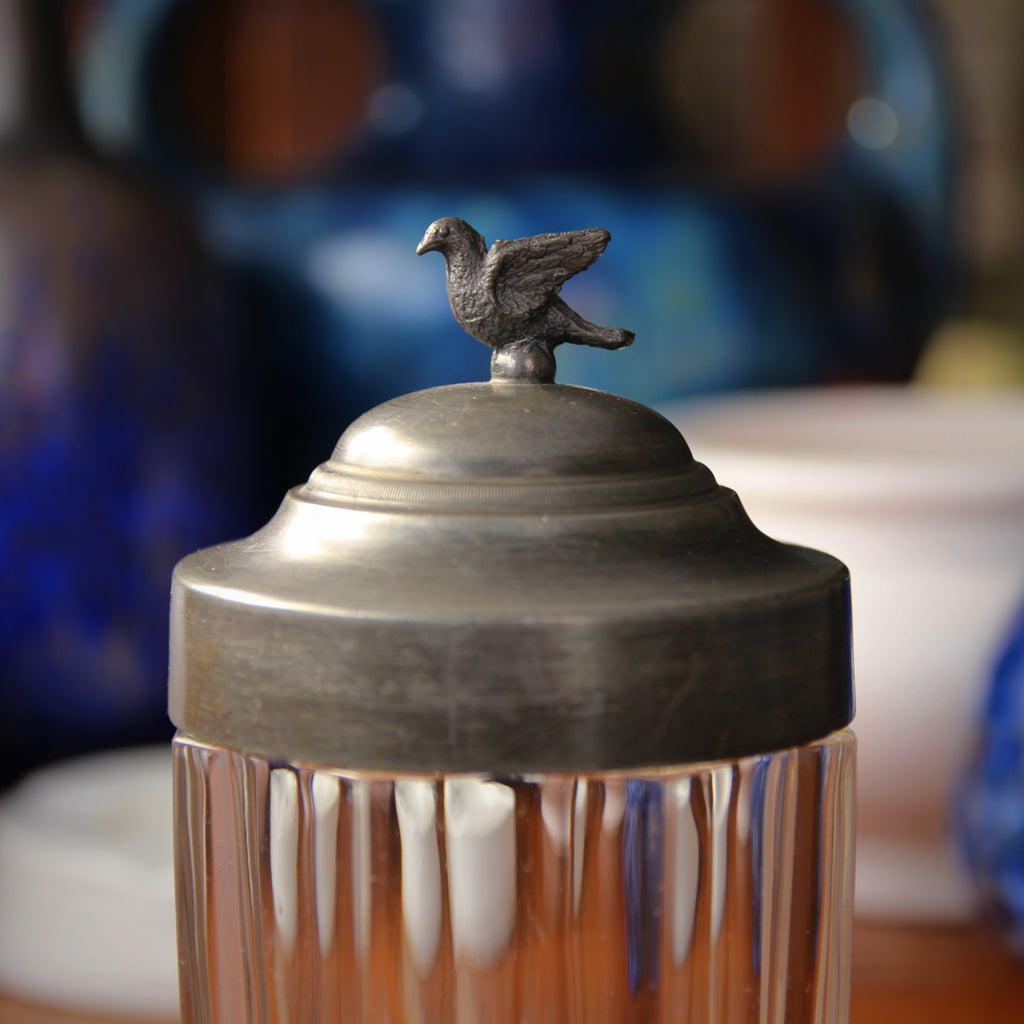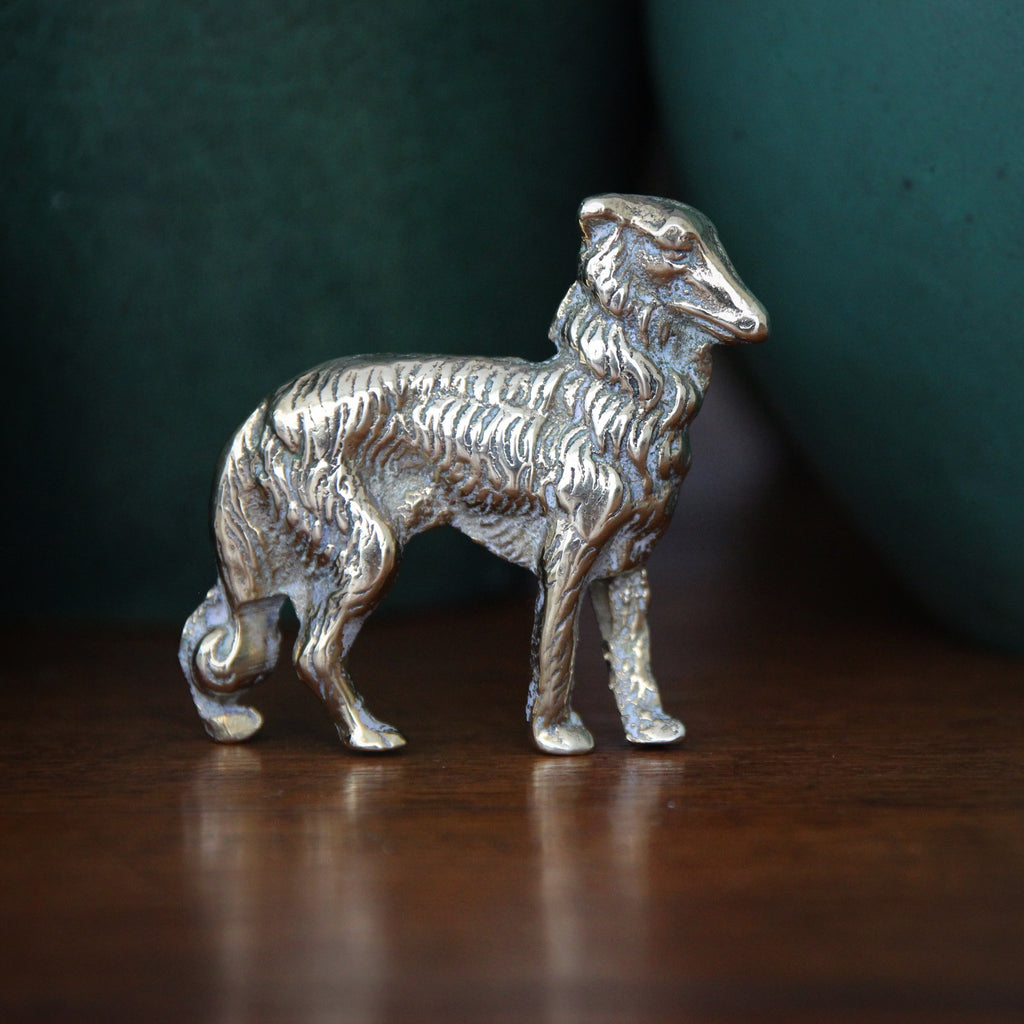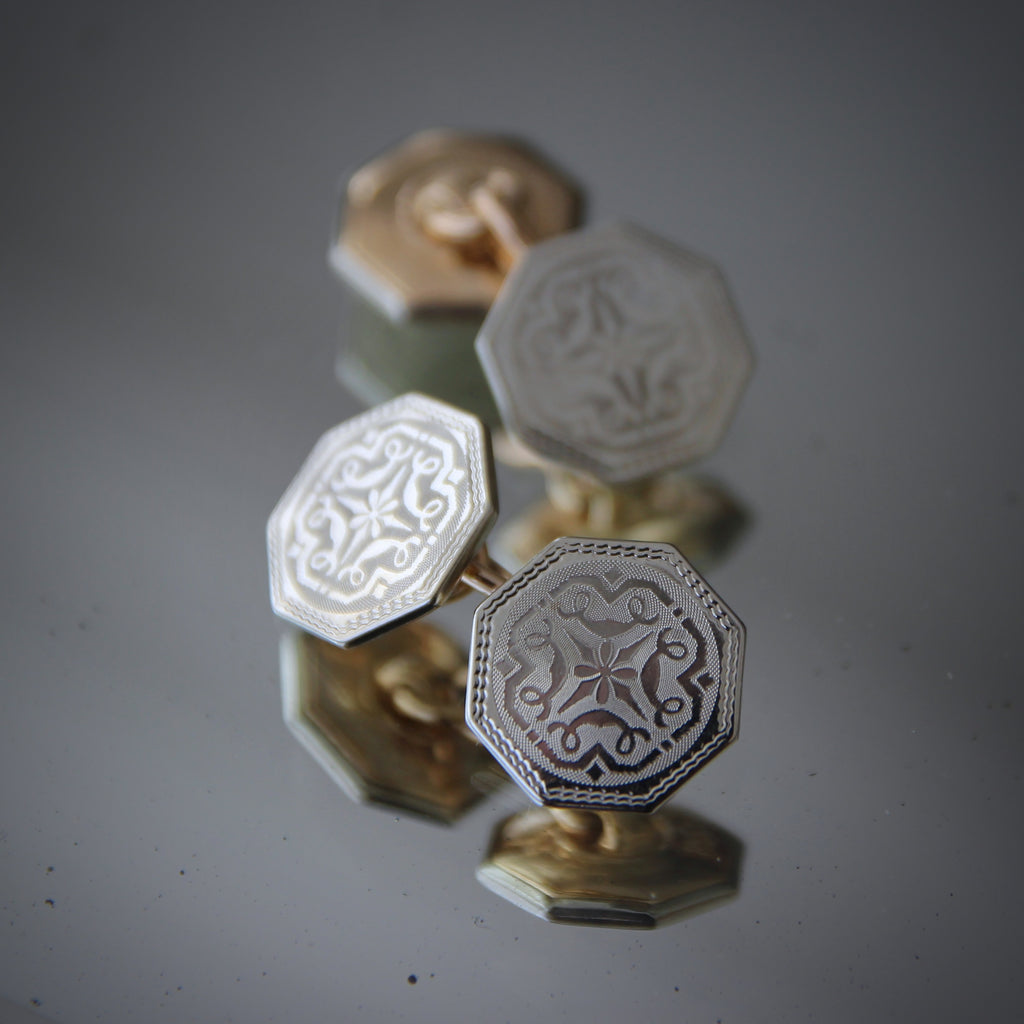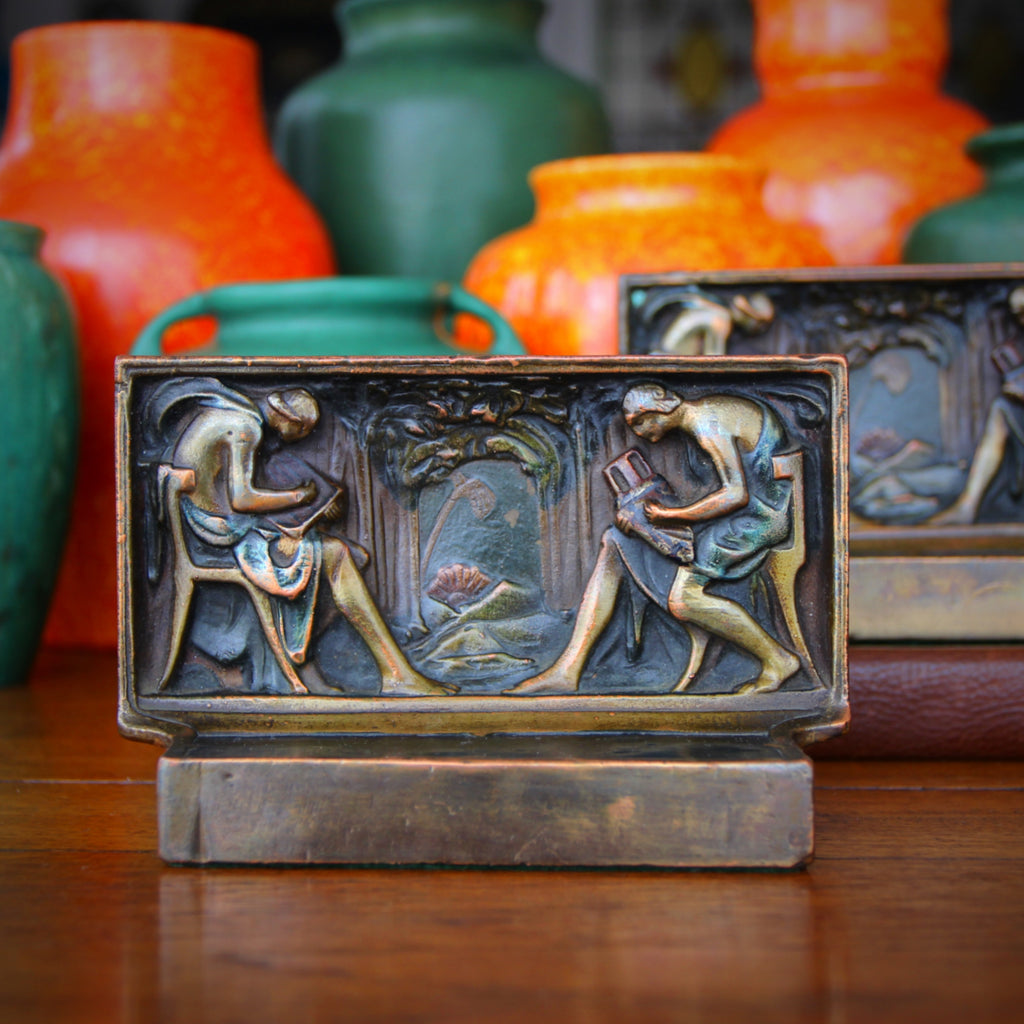JOURNAL RSS
Interestingly, the traditional British card game, Cribbage, is a fun and popular pastime amongst U.S. submariners. The playing pieces are nicely compact and easy to store. And the social and intellectual engagement required must help relieve the tension of living in cramped, submerged quarters. World War II era submariner, Rear Admiral Dick O'Kane, was a cribbage aficionado and, today, his personal cribbage board is kept in the "wardroom" (commissioned officers' mess) of the oldest submarine assigned to the Pacific Fleet. Should the oldest ship be decommissioned, the board is to be transferred to the next oldest ship. The first known rules for cribbage were published in England in 1662, however, the game evolved from the older game, "Noddy," developed in the 1500's. Cribbage...
Fair Winds and Following Seas...
Many cultures have their own fond sayings and expressions of good tidings. Sailors are no exception. The phrase, "Fair Winds and Following Seas" is used by sailors to wish a fellow sailor the best of luck—similar to the entreaty "Godspeed." It's a blessing, of sorts, a wish that the fellow sailor should have the best possible sea conditions for an easy and successful journey, usually expressed before an important undertaking. Literally, it's an appeal for perfect sailing wind and smooth waters—not choppy or difficult waves into which one must pound and struggle. Although "Fair Winds" can be used as a general naval salutation, its wistful and poetic nature makes it especially appropriate when expressed before a critical departure: when a sailor is being...
Swirls of Preserves
The swirling diagonal ribs on this Edwardian English glass jam pot provide high-texture, movement and great visual interest—especially once the alluring color of the obscured jam shows through the ribbed swirls. Handsome and heavy, the pot is finished with silver-plated mountings, including a lid embellished with an engraved wreath of grape leaves and vines. Jam—often homemade—commonly would be served in a vessel like this. One could use the jam pot as intended today or find another clever use for the jar: sugar, bath salts, cotton swabs or a collection of marbles.
The Sincerest Form of Flattery
I found this oval trinket box in Oxford, England. I am not convinced that it is English. And it is likely from the 1950's (not the 1850's). But I picked-it-up anyway. The weight, useful size, and beautiful scrolling foliate decoration made it a handsome piece—a decent replica of a finer piece (and at a much more affordable price). It is cast of spelter and finished with a plating of silver. It is lined with a flocked red interior and is the perfect size for presenting or safeguarding something of value. Three "clues" provide the giveaway that the box is from the Mid-Twentieth Century: the spelter base metal (rather than copper, brass or bronze), the seaming at the long ends of the...
Life From the Sea
Everything in Venice is influenced by the sea. Venice's very existence—erected on precarious real estate, seemingly "floating" in the ocean—is dependent upon the ocean, her wonders and her whims. The architecture of Venice, its transport, its light, its food are all determined by the water which surrounds the city. Sometimes the water delights; sometimes the water threatens. Wherever one travels in Venice, one is never far from (or safe from) the sea. Sea life, it stands to reason, plays an important part in the Venetian culture as well. Fresh and local seafood, naturally, is a big part of Venetian cuisine. But sea creatures also play a role in the Venetian decorative arts. An example shown above: a Murano glass bowl,...
A Moment in Time
Although this photo was taken more than 150 years ago, it still looks as fresh and energetic as it did the moment the camera shutter was deployed. Perhaps it's something about photos—in particular, good photos—that makes them timeless across the decades. The young man in this photo (taken around 1865) was (about) 25 years old. This means he was born around 1840. He'd be closing-in on 200 years old today. Yet, at least in this photo, he'll always be a young man. Handsome, somewhat confident, looking-forward (I presume) to his future despite the difficult time in America. One will never know if this young man had a long or short life. Did he accomplish much or very little? Was he...
Tea Time!
It's difficult to think of an England without tea. But it was only about 400 years ago that tea began to be imported to Europe on a regular basis. In the 1500's, Portugal first made contact with China. Missionaries and traders were introduced to the "bitter red beverage" which was popular with wealthy Chinese. Small quantities were brought back to Europe, perhaps for a monarch or aristocrat, after which the popularity of tea sparked a huge tea-trading scramble—initially in Portugal, the Netherlands and (a little later) England. History tells us that Catherine of Braganza (Portugal) brought tea with her when she arrived to marry King Charles II of England. And, boy, did it take off from there! During the 18th...
Summer School
Just because class has been dismissed for the summer, one need not cease the learning. Bring a touch of the schoolhouse into your home with this early 20th Century two-sided, wood-framed slate. Larger than the traditional "student tablet" variety, it was probably used upon the desktop (not the lap). And, if you can't bear the thought of jumping-back into the classroom so soon, this blackboard would make a great, old-fashioned "family communication" center in the kitchen, study or mud room.
The Picnic's Over
To paraphrase Peggy Lee, "The Picnic's Over." The long Independence Day weekend is finished and it's time to fold-up the blanket, pack-up the basket, and head back to work. This little English Child's chair does, indeed, fold-up nicely. It returned from Oxford (where I found it) folded-up in my suitcase. It's nicely engineered and constructed of handsome wooden slats. It's a nice chair for a child, of course, and easily stored in a broom closet or drawer. It's also a terrific plant stand, telephone station or side table (to hold a book and a drink). It would make a great display piece to use in and amongst a collection (pottery, boxes, dolls) which require a little elevation for select pieces. It could also...
Independence
We at LEO Design wish you a happy, safe and restful Independence Day. And we share our fervent prayer: that Democracy will survive in America, deepen its roots and flourish—becoming, once again, a model to the World of freedom from autocracy, theocracy and thuggery. It's a prayer that collective and individual freedoms always contribute to a better, safer and more loving society. A society where every individual may achieve his or her chosen potential.
Summer Reading
Summer's here—the heat, the humidity, the bugs—and, boy am I glad that I will not be traveling this holiday weekend! Instead, I'll pretty much carry-on with my regular routine: clean and shoot new merchandise, organize the papers on my desk, maybe wash and vacuum my car. And one more thing! I'll try to spend a few hours reading during the day. At the moment, I have two books-in-process on my nightstand (atop two dozen more, yet to be started). The only problem is that I read at night, after climbing into bed. I can usually get through a couple of pages before I find myself getting drowsy, reading and re-reading (and re-reading) the same line over and over (and over)...
Humble Beauty
One would think that a wastepaper basket would be a very modest possession. And, indeed, it usually is. This handsome receptacle is the exception to that expectation. Crafted around 1910, it is simply-constructed of strips of quarter-sawn oak. Rawhide lashings near the top are the only visible (functional) embellishment. Over the years, I've sold a number of nice Arts & Crafts wastebaskets. It seems that customers view such a canister as the important finishing touch to a nice Arts & Crafts or Turn-of-the-Century desk. Though over 100 years old, this wastebasket remains in fairly solid condition—though I would always handle such a nice, old beauty with tender care. With TLC, this wastepaper basket may provide another 100 years...
98 Years Ago Today
98 years ago today . . . this chauffeur's badge expired. The copper badge—to be worn in the hat of a New York chauffeur—was issued in 1923 and it expired on 1 July 1924.
New York required professional drivers to be licensed. A distinction was made between a chauffeur and a "hack" (from the British term "hackney driver"—a throwback to the days of horse-drawn carriages for hire). A licensed chauffeur might drive for a single private client or for the owner of a company with a fleet of cars. Chauffeurs were trained to drive safely, defensively, and were expected to offer a higher level of customer service and elegance in their deportment.
Queen's College
Queen's College, part of Oxford University, was founded in 1341. It was originally intended to educate clergymen for the distant reaches of Northwest England, snuggled just under Scotland (today designated Cumbria County). In addition to clergy, the school also began to educate sons of the nobility and a good number of "poor boys" who were smart but could not have afforded an expensive education. The school was named after its patroness, Queen Phillippa of Hainault. She was married to King Edward III and served as his political advisor and regent (while he was away during the Hundred Years' War). The school is known for its handsome architecture, some of it designed (or influenced) by Sir Christopher Wren (1632-1723) and Nicholas Hawksmoor...
Keith Murray
The architect and industrial designer, Keith Murray, is considered one of the most important of the Art Deco (Art Moderne) periods. He was born in New Zealand in 1892. As a young man, he worked as a draughtsman in an architectural office—which was to greatly influenced his future career as an architect and industrial designer. Murray also harbored a passion for aeronautics and was involved with amateur plane-building and flying in New Zealand. During World War I, Murray became a distinguished Royal Air Force pilot. After the war, he studied architecture in London. But Murray had difficulty finding work as an architect and made-ends-meet by doing commercial illustration work. During the Paris Exposition of 1925 (of decorative and industrial arts),...
Locked-Up
The form and coloration of this Victorian English locking money box is time-honored, indeed. For decades, this has been the classic look for a British lockbox. Inside, a removable, lift-out tray provides three separate coin receptacles, each of which can be covered with a hinged or sliding lid. Today, this box would be useful for storing jewelry, keys, office supplies, or important ephemera like photos, cards and tickets. It would also be a fine place to keep money. The box comes with its original, working key.
Breaking the Rules
Decades ago, I made the decision to prioritize antique and vintage ceramics pieces in my store. Although contemporary studio ceramics were often superior to the older, mass-produced pieces (in terms of finish, execution and attention to detail), I simply did not have the shop space to display both types properly. I had to choose and I sided with the antique pieces.
Nevertheless, intriguing "new pieces"— by living ceramicists—would occasionally cross my path. I recognized their quality, artistry and rarity (as they usually were made in very small batches, and were sometimes a "one-off" specimen). So I make the very occasional exception and spring for a contemporary piece (when I cannot help myself).
Nice 'n' Tidy
The Victorians loved their accoutrements—highly-specialized devices, serving pieces or utensils created for every conceivable food or edible. Sardines were not exempt. A fancy Victorian meal (of this decidedly humble provision) might have utilized a fancy sardine dish like the one shown here. A handsome glass tray would hold the sardines—neatly lined-up like soldiers—covered with a sliver-plated lid and placed within a silver-plated carrier. A "sardine finial" serves as the knob for easy lifting. This sardine dish was made by James Howard & Company, founded in Sheffield, England in 1861. In our modern world, where sardines more commonly go straight from tin to plate, a sardine dish like this makes a great place to keep keys at the door, business cards...
The Mailboat Cometh
In 1950, US households received twice-daily mail delivery. Businesses, especially in cities, might receive three deliveries a day. Written addresses were checked and any mistakes were cheerfully corrected. And postal drop boxes were emptied multiple times a day—even on Sundays. 72 years later, our experiences (and expectations) regarding the Post is quite degraded. And it's a shame: only can a large and well-managed system (like a USPS) deliver quick, safe and inexpensive delivery. "In the olde days..." some mail might have arrived by boat, from overseas or to remote, watery locations. The English hand-hammered brass letter holder, shown above, would have hung on a Twenties British wall—holding mail (either incoming our outgoing). The Art Deco lettering indicates a post war...
Coopers
A "cooper" (and the popular family surname which derives from it), refers to a person who makes or repairs wooden barrels. He would form the wooden "staves" (vertical slats of wood, carefully shaped to be wider at the centers and narrower at the ends), arrange them perfectly to form a tight barrel, bend them (with heat, water and tension), then lock them firmly into place with metal bands called "hoops." Making barrels was a time-consuming process, a skill which would take years to master. But good barrels were a necessity for storing foods, including liquids, and packing small items to ship. When a barrel is filled with liquid, it expands the wood, making the barrel even more watertight....
Knight Time
Doorstops, a wedge or weight used to hold-open a door, were even more popular in the days before air-conditioning—when windows (and doors) were propped-open, allowing cooling breezes to waft through an overheated home or office. A sudden gust might slam an open door shut (or scatter the papers on a desk, which explains the early 20th Century need for paperweights, too). Electric fans, whether placed on a desk or mounted to the ceiling or wall, added another opportunity for "windy mayhem" which needed to be subdued. Designers and doorstop makers sought to turn a boringly-functional item into an object of interest, if not beauty.
Edwardian Jam Session
Although the Edwardian Era (1901-1910) was short lived, it nevertheless provided a significant aesthetic contribution, not to mention a leap forward towards social Modernity. The period is defined by the reign of British monarch King Edward VII. His Mother, Queen Victoria, had concluded a 63 year reign—at the time, the longest reign of any British monarch. Edward's ascendance marked a fresh start as well as a new century, one brimming with potential. Furthermore, the passing of Victoria marked the end of a four-decade-long period of national mourning for her beloved husband, Prince Albert (who had died in 1861). In the decorative arts, Victorian heaviness was (slowly) replaced with cleaner lines, lighter embellishment, and an increasing embrace of modernity (and modern manufacturing methods)....
Transition to Summer
Summer begins today at 5:14 am (Eastern). It's the Summer Solstice—and the longest period of daylight in the Northern Hemisphere. Technically speaking, the Earth's Northern Pole is most-tipped toward the Sun, which accounts for the long period of sunshine (in the North). Tomorrow, the Earth will have begun slowly "tipping-back," as Summer progresses and we move (unhurriedly) toward the Autumn and Winter to follow. Of course, our friends in the Southern Hemisphere are experiencing the opposite pull of the seasons; today will be their first day of Winter (and their shortest day of sunlight). Just in time for summer: soft and restful blues and greens. This English Arts & Crafts vase, date marked between 1902 and 1922, was hand-decorated (and...
Mahogany
Mahogany is a tropical wood which came from The New World—especially South America and the Caribbean islands. Its beautiful reddish appearance, often with a subtle sheen, has made it a prized material for prominent uses: furniture, paneling and flooring. The wood is easy to work and very durable, two more factors which have made mahogany popular for centuries. As Europeans colonized the Americas, and the beautiful wood became known to Europeans, a brisk Trans-Pacific trade flourished, beginning in the 1500's. Over-harvesting (and illegal harvesting) has been an on-going problem, even to this day. The origin of the name is uncertain. One explanation posits that West Africans, enslaved in Jamaica, began calling the tree "m'oganwo" (a similar species in Africa). Spaniards...
Two Worthy Commemorations
Today—19 June 2022—America observes two worthy commemorations: Father's Day and Juneteenth. Juneteenth celebrates the day in 1865 when enslaved African Americans in Texas were finally liberated (two and a half years after President Lincoln issued the Emancipation Proclamation—and two months after he was murdered in a Confederate plot). Although slavery already had been legally abolished in the Confederate States, obstreperous local governments sought to defy the Nation (again). On 19 June 1865, Union General Gordon Granger was sent to Galveston, Texas to announce and enforce the mandate. Although this action (called "General Order No. 3") marks the end of enslavement in the Confederate States, there were two remaining Union states which had yet to end slavery: Delaware and Kentucky. They...
Countdown to Father's Day - XIII
As we countdown the days 'til Father's Day, we have been sharing some Handsome Gifts ideas sure to please any Dad. For the monumental Dad: a pair of Neoclassical bookends commemorating America's 16th president. Or, rather, a pair of bookends which commemorate the Lincoln Memorial—which commemorates the 16th president. Begun in 1914, with funds approved by Congress, the Beaux-Arts, Greek Doric Temple was designed by architect Henry Bacon and took six years to build. The exterior, built of Colorado marble, is surrounded by 36 fluted columns representing the 36 states of the Union at the time of Lincoln’s death. The columns (as well as the exterior walls) slope inward ever so slightly—to avoid the optical illusion of the building “bulging” at the...
Countdown to Father's Day - XII
For the "cowboy" Dad: a cast bronze cowboy hat. Though it was designed as a decorative paperweight, it can also be used to hold a small supply of clips, some business cards (in the brim) or one's index card "to do list." Upside down, it could hold even more: jelly beans, rubber bands or dog treats.
Countdown to Father's Day - XI
For the handy Dad: a Danish Modern "Plumber at Work." This heavy stoneware tile was made by Karl Otto Johansen for Bing & Grøndahl around 1970. It was part of a series of plaques commemorating various trades: plumbing, carpentry, blacksmithing. Johansen also sculpted decorative bas relief plaques in themes of nature and animals.
Countdown to Father's Day - X
For the Super-Cool Dad: a cast bronze polar bear sculpture, wonderful to hold or display on the desk. The Polar Bear, Ursus maritimus, was given its name because it is considered a "maritime mammal"—one who lives its life in, on and around the sea. In the case of the polar bear, it spends most of its life on floating sea ice, hunting for its favorite food: tasty seals. Alas, because of global warming—and the melting of sea ice—polar bears have been quickly losing their hunting grounds. Today, the polar bear is considered vulnerable to extinction. The male polar bear is called a "boar" and he can weigh over 1500 pounds. Females ("sows") top-out around 800 pounds. The species is remotely...
Countdown to Father's Day - IX
For the cultured Dad: a bronze-clad bas relief plaque of Hungarian composer and pianist, Franz Liszt. Liszt was fascinated with his father's playing of the piano and string instruments. By seven, his father was giving him lessons. By eight, little Franz was composing rudimentary music. His talent caught the attention of music patrons who sponsored his studies, as a youngster, in Vienna. When the 16 year old Franz's father died, his family moved to Paris where the boy needed to work to help support his family. He taught piano lessons and found himself racing around the large city to keep his far-flung appointments. Working long, irregular and late hours, Franz began drinking and smoking—habits he would maintain throughout his life.
Countdown to Father's Day - VIII
For the Dad who labors: a pair of heavy cast iron bookends from the McKeesport Steel Casting Company, made in the 1920's or 1930's. The foundry, on the outskirts of Pittsburgh, was one of the hundreds of steel mills, metalworks plants or fabricators which dotted the banks of the Steel City's three rivers: the Monongahela, the Allegheny and the Ohio. (Why these industrial companies needed to be placed right along the rivers could be the topic for another, more depressing, journal entry.) Most of the foundry's output was far more industrial—less "sexy"—in nature than these bookends. In fact, they were not known for making end-consumer products. McKeesport made heavy component parts for big industry: commercial boiler pipe fittings, freight train axels...
Countdown to Father's Day - VII
For the Dad who savors his pint: a pair of enameled cufflinks for Guinness ("It's Good For You"). Though promoting the famously Irish brand, these cufflinks were made in England. Nevertheless, they still have that terrific, Thirties advertising look.
Countdown to Father's Day - VI
For the handy Dad: a British "shop class" hand truck with wheels made from early Twentieth Century coins. Probably made by a young English tradesman (learning his trade), it is just the right size to hold a supply of business cards.
Countdown to Father's Day - V
For the Dad in shining armor: a pair of bronze-clad bookends bearing a handsomely-sculpted bas relief image of Saint George Slaying the Dragon. Made in the 1920's, the bookends began their lives as finely hand-sculpted, original models from which moulds were made. The moulds were then used to cast the actual bookends in a "composite material"—that is, a fortified blend of plaster and other strengthening ingredients. Then the bookends were placed into a liquid bath containing finely-ground bronze dust. When electrical voltage was applied—zzzaaap!—the bronze dust clung to the composite, forming a thin bronze "skin" around the bookend. After cooling, the bronze could be patinated or painted like any other "true bronze" sculpture. At the time, such bronze-clad objects were...
Countdown to Father's Day - IV
For the rough-riding Dad: a heavy cast bronze bison, King of the Prairie. Classic symbol of the unspoiled West, bison have clawed their way back from the edge of extinction. This handsome and substantial beast will provide good company on Dad's desk—and bring back just a touch of Dad's wilder, earthier days.
Countdown to Father's Day - III
For the stylish Dad: a pair of English Art Deco cufflinks with a decidedly nautical attitude. Red and white striped enameling complete a seaworthy flag of bold, graphic color.
Countdown to Father's Day - II
For the Dad of Mettle: a three-dimensional puzzle of finely-engineered solid brass. Once it's securely reassembled, it makes a great paper weight and an even better conversation piece. Solid, well-assembled and just a little heavy. Just like Dad.
Countdown to Father's Day - I
As we countdown the days 'til Father's Day, we would like to share some Handsome Gifts ideas sure to please any Dad. For the Dad who loves the sea: a meticulously hand-crafted rowboat. From the carefully bent gunnels, to the hand-carved oars, to the little coil of rope, the details of this little vessel are wonderfully executed. More than a toy, it is a loving remembrance of afternoons on-the-water. It could also be used to hold a small supply of business cards on the desk. Here's a question for Dad: What's the difference between a "boat" and a "ship"? This question will provoke animated responses, especially when a navy vet is in hearing distance. Traditionally, a "ship" is any vessel...
English Summer - Part 7
Let's end our week-long visit to England with this final image, the fields and rolling hills—across the lake—of the Getty Estate at Wormsley. This sublime property is the home of Mark Getty and he allows the Garsington Opera to hold its annual summer opera festival here. This picture is taken facing away from the theatre, showing the fields in which opera-goers lay their blankets and enjoy their dinner picnics. As the sun prepares to set—which is around the time of the opera's dinner interval—a large herd of deer moves-out into the open field across the lake, enjoying a final graze before bedtime. Songbirds conduct their noisy symphonies as they prepare for nightfall, as well. The photo beautifully illustrates the magic...
English Summer - Part 6
My itinerary in England centered on attending the premiere of my husband's opera, Cosi Fan Tutte, at Garsington Opera. His name is Robert Perdziola and he designed the scenery and costumes for this production. The opera company began, modestly enough, in 1989 at the Oxford estate of Leonard Ingrams, a successful financier and opera lover. His home was formerly owned by Lady Ottoline Morrell, a socialite and patron of the arts. Here, just outside of Oxford, she would entertain and encourage Bloomsbury writers and artists. Decades later, Leonard founded the opera company and used his beautiful home as its backdrop—his stone veranda becoming the stage platform. A nicely-tented seating area was erected each summer and the home's interior (living room, kitchen and...
English Summer -Part 5
One of the delights of this trip has been visiting the Rothschild house, Waddesdon Manor, in the English countryside of Buckinghamshire—about 45 minutes Northeast of Oxford. Baron Ferdinand de Rothschild built the house in the 1880's to house his vast collection of English and French artwork and antiques, including many paintings by Gainsborough, Reynolds, Romney, Constable and Guardi. The house was never "lived-in," per se, but weekend parties of 14 - 20 guests was a common weekly occurrence. The handsome "Bachelor's Wing"—for the unmarried male guests—has a wonderful billiards room, walled with antique French oak panels, recycled from a real French chateau. The house was built in a Neo-Rennaissance style, taking assorted architectural inspiration from numerous chateaux of the French Renaissance....
English Summer - Part 4
God Save the Queen! Today Queen Elizabeth II celebrates her Platinum Jubilee—marking 70 years on the throne, the longest reign of any British monarch in history. England is abuzz with the celebration. Today and tomorrow will be "bank holidays" (meaning official business will cease for the four day extended weekend) and Buckingham Palace promises to mount a celebration befitting such a momentous occasion. Shop windows and homes have been decorated with pictures of the Queen. Flags and bunting hang from fences and storefronts. And the nation seems to be gearing-up for a week-long festive celebration of Elizabeth Regina. It's a fun and historic time for me to be visiting England. Indeed, Elizabeth II was crowned on this day in 1953 (69...
English Summer - Part 3
Try as I might, I do not understand the rules of cricket. It seems a bit like American baseball: bats are used to hit balls, players run between marked points, and opponents in the field attempt to catch the flying ball before it touches the ground. Beyond, this, however, the game remains a mystery to me. Nevertheless, I do love the traditions of cricket. Players dressed in stylish "cricket whites," spectators alongside the pitch clapping politely and sipping tea, and the unceasing expectation of the players' gentlemanliness—whether their team is composed of gentlemen or workingmen. (And today, women play the game, too.) The game was first played in England in the mid 1500's. As the British Empire spread, they...
English Summer - Part 2
Of the many London buildings I love, Saint Pancras Train Station & Hotel probably tops my list. It is a delightful confection of Victorian Gothic Revival—handsome, theatrical and full of wonderful, handcrafted decoration. It is also a stone's throw from Russel Square, in Bloomsbury, the neighborhood where I stay when visiting London. I get to see it several times a day, coming and going from the King's Cross Tube Station and it is always an elegant and welcomed sight. The station was designed by William Henry Barlow and opened to the public on 1 October 1868. It was built by the Midland Railway company as the London terminus for its train lines. Previously, the area was a slum which was...
English Summer - Part 1
There is nothing quite like an English Summer. Warm, just a little balmy, but gentle. And beautiful. Each part of England enjoys its own specific beauty, though each region does share a few commonalities: rolling hills, big fluffy skies, and divine shades of green—truly heaven on earth.
This week I'll be traveling through England. A good bit of business interlaced with fun, friends, and snippets of cultural edification. New acquisitions should be back in the States—and starting to appear on the website—around 12 June. Please check back to see what I've found and check this journal where I'll be sharing some of the wonderful sights of my journey.
Modern Travel
After a long two-and-a-half years of staying (mostly) around home, this morning I break free! I begin my first overseas shopping trip since COVID intruded. Passport? Check. Pound notes? Check. COVID test kit? Check. I even have my N-95 mask. Who wants to spend eight hours packed into a sealed metal tube with 300 strangers and not be wearing a mask? In truth, my trip will be a bit of business mixed with pleasure. My other half, scenic designer Robert Perdziola, has designed a new Cosi Fan Tutte at Garsington Opera. The company performs on the grounds of the Getty Estate at Wormsley—just about halfway between London and Oxford. I'm heading over for the premiere. But I am also planning...
In Black & White - X
Let's end our "Symphony in Black & White" with this pair of English tin penguins—hand painted into their black and white tuxedoes. Created as a children's toys in the Twenties or Thirties—perhaps as members of a circus, zoo or ark menagerie—these tin animals would have usually experienced hard wear in the unforgiving hands of a youngster. Now, approaching their tenth decade, they are an elegant and whimsical reminder of a time gone by, when children's toys did not require batteries or wifi service.
In Black & White - IX
This week we've been exploring Handsome Gifts options in black and white. The English Art Deco cufflinks, shown above, were made in the 1930's. Indeed, they are enameled in black and white. But they also express other notable aspects of the British Art Deco movement including bold graphics, angular movement, and soft corners (which create a "sense of tension" as they wrestle to reform the angular original shape). The design and energy of this pair of cufflinks remind me of public transit signage from 1930s England: soft square shapes, high contrast coloration, bold graphics, simplicity of design and the use of hard-wearing enameling on metal. English Deco, to my eye, seems to feature the "softer side" of the movement—an opinion...
In Black & White - VIII
Though, over the decades, I have occasionally come across a black vase—usually from the 1970's and usually with rather uninspired, unsophisticated glazes—they are never as nice as this handsome English specimen from the period between the Wars. Hand-thrown by Edward Thomas Radford and date marked 1920 - 1938, it is finished with a sublime satin black glaze—a thrilling example of good taste and dramatic self-confidence. One can still appreciate the horizontal "finger ribs" which Radford left in the still-soft clay. It was made for Pilkington Royal Lancastrian.
In Black & White - VII
While we may still yet enjoy a few crisp evenings—blessedly allowing us to leave our windows cracked-open all night—the "bear's share" of the cold weather will be well behind us. Though that bad news won't dissuade this happy little chap: a Danish Modernist stoneware rolling polar bear sculpture made by Royal Copenhagen. A lightly painted face adds to the sculpted texture of the modeling (see the waves of fur playing against his chubby body).
In Black & White - VI
The Jazz Age, that musical earthquake of the 1920's and 1930's, had a wide-ranging influence on the culture, image and attitude of the American nation. Indeed, Jazz affected the entire world. Jazz grew out of Black music, initially in the South. This origin triggered varied reactions to the musical style, from titillation, to fetishism, to wariness, to condemnation. Once White musicians began to pick-up or adapt (or copy) the genre, the music gained wider acceptance amongst White Americans. Jazz became very popular. Of course, this "jump" into the mainstream also changed the music dramatically.
In Black & White - V
Black and white becomes—or can become—a shade of grey. Such is the case with this West German Modernist pitcher made by Emons & Söhn: foamy white dappled over black. I find such a simple coloration and texture endlessly fascinating. Very understated. Very elegant. It reminds me of the planet Mercury, whizzing quickly around the Sun, some 90 million miles from Earth. What a wonderful addition this piece would be to a collection of black, white and grey ceramics!
In Black & White - IV
Stunning graphics are a legacy of the Art Deco movement—in America and worldwide. This pair of English Art Deco cufflinks boast handsome and energetic graphics on their enameled faces. Enameling involves artfully "laying" glass powder upon a surface (usually metal) and "baking" it to the point of melting the glass powder. The liquified glass spreads and fills the intended area—and eventually cools and solidifies back into a sheet of glass.
In Black & White - III
The Abingdon Sanitary Manufacturing Company was founded in 1908 in Knoxville, Illinois. The company quickly distinguished itself by making superior "sanitary ware," that is toilets, sinks and water fountains. Their high-quality clay blend (from England, Georgia and South Dakota) resulted in a very durable product. Their satin glazes were also beautiful; Abingdon was the first plumbing fixture manufacturer to produce color-glazed options (in 1928). Abingdon was tapped to produce all the plumbing fixtures for the Chicago World's Fair in 1933. But the Depression—and WWII to follow—was not easy on the building trades. Orders for sinks and toilets (ummm...) went down the drain. In the late 1930's, Abingdon made the dramatic decision to begin crafting small, decorative and gift items. Using...
In Black & White - II
The Scottish Argyle pattern is a variety of "light plaid"—a series of solid colored squares or diamonds overlaid with diagonal lines. Sometimes the combination of elements creates an optical three-dimensional effect. The pattern has been worn in the Highlands of Scotland since the 1600's and is traditionally associated with Clan Campbell from Argyll, Western Scotland. Argyles became very fashionable after World War I. The Edinburgh knitwear company, Pringle of Scotland, popularized the pattern in England and America, using them on their fine hosiery and sweaters. The Duke of Windsor (who later became King Edward VIII) became associated with Argyles, increasing their popularity in the fashion of the Twenties and Thirties. He wore Argyle plaids while golfing, making the pattern...
In Black & White - I
As we straddle the seasons—that unpredictable period between Winter and Spring—let us shine a little light on another sensory counterpoint: the interplay of black and white. Over the next few days, we'll share part of our collection of black, white and black & white merchandise—all for sale in our on-line store.
A simple, Modernist shape surges to life with the addition of a dynamic, mottled glaze—foamy white dappled over black. This West German vase, made by Scheurich in the 1960's or 1970's, looks sensational alone—or even better as part of a black and white grouping.
Oh, For the Good Ol' Days...
Remember "The Good Ol' Days"? When airborne maladies were vanquished with a simple little sweetie? Whether this was truly the case—or just wishful thinking and deceptive promotion—this English Thirties "Flu-Nips" apothecary jar would have stood at-the-ready on the counter of druggist, barber or candy shop proprietor. A handsome graphic label (presenting a red cross) sits beneath a red bakelite screw-down lid. Its soft square shape provided shipping efficiency; the maximum amount of product could be shipped in the smallest possible box when square vessels are snuggly packed together in a multi-bottle carton. Click on the photo above to learn more about it. Though our Greenwich Village store is now permanently closed, LEO Design is still alive and well! Please visit our on-line store...
Long Day. Long Year.
Today is Primary Election Day in Pennsylvania. My ballot has already been securely mailed-back to the Board of Elections (and has been marked "received"). But my responsibility is far from over. As a volunteer election poll worker, I am tasked with reporting-for-duty at 6:00 am. The polls open at 7:00 am and I will be manning my post until the polls close at 8:00 pm. It will then be another 90 minutes of closing down—shutting-down the machines, packing and securing the ballots, and breaking-down the tables and equipment—before I can head for home (and flip-on the television election returns). It's a long day and it sometimes ends in disappointment. Nevertheless, voting is the most important responsibility (and opportunity) in American Democracy...
Flowers for Mom - VIII
If you'd like to give mum some flowers for Mother's Day, you couldn't do much better than this. This sublime French Art Nouveau vase was made in the South of France in Golfe-Juan—along the Mediterranean—by the unparalleled ceramicist Clément Massier. Massier pioneered the production of lustrous metallic glazes, often artfully combined with underlying hand-painted decoration. His contribution to the French Art Nouveau includes an installation at Maxims de Paris and the inclusion of his works in the Musée d'Orsay and the Metropolitan Museum of Art. As a young artist, Massier worked in his family's ceramics workshop, at the side of an Italian ceramics master, Gaetano Gandolfi. The young man was especially fond of Ancient ceramics—Egyptian, Greek and Roman—as well as...
Flowers for Mom - VII
Here's another sublime Gouda Dutch vessel: an Art Nouveau "genie bottle" vase, decorated with a quartet of stylized, hand-painted tulips. The tulips, which have a real Arts & Crafts graphic sensibility, float before a "wall" of hand-painted circles and dots—a Secessionist wall paper, if you will. The corseted gourd-shaped form lends an additional measure of exotic romance.
Flowers for Mom - VI
The Japanese have a sophisticated crystal-making industry which really blossomed after World War Two. Glassmaking is notoriously labor-intensive—which contributes to the traditionally high price of fine crystal. After the war, countries like Japan (and Germany) found themselves with a large workforce desperate to get back to work. And, with a relatively low labor cost, Japan was well-suited to develop attractively-priced, high-quality goods for an international market. In the decades after the war, high-volume, labor-intensive manufacturing moved from the victor countries (like America and England) to the vanquished countries (like Japan, Italy and Germany). Ceramics and glassware were some of the industries which saw such large-scale global shifts after 1945. To its credit, Japan made a great effort to elevate the quality...
Flowers for Mom - V
While Gouda Dutch ceramics can often exhibit beautiful forms—and, indeed, this pitcher does have a graceful silhouette—each piece of pottery distinguishes itself based on the coloration and design of its beautifully hand-painted decoration. And this pitcher's painting is sublime. The unexpected combination of blues, mustard and olive green create a sophisticated palette, the height of understated refinement.
Most Gouda pottery (pronounced "How-da," like the cheese) brandishes a higher-contrast color palette. These color choices create a bolder, more prominent appearance—a louder visual "pop," if you will. Instead, the piece above doesn't demand attention. It sits in its appointed place, waiting for those with superb taste to recognize its quiet sophistication.
Flowers for Mom - IV
For the mum with understated—and excellent—taste, here's something a little off the beaten path. A flower, indeed, sits at the center of this English Arts & Crafts hammered copper plate. Delicate peen work, precise piercing, and finely executed ribbing is surrounded by a gentle petaloid rim. Add to this the handsome nut brown patina which only develops on copper over decades. And, at center, is that precious little flower—shimmering ever so alluringly.
Flowers for Mom - III
This French Art Nouveau vase, made by Revernay in 1896, enjoys an interesting ancestry, at least as ceramics manufacturing goes. About a century earlier, in 1790, Nicolas-Henri Jacobi opened a ceramics workshop, Utzschneider et Cie, in Sarreguemines, France (in Moselle, not far from the Bavarian border). When an early customer, Emperor Napoleon Bonaparte, started placing orders, the company's fortunes were boosted considerably. Decades later, in 1871, Bavaria (and Prussia and several smaller Germanic regions) consolidated to form modern Germany—which promptly preceded to annex the Moselle region of France. When this happened, Utzschneider opened a second workshop in Digoin, about 280 miles deeper into central France. Here they began producing works under the Revernay name.
Flowers for Mom - II
Mother's Day is behind us, but it's always the right time to consider her next gift (or belated Mother's Day present). Shown here, a sweet border of flowers surrounds a little 2.5" x 3.5" pewter frame. It can sit either horizontally or vertically and would be a welcomed offering to any mother or grandmother.
Flowers for Mom - I
Every now and then I find a piece—a mystery—that is quite unlike anything else I've collected in the past. I'm certain that the piece "has age." I perceive that it has quality. And I know that I like it aesthetically. But the questions remain: who made it, where and when? In time, I've learned to trust my intuition and make the leap. Only rarely have I come to regret such a purchase. This vase, which I found in America, is the second such piece I've uncovered in 30 years. The first, purchased 25 years ago, is identical except for its matte chocolate brown glaze, a bit crazed (and it's safely ensconced in my private collection—alongside the other chocolate brown...
Happy Mother's Day!
A loving thank you to all the women—mothers, step-mothers, aunts and educators—who have devoted their lives to nurturing and developing us. Perhaps the most important of all vocations, mothering mostly toils-on despite too-infrequent expressions of gratitude (and even lower pay). The best mothers will admit, rather promptly, that their reward can not be measured in words or money. Nevertheless, we grateful beneficiaries, could certainly do a better job of expressing our humble gratitude.
The Danish Modernist sculpture, shown above, captures an ursine mum lifting her little one in a moment of playfulness. It is sculpted in stoneware by Knud Kyhn for Royal Copenhagen and is dated 1957.
Countdown to Mother's Day - X
We've been counting-down the days to Mother's Day with an assortment of thoughtful gifts for the important women in our lives. Be sure to request gift boxing, if you'd like it. We can also ship directly to your mother, possibly saving a few days in-transit. (Please be sure to specify your desired greeting for an enclosure card to accompany your gift.) A beautiful and functional letterknife is always a welcomed gift. And this one, shown above, is extra special. The handle is finely cast pewter, selectively gold-plated and enameled with a light olive green. To complete the design, hand-set Swarovski crystals are mounted into the handle. The nicely-shaped brass blade provides the working end of the implement. Click on the...
Countdown to Mother's Day - IX
Many mothers who travel for work carry photos of their children with them. Not just on their mobile phones, but in travel frames which they can display on their hotel room nightstands. These picture frames need to be big enough to be appreciated but portable and durable enough to withstand the rigors of travel. Even my own mother, who rarely travels (except to come visit me), will pack and bring-along a travel frame with photos of me and my brother. The travel photo frame shown above is from the 1940's. It closes like a portable compact, opening to reveal two round photographs. One of the nicest features is the handsomely engraved herringbone pattern which surrounds each photograph. Once closed, it is...
Countdown to Mother's Day - VIII
While on the hunt for men's jewelry, mostly cufflinks, I will often come-across women's jewelry which catches my eye—most often jewelry which might be called "handsome." (By the way, "handsome" was a term used to describe attractively stately women in the 19th Century. It did not carry a male-only connotation.) These pieces usually exhibit interesting metalwork or attractive semi-precious stones and would rarely be called "girly" or "fussy." Strong, bold and organic pieces are most likely to appeal to me. One such brooch is shown above: an English polished oval agate with randomly organic striations of blue, white and honey-caramel. The stone is set in a "twisted" sterling silver mounting, hallmarked London 1987. While the setting is not very old, the stone itself has...
Countdown to Mother's Day - VII
We're counting-down the days to Mother's Day with an assortment of thoughtful gifts for the important women in our lives. Order early and be sure to request gift boxing, if you'd like it. We can also ship directly to your mother, possibly saving a few days in-transit It's time to let our mothers kick-back, relax and demand a little service for themselves! This Edwardian English tea bell may give her the assist she needs. Tea bells were a fixture in British middle class households—back in the days when "middle class" meant a houseful of servants. Kept on a side table or tea tray, the bell would be used to summon the help quickly and discreetly. The specimen shown here, made of bronze "bell...
Countdown to Mother's Day - VI
Decorating pottery is an age-old art form. The Ancient Egyptians, Greeks, and Romans were hand-painting pottery thousands of years ago. Add to that list the Chinese and the Pre-Columbian Americans (North, Central and South). In the last 500 years, stunning examples of painted ceramics were to be found in Italy, Spain, Portugal, France, and Germany. Bohemia, Austria, and England produced great decorated pottery in the Nineteenth Century. And the Dutch had a centuries-long practice of well-painted ceramics. One immediately thinks of the Netherland's blue and white "Delftware," their attempt to duplicate the sublime and fashionable (and costly) Chinese ceramics which the Dutch might otherwise have imported from Asia.
Countdown to Mother's Day - V
Since I opened my shop on Bleecker Street in 1995, I have always offered a curated blend of antique and contemporary items—"Handsome Gifts" and home furnishings. I always attempted to blend the items properly; to carry well-crafted offerings, old or new, which sat-well with each other. And I never wished to confuse the customer with a contemporary item deceitfully designed to pass as an antique. On the other hand, I occasionally found living artisans who were reviving age-old (perhaps "extinct") tradecraft—items made just as well (or better) today as they were made the first time around. The frame above is such an example. It was made by an artisan named Edgar Berebi in the East Coast jewelry manufacturing hub of Providence, Rhode Island. After...
Countdown to Mother's Day - IV
Everyone can use a little help organizing, especially busy moms. So much the better to help her do it with style.
This Edwardian English letter rack is made of brass mounted upon an oak base with handsomely chamfered edges. A swirling bale handle emerges energetically from behind brass botanical panels. Such a letter holder can be used on a working mom's desk or in the household: a place to sort mail, keep lists, save recipes, or store envelopes until they are ready to be mailed. The handsome design elevates these otherwise mundane tasks—and will add a bit of visual interest to her office, den or entry hall table.
Countdown to Mother's Day - III
Once upon a time (and not so long ago), sewing was a basic skill familiar to most households, especially (but not only) amongst women. While at-home dressmaking and tailoring was coming to a quick close after World War I (when "ready-to-wear" in department stores became quick, easy and affordable), most mending and altering of garments still could take place in the hands of a talented amateur. Every house had a drawer, box, or cake tin which held the needles, pins, seam-rippers and thread required to replace a button, mend a seam, or darn a sock. It was during this period, just before World War I, that this pincushion would have been in-use. The pincushion shown here is Edwardian English, made around 1905....
Countdown to Mother's Day - II
After Prince Albert died in 1861, Queen Victoria still had four decades left on the British throne. The Queen remained in-mourning throughout that long period, modifying her dress and adornment to suit her situation as a grieving widow. The Queen was also an important role model and taste-maker for the nation; her choices inevitably affected the mood, dress and comportment of her people. While not every piece of jewelry made during that time period could be called "mourning jewelry," simple, handsome and serious design remained popular through the end of the Nineteenth Century (and the Queen's lifetime). Frivolity was out. Sober was in. Luckily for me, I am fond of such heavy and handsome jewelry. And many of my female...
Countdown to Mother's Day - I
We're counting-down the days to Mother's Day with an assortment of thoughtful gifts for the important women in our lives. Order early and be sure to request gift boxing, if you'd like it. We can also ship directly to your mother, possibly saving a few days in-transit. (Please be sure to specify your desired greeting for an enclosure card to accompany your gift.) Picture frames are always a great gift for mum. No mother can have too many pictures of their children—or, better yet, their grandchildren. This Victorian English brass photo frame, made around 1890, has what are called "Oxford Corners"—the criss-crossing joinery usually found on wooden frames. Note the thoughtful chamfering along the horizontal and vertical members. This frame...
Light My Fire
Back in "the old days"—a time period which includes the Arts & Crafts period—maintaining and managing fire(s) was an important task. Fires might be used for lighting, cooking, heating, manufacturing and other industrial tasks. And sometimes one needed to "transfer" (or spread) a fire from one place to another. In a wood-burning fireplace or stove, a "Cape Cod" style "fire starter," like the one shown above, was a useful tool to have in the household. The "pitcher"—this one is hand-hammered steel in the Arts & Crafts style—would hold a supply of lamp oil. A wrought-iron "wand," with a soapstone "egg" at one end, would soak in the lamp oil, thus absorbing a good amount of the fuel. This wand would...
More Spring Green
In the Art Nouveau and the Arts & Crafts movements, "preciousness" of material was not a key factor. Rather, beauty and craftsmanship reigned supreme. Simple materials, exquisitely fashioned, was the name of the game. Copper, brass and oak were valued like precious substances—once transformed by a hand of a skilled artisan.
The English Art Nouveau cufflinks and matching stickpin, shown above, are fashioned of interestingly-organic art glass cabochons. Though the material is not precious, per se, the appearance and style are sublime. This illustrates perfectly the priorities of Arts & Crafts collectors: beauty and craftsmanship.
God Bless a Terrier!"
The Scottish Terrier—also called the Aberdeen Terrier or, more popularly, "The Scottie"—is one of the five recognized breeds of terriers from Scotland (a list which includes the Cairn, Skye, Dandie Dinmont and West Highland Terriers). The breed was developed as "ratters"—animals which would catch and kill small vermin indoors or on a farm. The breed is known for being bright, alert, quick, rugged, independent, feisty and territorial. They become very loyal to their families, often singling-out one or two individuals for an extra-close bond. These traits make them pleasant house pets and good watch dogs. But their stubbornness—and wariness of strangers—can make them unpredictable around people they don't know. It is advised to watch them carefully around the erratic movements of...
"Best In The World"
After San Francisco's devastating earthquake of 1906—and the fires which followed, which were worse—the city was in need of a jump-start. The "San Francisco Panama-Pacific International Exhibition" of 1915 was the kind of celebration and promotion that brought the world to The City by the Bay. In truth, this world's fair was intended to celebrate the completion of the Panama Canal the previous year. However, civic and business leaders also knew that such an event could be a wonderful showcase for San Francisco, encouraging industry and tourism for the city. A square mile of land—inconceivable today—was used to build-out the fair. A telephone line was run from New York City which allowed New Yorkers to hear the Pacific live. The...
Three Months 'til LEO!
Three months from today—on 23 July—the Sun enters the sign of LEO where it will stay for the following month. Anyone born during that month-long period will have the honor and distinction of being able to claim LEO as their sunsign.
The little bronze sculpture, shown above, celebrates LEO every day. Turn him over and you'll see the word "Courage" impressed into his tummy. It's a gentle (and perfect) reminder for your favorite Leonine: Stay Strong!
Tiffany Goes Modern
When I think of Tiffany silver goods, I reflexively picture the heavy and elegant works from the late Nineteenth Century: pitchers engraved with Aesthetic Movement graphics, crawling with the insects, arachnids and amphibians of the period's Darwinian intrigue. But Tiffany, the company, has adapted with the times and, for the most part, succeeded. They are still in business to this day. In the Post-War Modernist period, Tiffany crafted these little cordials of sterling silver—in keeping with the streamlined aesthetic of the Fifties and Sixties. The little "beakers" might be used to serve a cordial or after-dinner drink, perhaps a one-ounce "pony shot" as such a small tipple is known. These cups were sent to me by a customer in New...
Transformation
The Roseville "Carnelian" line was introduced in 1926. It came in two color ways: a medium blue drip over light blue, and a dark golden drip over light wheat. Apparently, the line did not sell well, prompting Roseville to "re-glaze" some of the overstock with mottled, organic, curdled glazes: gold with rose and blues with greens. In many cases, one can still perceive the original dripping glaze around the shoulders of the form. The combination of glazes—done at different times—leads to a great deal of variability within the output. Truly, no two pieces are the same. Nevertheless, the Carnelian II pieces have a strong aesthetic identity. Until I was informed of the curious circumstances of the Carnelian II line, I...
"Hope" Springs Eternal
Sir Edward Coley Burne-Jones (1833-1898) was an English Pre-Raphaelite painter and designer who co-founded the William Morris design firm in 1861. Though he is best known for his lush and romantic paintings, he excelled at stained glass design and is partly responsible for the renaissance of the medium in Nineteenth Century England. Examples of his stained glass work decorate many British churches and university buildings. Additionally, Burne-Jones worked in ceramic tiles, jewelry, tapestries, mosaics, book illustration and had one notable (and unsatisfying) stage design commission, King Arthur starring Ellen Terry as Guinevere. Edward Burne-Jones was considered a star within the contemporary Aesthetic Movement in England. Mrs. George Marston Whitin, an American collector, commissioned a painting from Burne-Jones in 1896. She...
Spring Cheer!
The warming weather will get here . . . any day now! That warm weather, plus the longer days, and the rebirth all around us—these are the changes which make Spring the cheeriest season of all. Speaking of "cheers," how about a set of six crystal cocktail glasses? Fine crystal bowls sit atop faceted stems, each one adorned with a "geodesic knuckle." This bulbous addition makes holding the glass a bit easier, allowing the weight of the filled glass to be supported by the fingers (instead of solely with a tight grip). Glasses like these are intended for mixed drinks but may also be used to serve Champagne. And imagine the expressions of delight when you present a fancy dessert atop such...
Easter Monday
For many, Easter is understood as a single day: the Sunday on which Christians celebrate the resurrection of Jesus. But Easter (or Eastertide) is actually a fifty day period of celebration—from Easter Sunday to the Pentecost ("penta" derived from the Greek word for "five" -- in this case, five periods of ten days). The first eight days of Eastertide are called The Octave of Easter (Easter Sunday through the next Sunday). And the day after Easter is called Easter Monday. The name "Easter Monday" has been in-use since the Early Renaissance (the 1400's). It has never been much-celebrated in America, however, it is an important national holiday in many predominantly-Christian countries around the world. It extends the Easter holiday, allowing...
Happy Easter
From your friends at LEO Design:
Wishing all a Happy Easter
and a Joyful Spring!
From Times Past
In the days before electricity, oil lamps and candles provided light for the household. A candle box—a wall-mounted receptacle to hold a supply of fresh candles—was as ordinary back then as a light switch is today. Plain candle boxes were often hung in the kitchen where their utilitarian purpose suited the functioning of the room. Beside providing light, candles were also handy for "transferring" fire from one spot to another—say, lighting a gas burner with the flame from a lamp. A more decorative candle box, like the English Arts & Crafts specimen shown above, might have hung on the wall of a sitting room or dining room—where the decorative repoussé metalwork would add a touch of panache. Candles stored in the...
Good Friday
Good Friday is the day on which most Christians commemorate the condemnation, torture and execution of Jesus. It is the most solemn day of the Christian calendar. For the faithful, however, the brutality and iniquity of the events are tempered by the truth to come: it is only after Jesus has died that He will rise from the dead. While Good Friday is a somber remembrance of Christ's loving sacrifice, Easter is the event which provides Christian salvation.
For Christians, may you have a Blessed and Holy Easter. A Happy Pesach to the Jewish faithful. And a warm Ramadan Mubarak to Muslims who are celebrating their holy month of prayer, fasting and good works.
The Chow-Chow
The Chinese Chow-Chow is amongst the oldest dog breeds in the world, one of the so-called "basal breeds" (that is, dog breeds which were developed for specific tasks centuries ago, before the modern era of canine husbandry). Some historians estimate the breed may be 2000 to 3000 years old, beginning in the Arctic, migrating through Mongolia, and eventually settling in China. Their sturdy bodies, ultra-thick fur, and fierce loyalty made them highly desirable as guard dogs or to work in difficult winter climates. The fact that their fur forms a ruff-like "collar" around their necks—which gives them the appearance of a lion—made them even more desirable as palace guard dogs. In the 13th Century, Marco Polo wrote his observations of seeing...
Happy Birthday, Jackie
My stepmother, Jackie, played a significant role in my life. And today would have been her 77th birthday. It just so happened that she, my father and my kid brother, Ian, arrived for a long-planned summer visit with me, in New York, the very day I received the keys to my first shop space on Bleecker Street. It was 1995. They spent their Manhattan holiday week helping me demo and clean the old shop. Six years later, Jackie stayed with us for a month after 9-11. She was volunteering as a social worker with the Red Cross, helping families in the aftermath of the attack. In 2005, I spent the last three weeks of her life with her, flying to Fez, Morocco,...
Spring Green
There's a beautiful delicacy to the early green of Spring: tender, gentle and hopeful. With winter moving-on, my garden is beginning to re-leaf in this wonderful hue. It is truly a color of promise.
These English Art Nouveau cufflinks, made in the early Twentieth Century, feature "jadeite" (green artglass) "turtleback" cabochons. Their softly-pebbled texture and central "dorsal hump" are also reminiscent of shagreen—the cured skin of sharks and rays, so fashionable in the period. Their soft green color are the perfect accent for Spring or even the Summer. They will look great on the shirt cuff dressing a handsome, sun-tanned wrist.
It's Mourning in England
When I hunt for jewelry, I mostly seek cufflinks—from the Victorian to the Art Deco Period. But I will frequently stumble across a piece of women's jewelry that I cannot pass-up. These pieces often feature interesting stones, heavy metal work and bold designs. More "handsome" than "girlie." Some of my favorite pieces are known as "Mourning Jewelry" from Victorian England. Mourning jewelry was not invented by the Victorians; it had been crafted and worn since the Medieval Era. But, with the death of Prince Albert in 1861, Queen Victoria began a 40 year period of mourning—and took her country along with her (at least for part of that time). Whitby jet, from Yorkshire, became popular. It was black, shiny and...
Palm Sunday
It's Palm Sunday, one week before Easter. Palm Sunday commemorates the day when Jesus entered Jerusalem—to great fanfare—knowing that much was to happen over the coming week. On Holy Thursday, He celebrated the Passover with his apostles. On Friday He was condemned, abandoned, tortured, executed and quickly laid in the tomb before sunset. Then, on Sunday morning, He rose from the dead—appearing first to His follower, Mary Magdalene, who had come to the burial site to finish preparing His body for interment. At Christian celebrations today, congregants hold-aloft blessed palm leaves (or whatever greenery is available and affordable in their particular region). After services, the greens are taken home and mounted in places of prominence—for example, behind a cross or...
Wonder Metal
Copper is a marvelous metal, one of the few that is not naturally silver or grey in color. The first known human use of copper was around 8000 BC—and it was first "smelted" (that is, heated and leached out of an ore) around 5000 BC. In 3500 BC, copper was the first metal to be alloyed with another, that is, blended with tin to produce bronze. Some 2000 years ago, the Romans mined copper in Cyprus, calling it "the metal of Cyprus"; in time, this name was corrupted and Anglicized into the common word we know today. Copper is unusual in that it can be used immediately in its pure, natural form. It is soft, making it easy...
The Sign of Peace
From ancient times—in Mesopotamia, Ancient Greece and Jōman Era Japan—the dove has been used as an important cultural, religious, and aesthetic symbol. Even today, the world's biggest religions (and Paganism, too) all use the dove, usually in the role of messenger, symbol of purity or harbinger of peace. In the Jewish Old Testament, Noah releases a dove from the ark which returns with an olive leaf in her beak, a message to Noah that the flood waters have begun to recede. The Christian Gospels refer multiple times to a dove which symbolizes the Holy Spirit—or, more specifically, the Holy Spirit descending to Earth. Even in secular language, a person is called "dovish" if s/he prefers peacemaking to taking-up arms.
The Borzoi Hound
The Borzoi is the modern name for the Russian Wolfhound (which was the common name for the breed before 1936). In Seventeenth Century Russia, North African "sighthounds" (that is, dogs which hunt with sight and speed, rather than smell and endurance) were cross-bred with local, thick-coated dogs. They became popular with the Tsars who used them for hunting wolves. A pair (or trio) of the Wolfhounds would be sent after a sighted wolf. The dogs would attack the wolf's neck, eventually subduing and immobilizing it until the hunter could catch-up and kill the animal with a knife. The breed was so highly-esteemed that it was illegal for commoners to breed the dog; they could only be given by the Tsar....
Perpetually Shielded
Here's another pair of rolled-platinum cufflinks, made in the Teens or Twenties by Krementz of Newark, New Jersey. A "rolled-metal" involves bonding a top layer of a precious metal (with heat and pressure) to another layer of a less-expensive base metal. This allows the jewelry to have the appearance and weight of a more costly piece and it also makes the piece more durable (as base metals are typically stronger than high-content precious metals). Krementz was not the only jeweler to use "plied" metals to make its products. But they did use a thicker layer of the precious metal than did their competitors. And they confidently provided a "perpetual" guarantee—promising to replace any item, forever, which failed in quality or craftsmanship.
Celebrating the Classical Past
The Art Deco Movement frequently "lifted" historical aesthetic themes from the past. Sometimes from the distant past. Egyptian motifs were well-employed by Art Deco architects, decorators and designers. So were Greco-Roman elements. This reviving of the Classical Past lent an air of timelessness to the design—and a recognition of the Western World's intellectual, social and political roots. The polychromed bookends, shown above, are a sculpted bas relief representation of "The Graphic Arts." Scribes bend-over their drawings, draped in hand-painted robes, sitting beside a hand-painted forest. Sculptural elements, such as this, were often employed in Art Deco architecture and interior decoration. A walk through and around Rockefeller Center in New York, for example, will provide numerous examples of applied sculpted (or...




